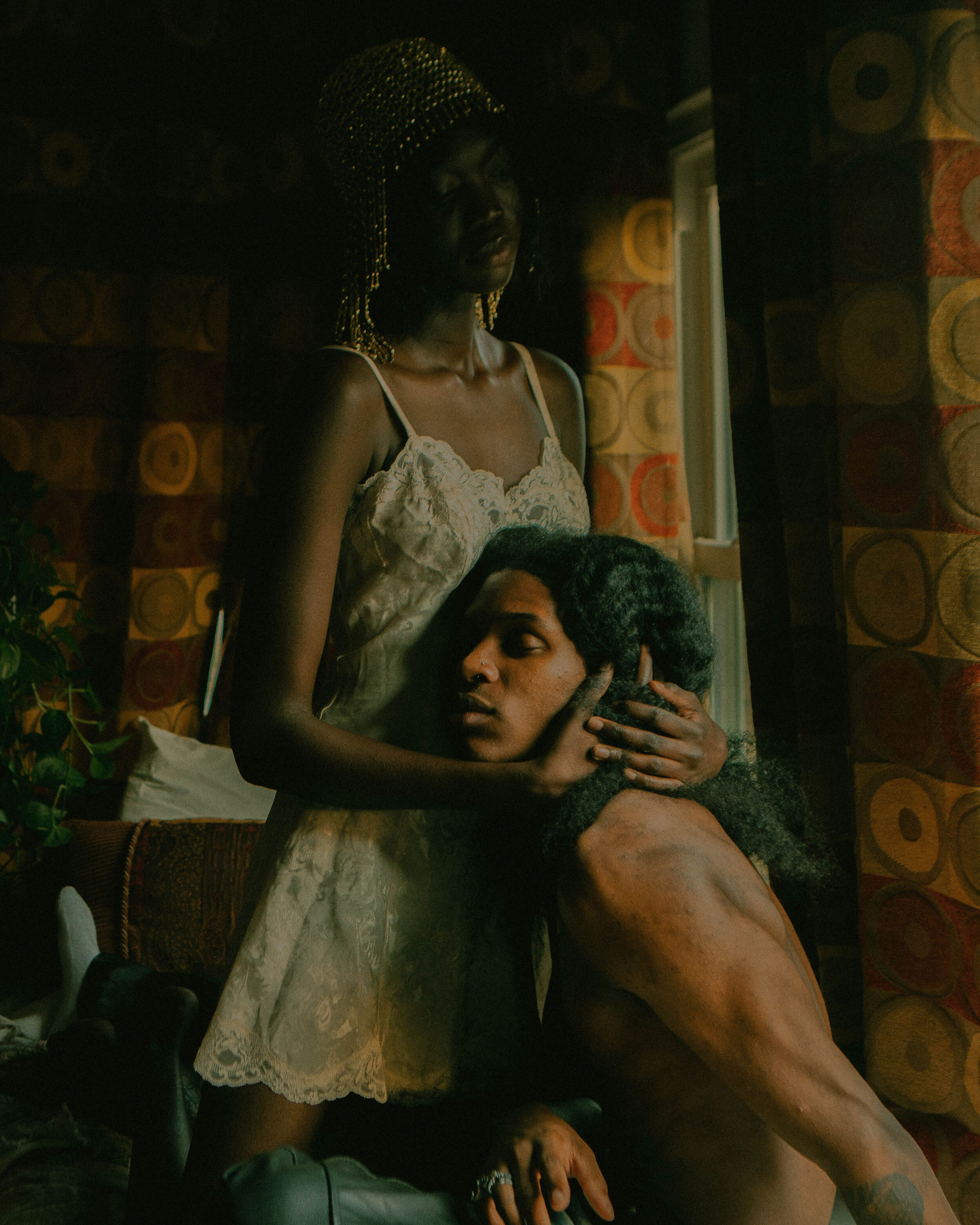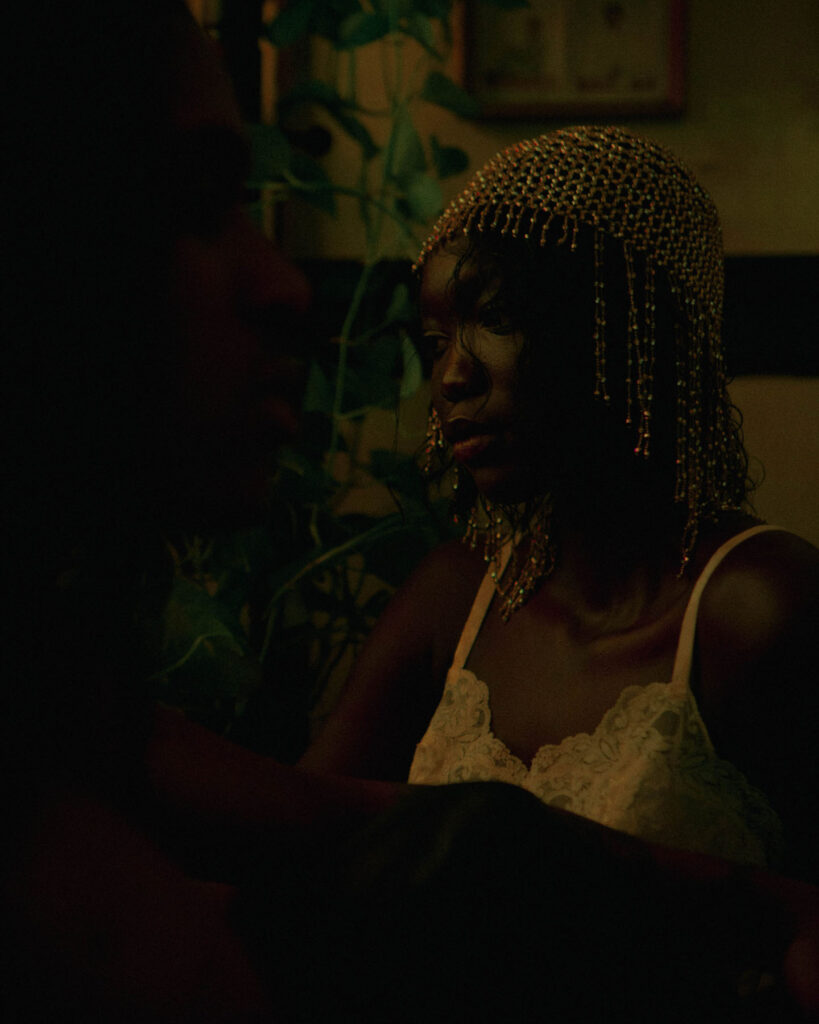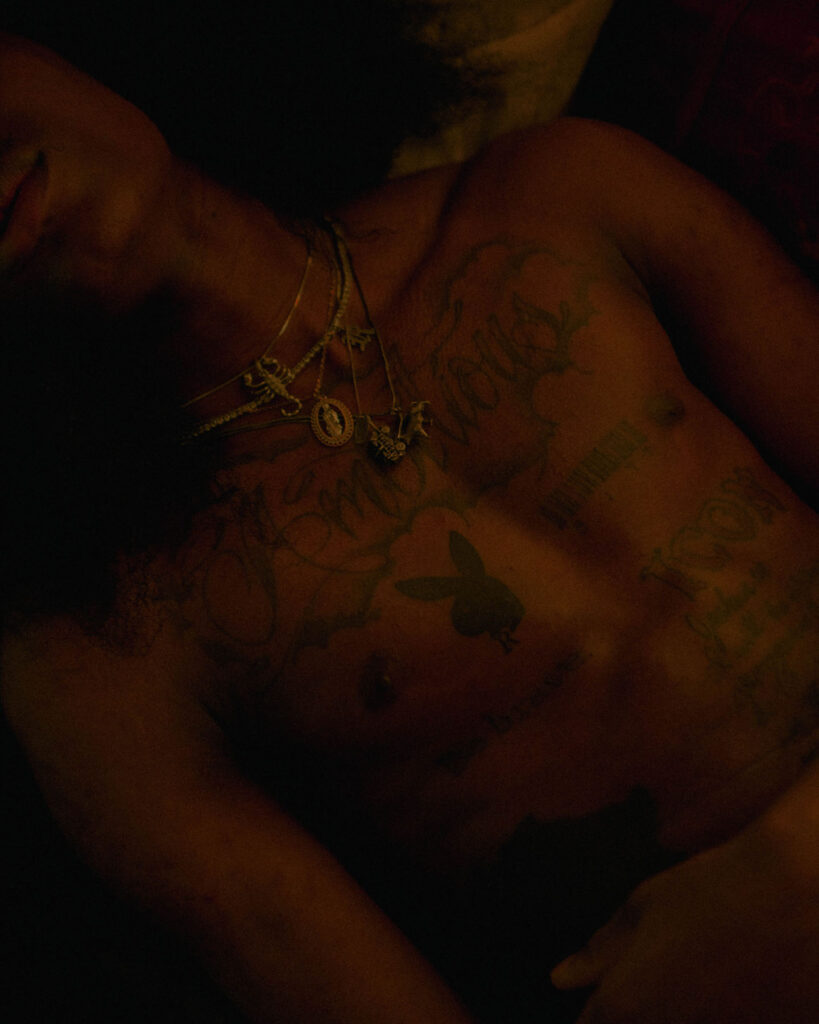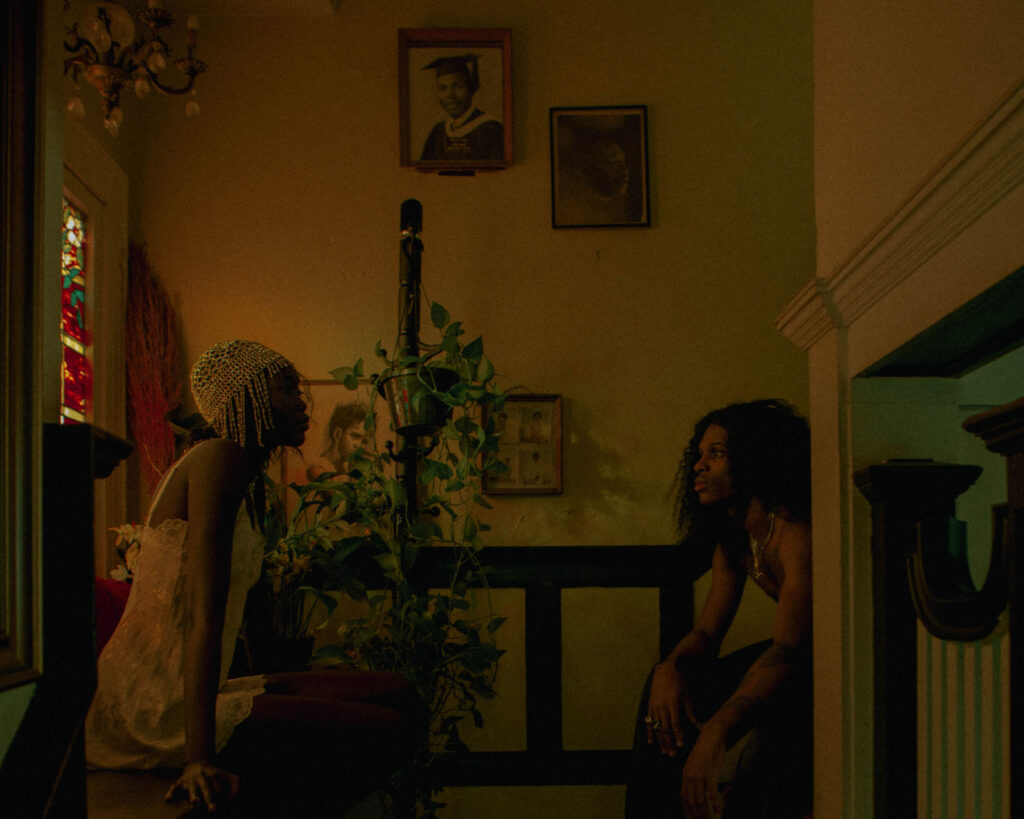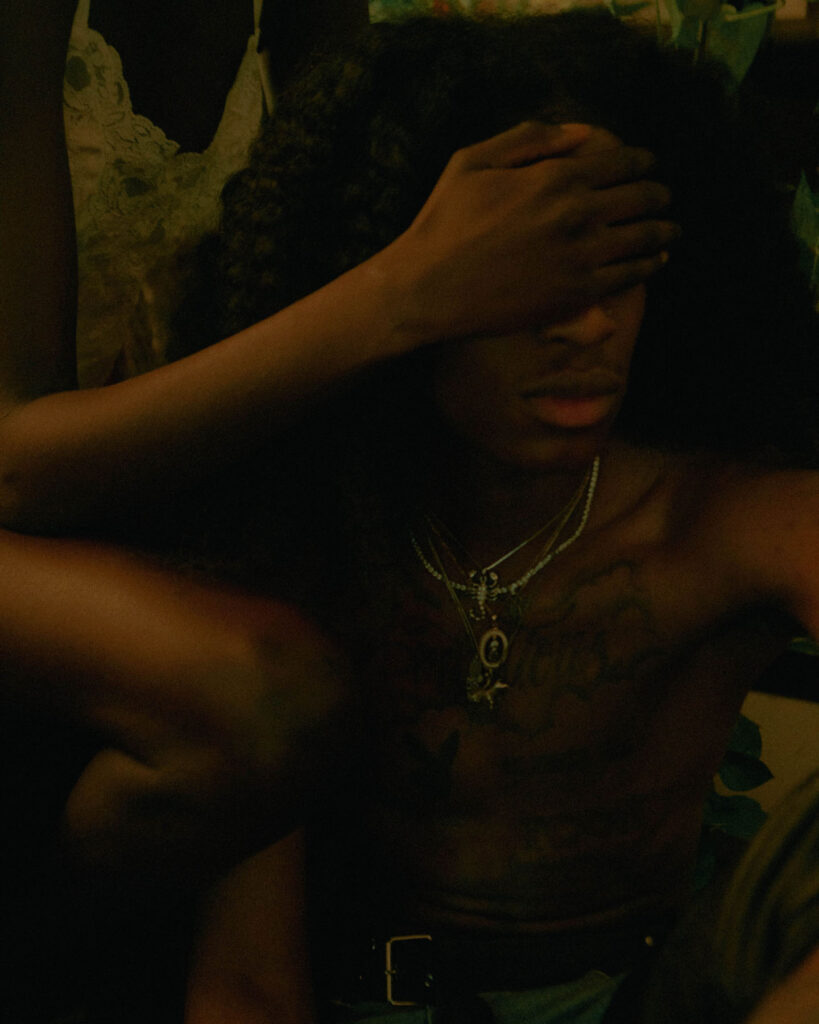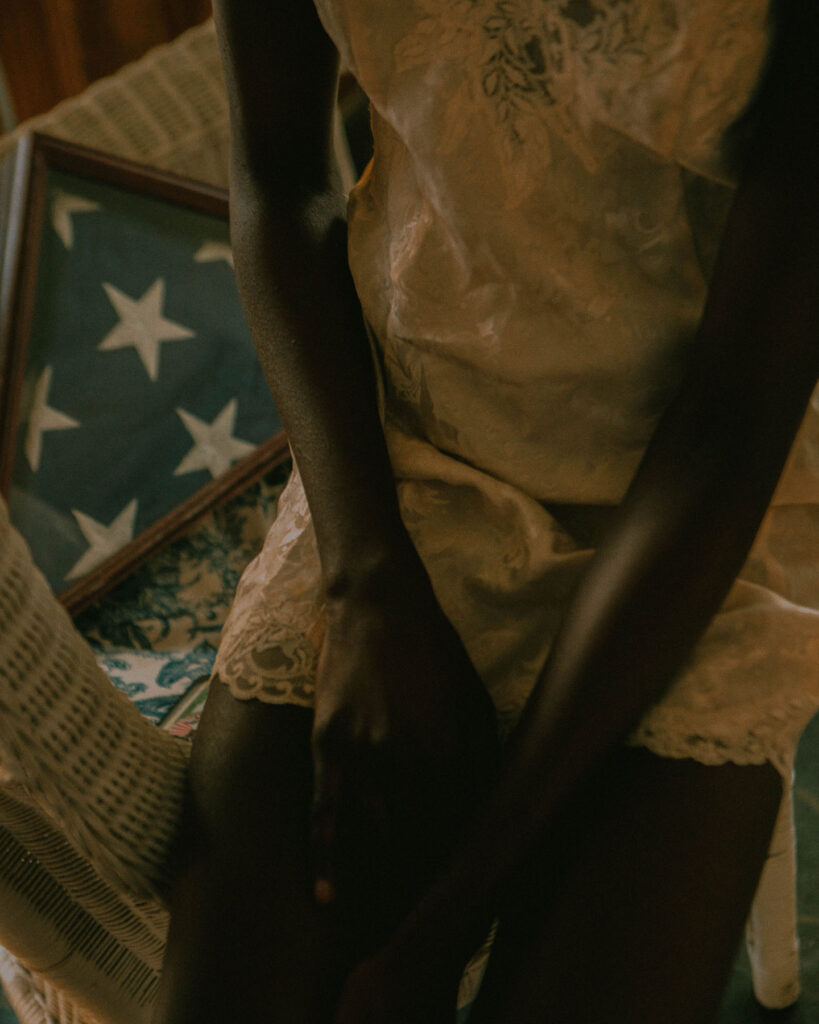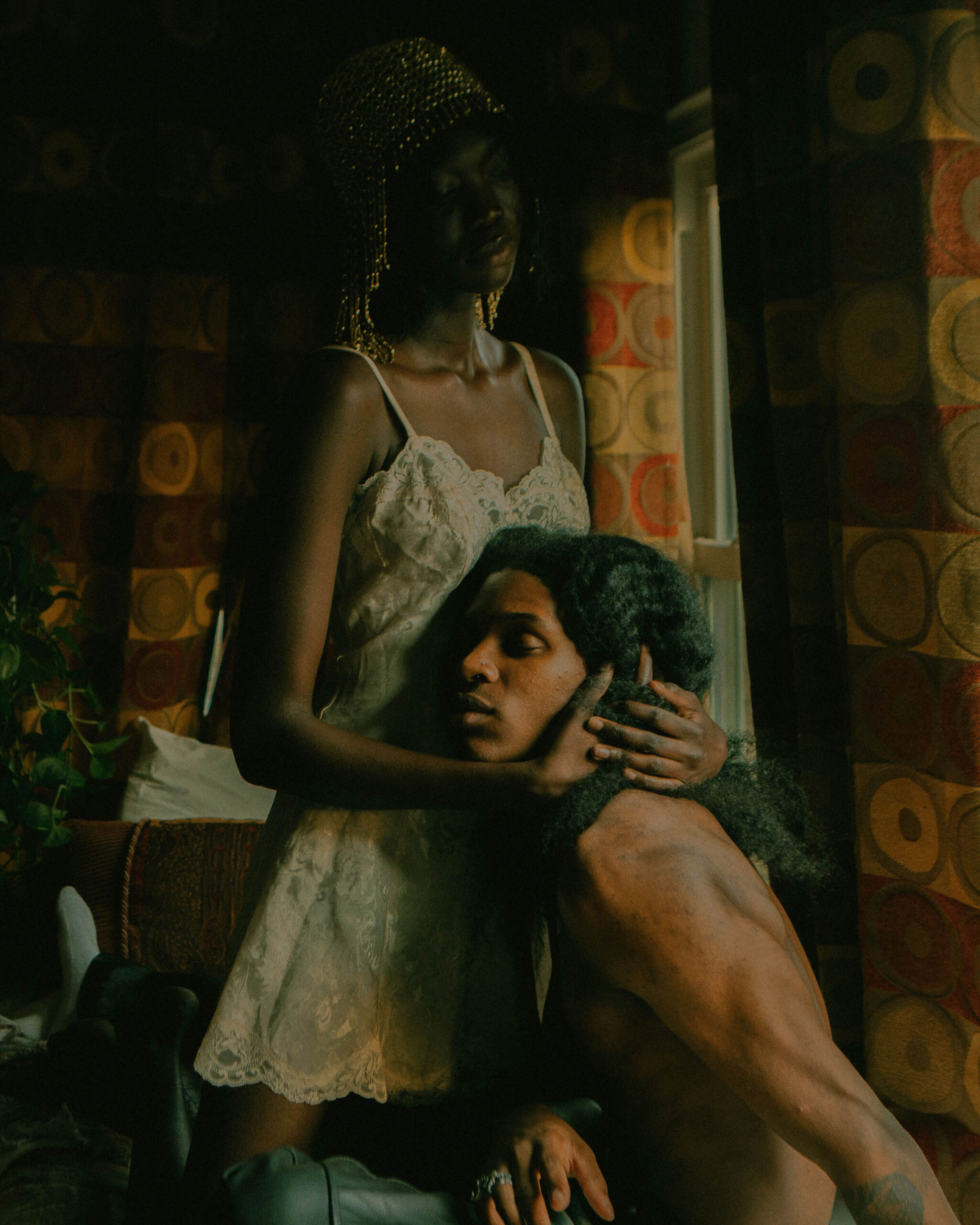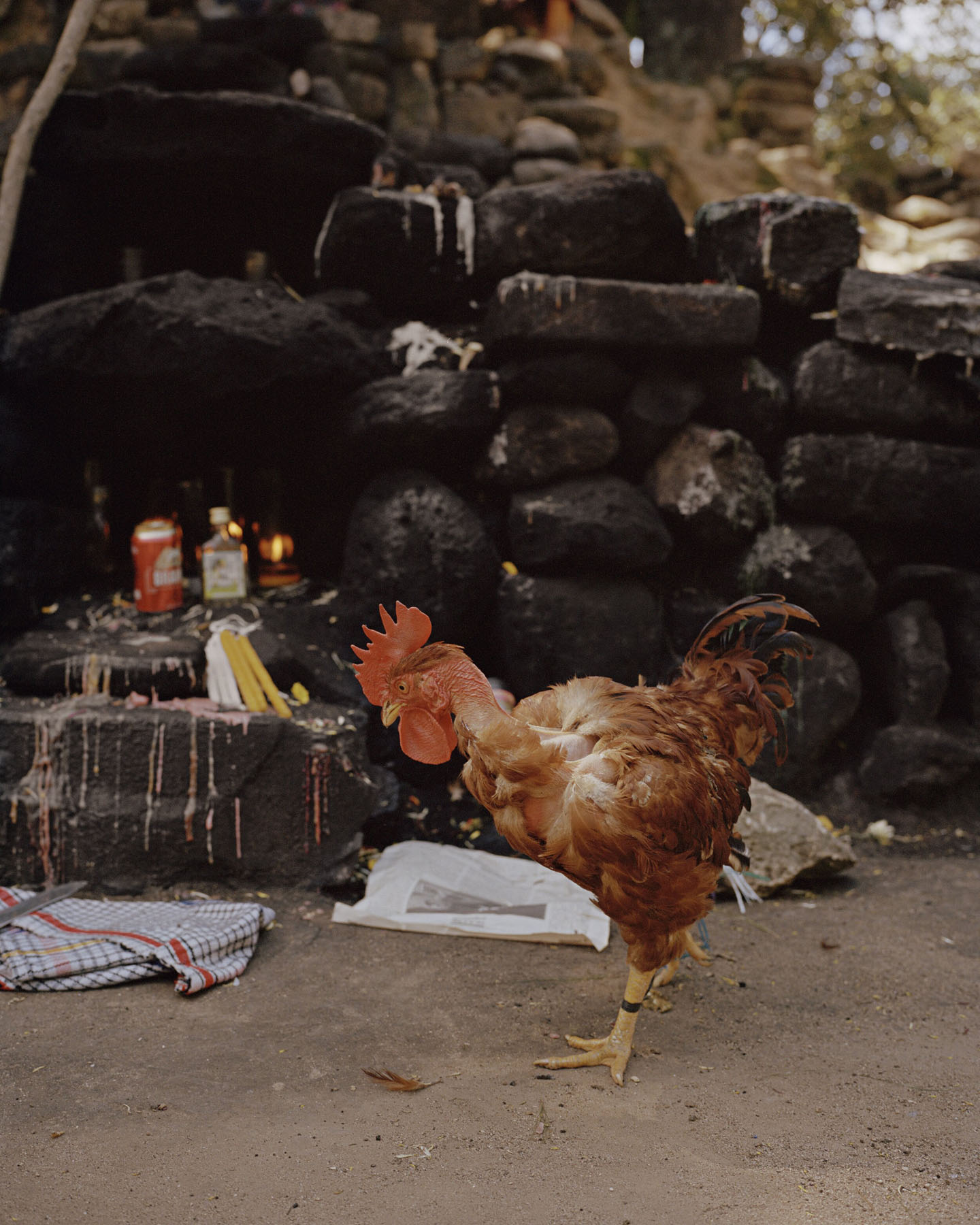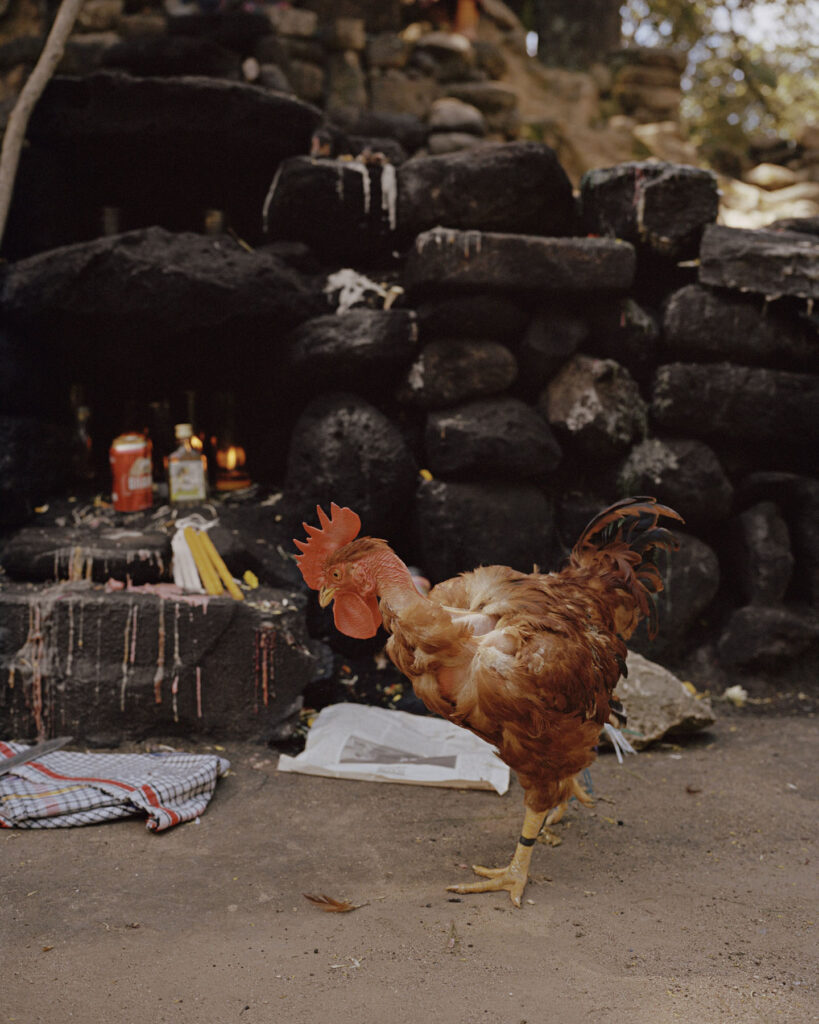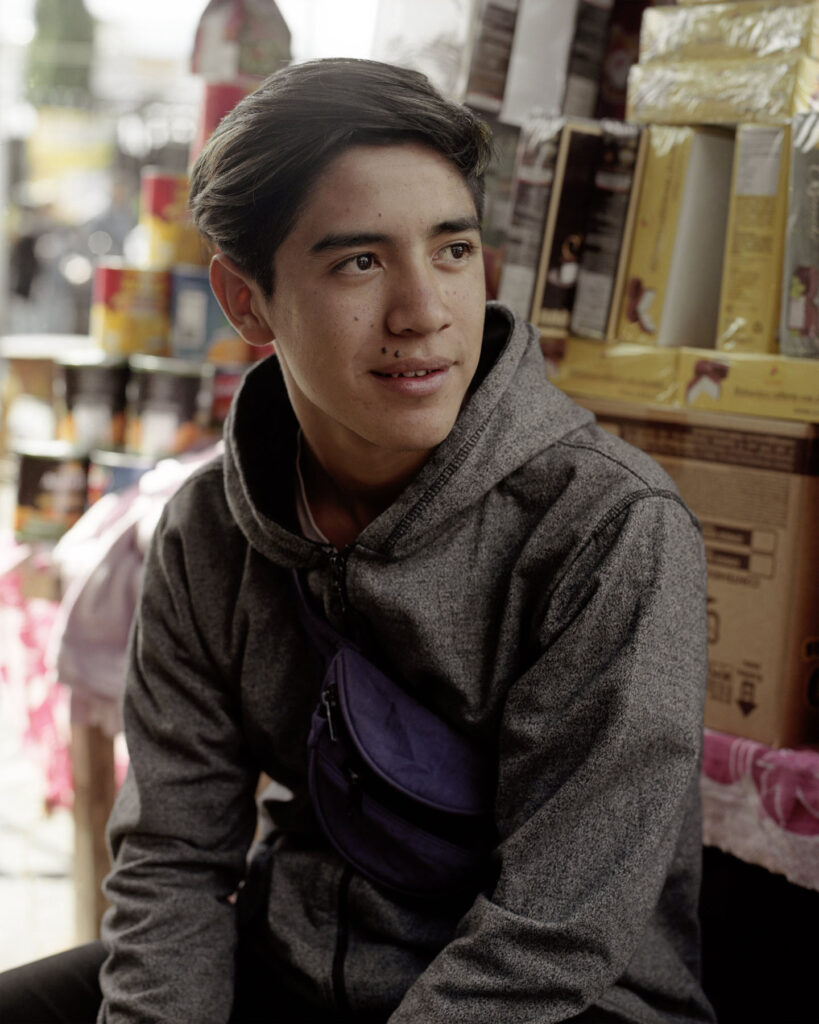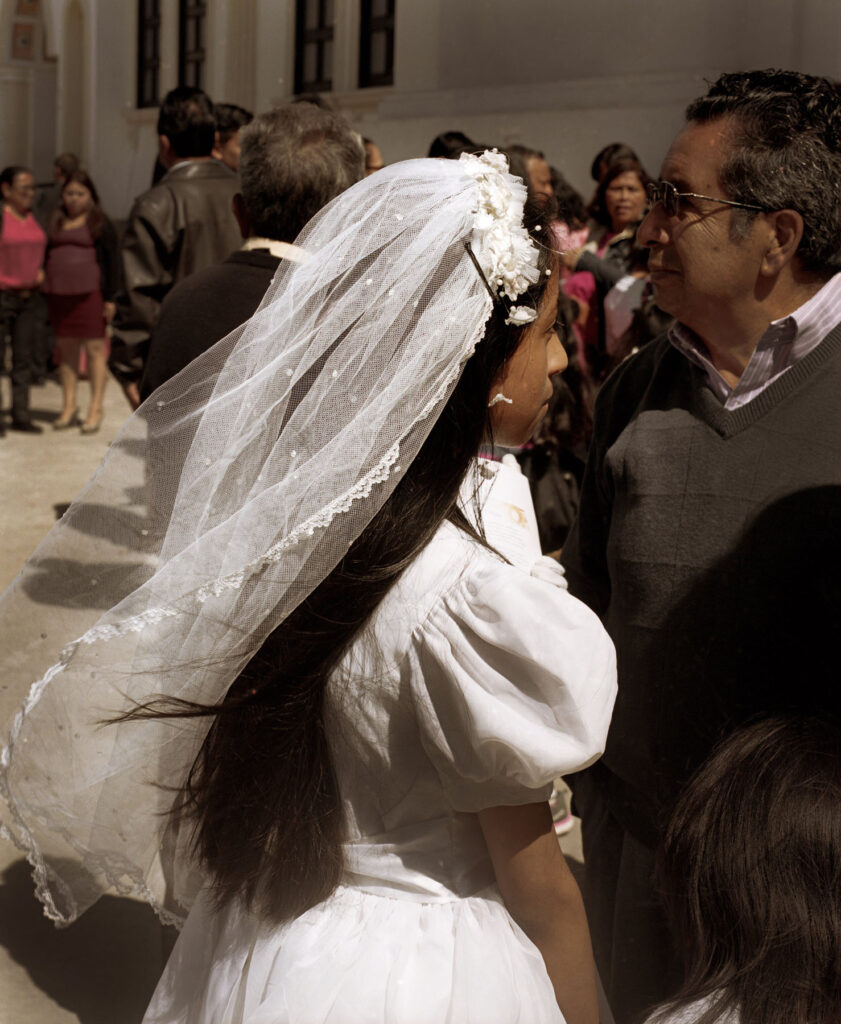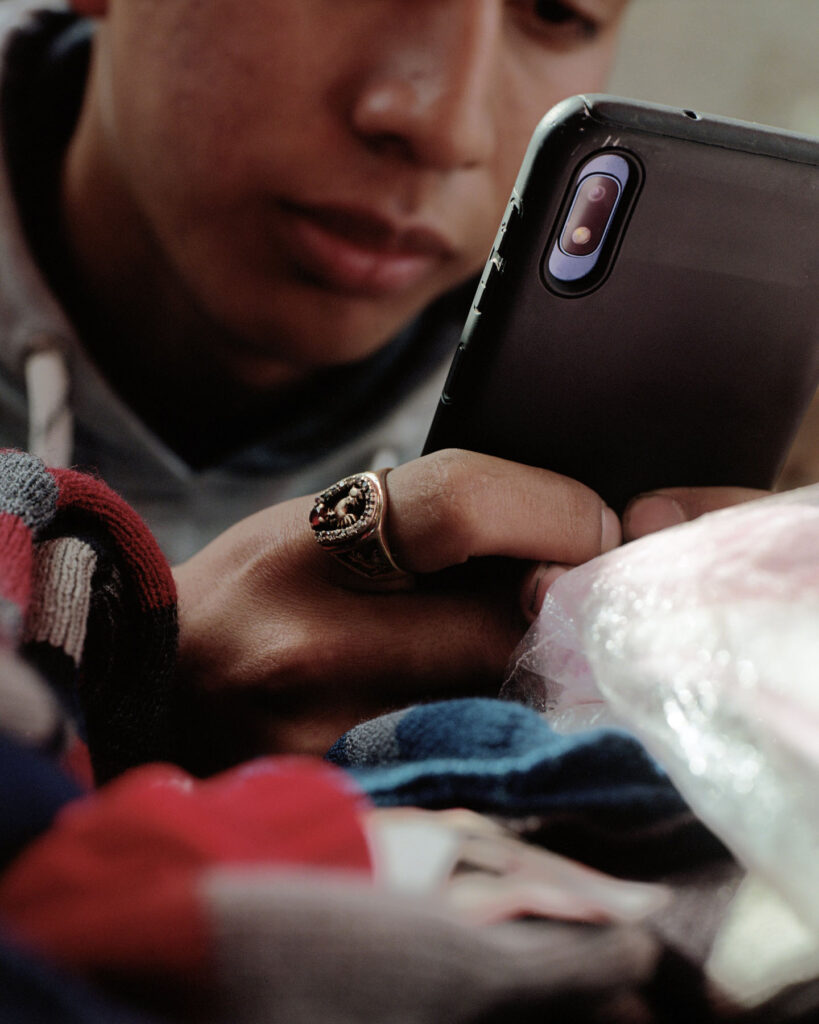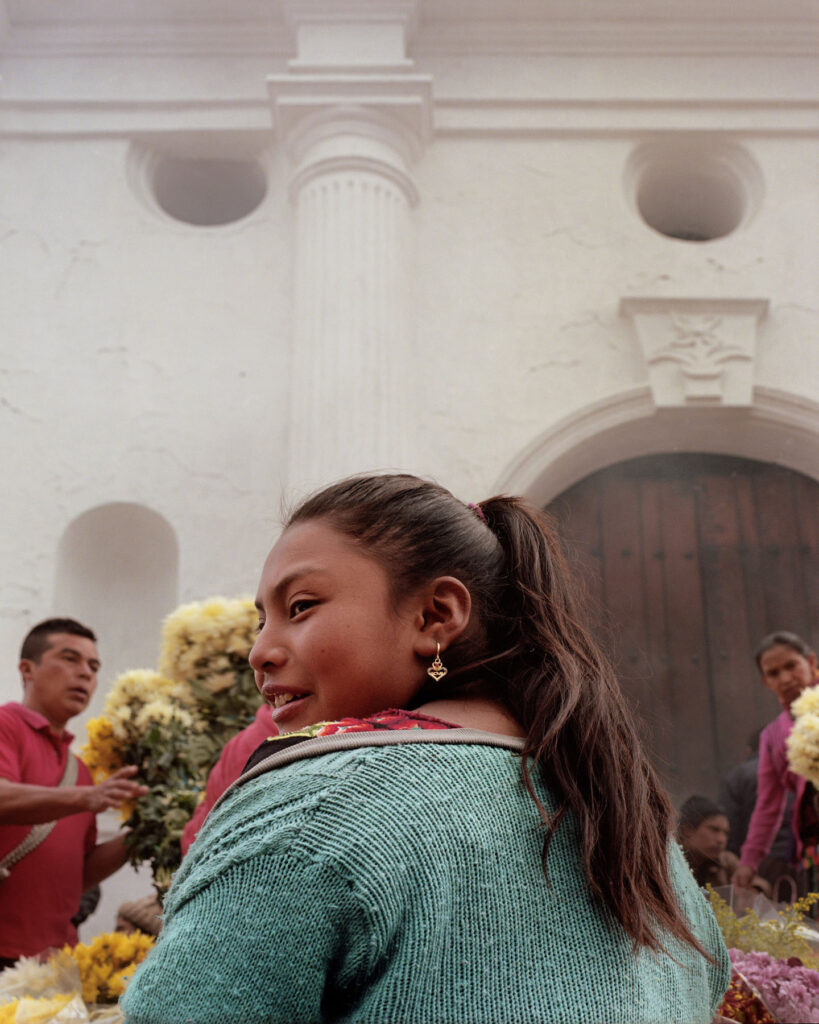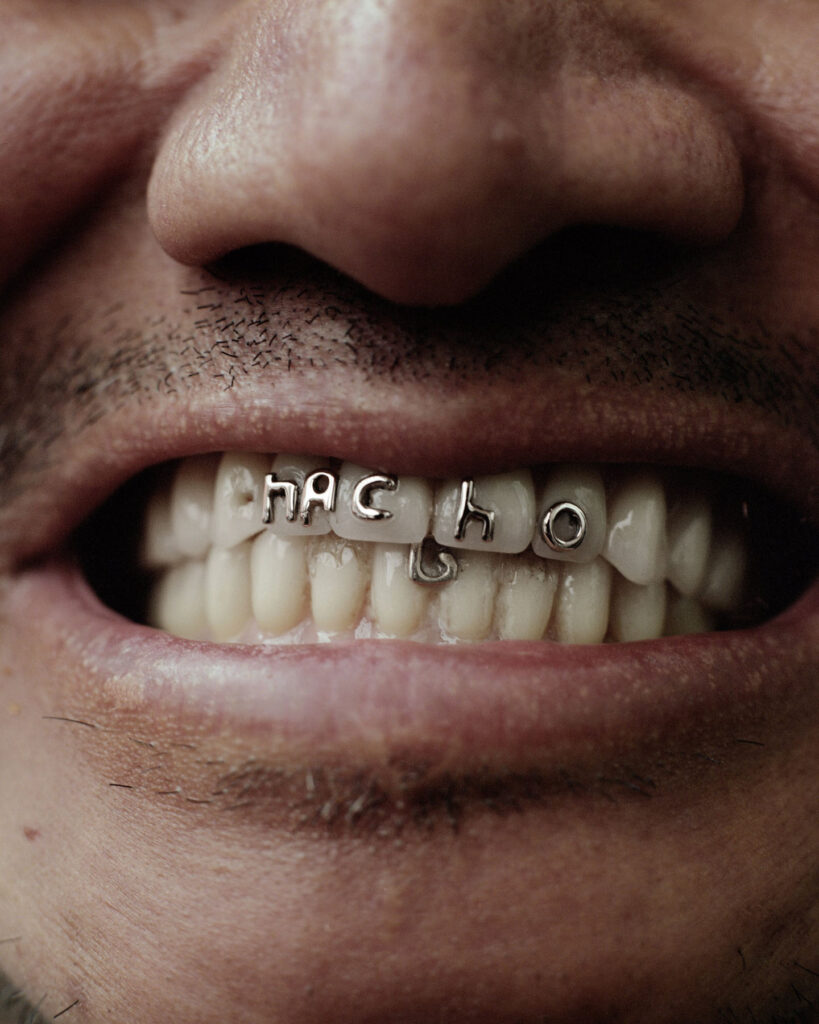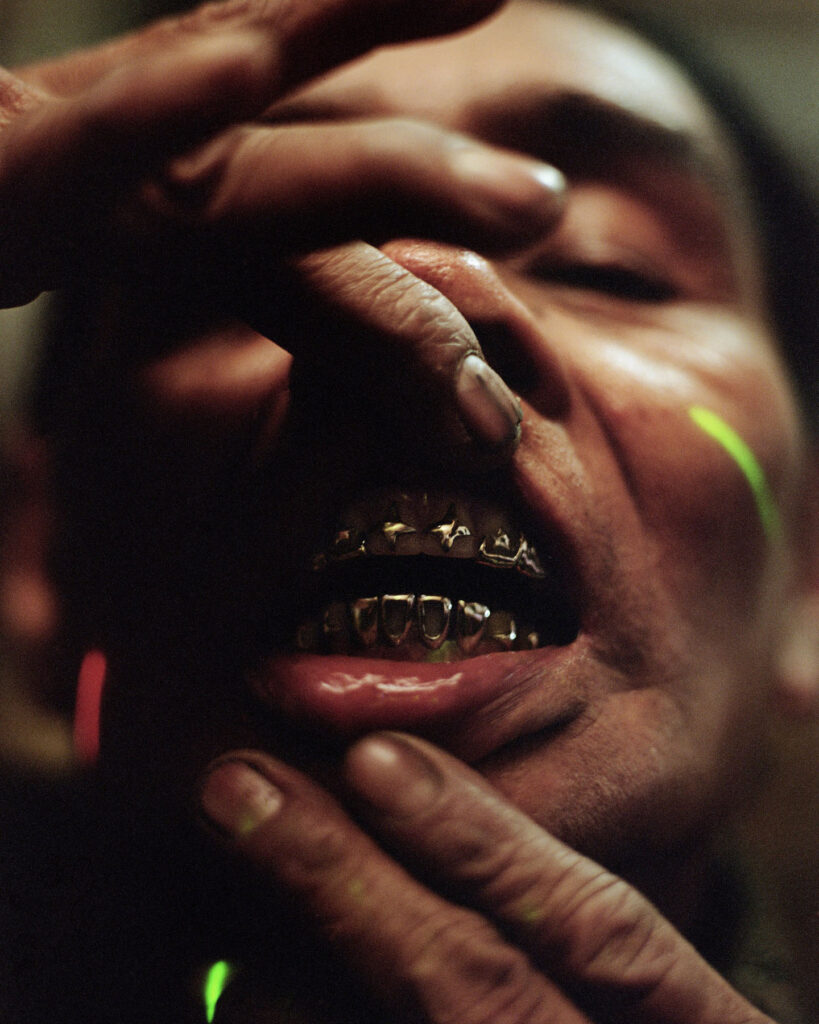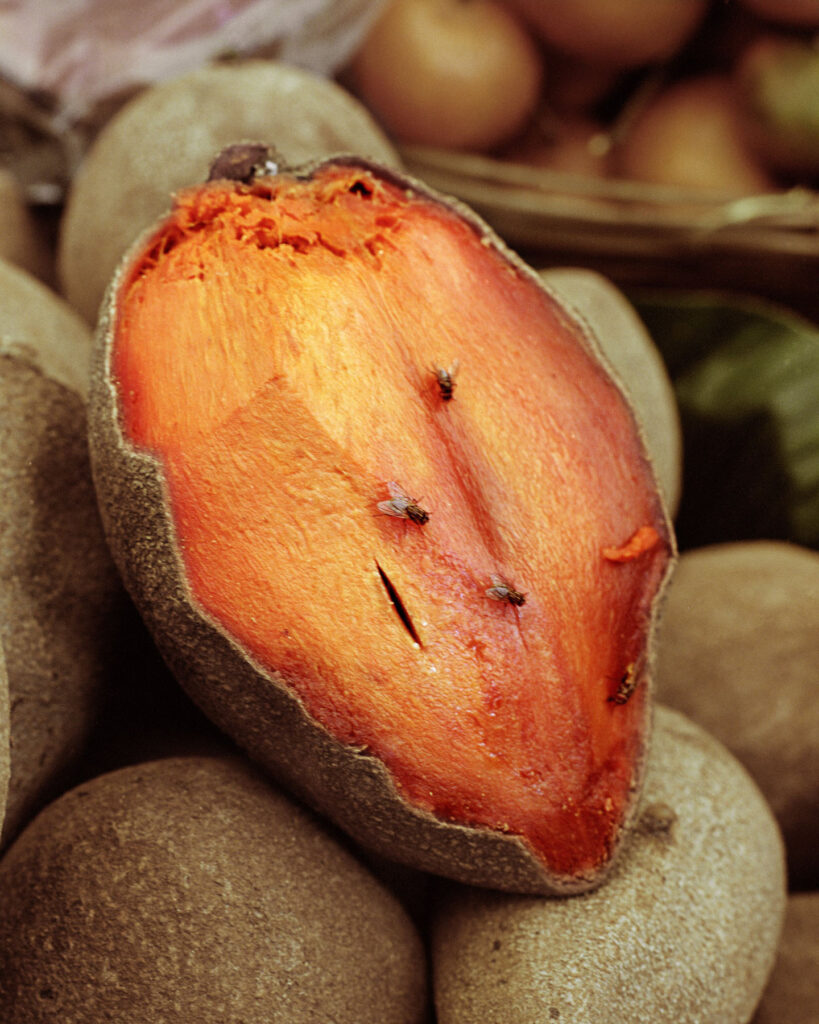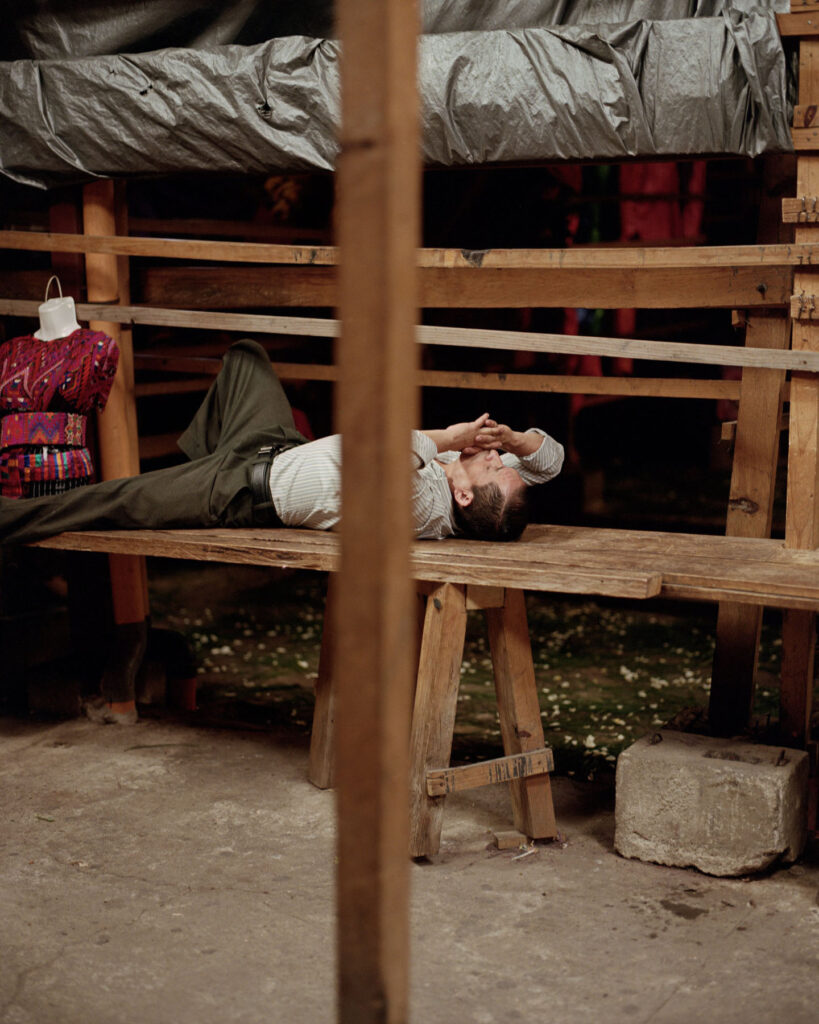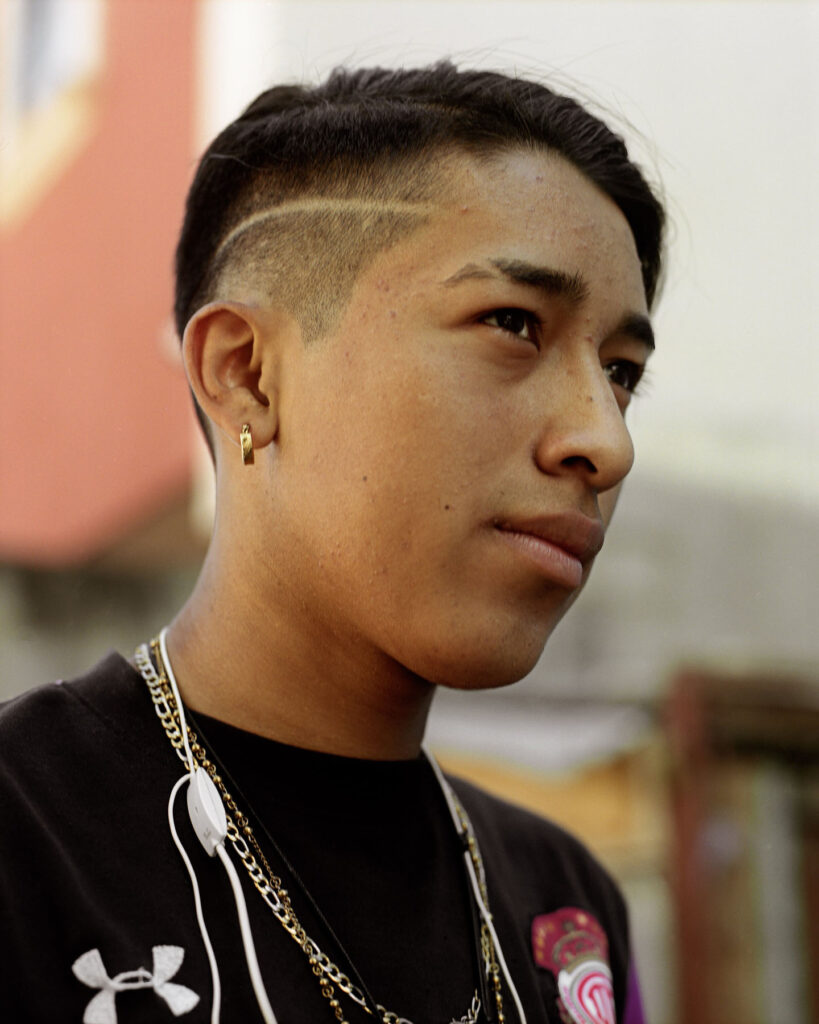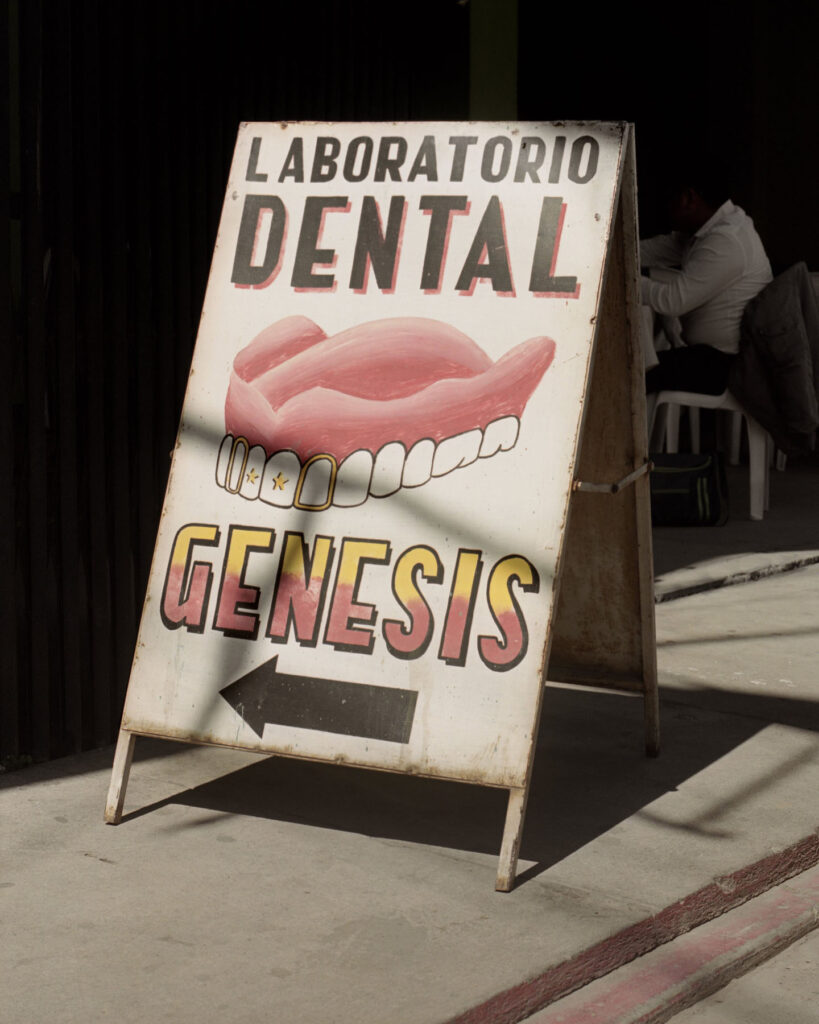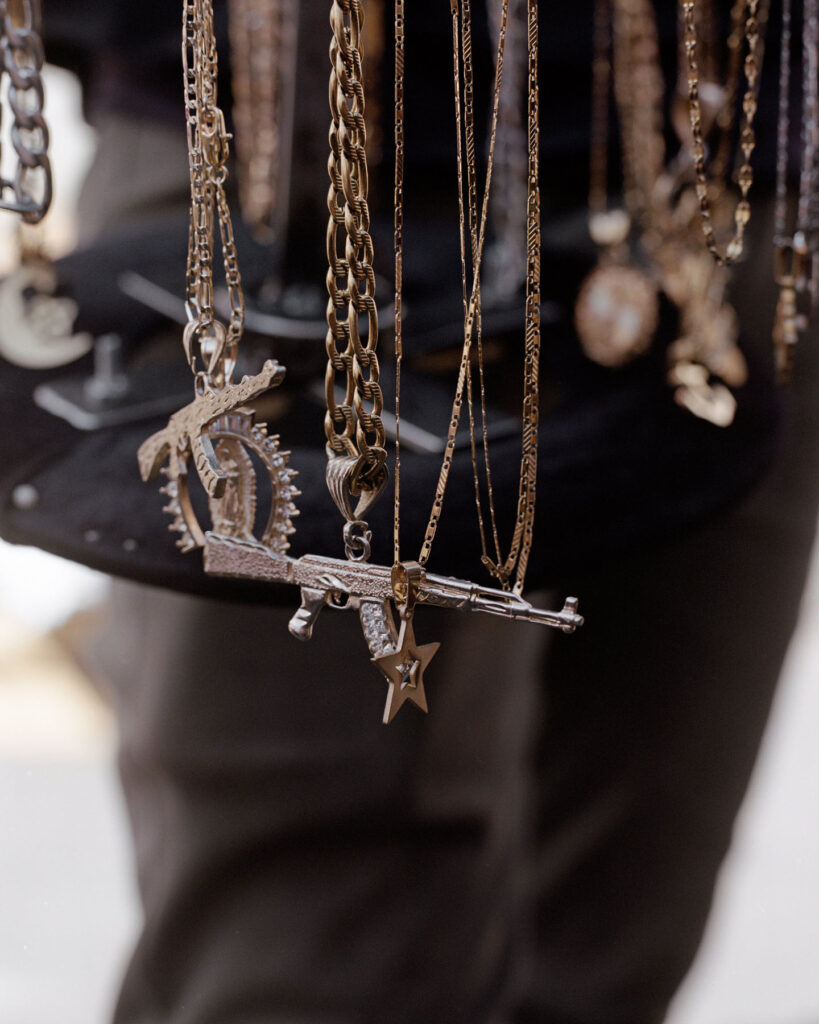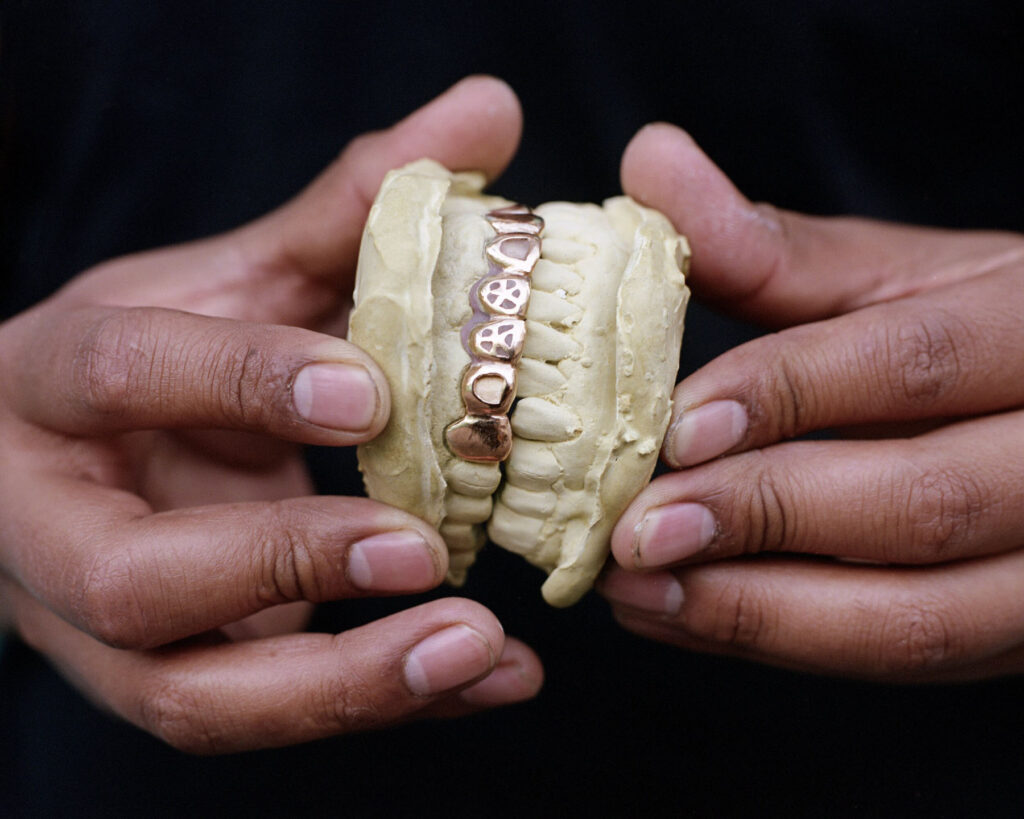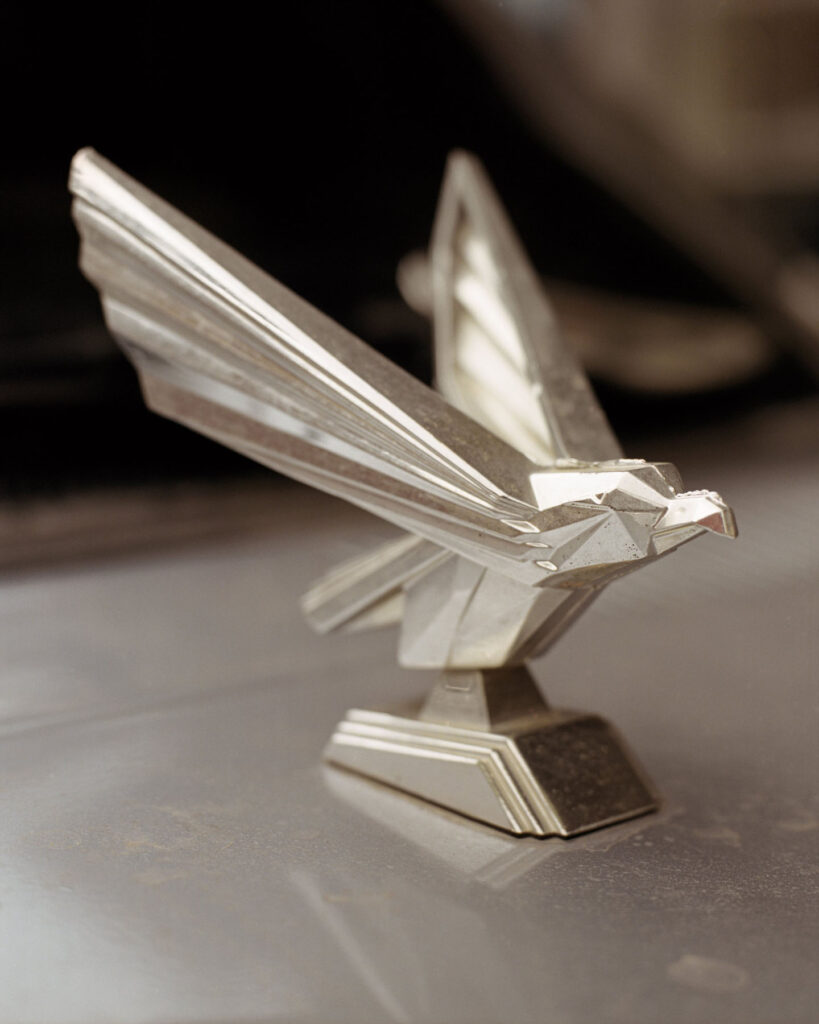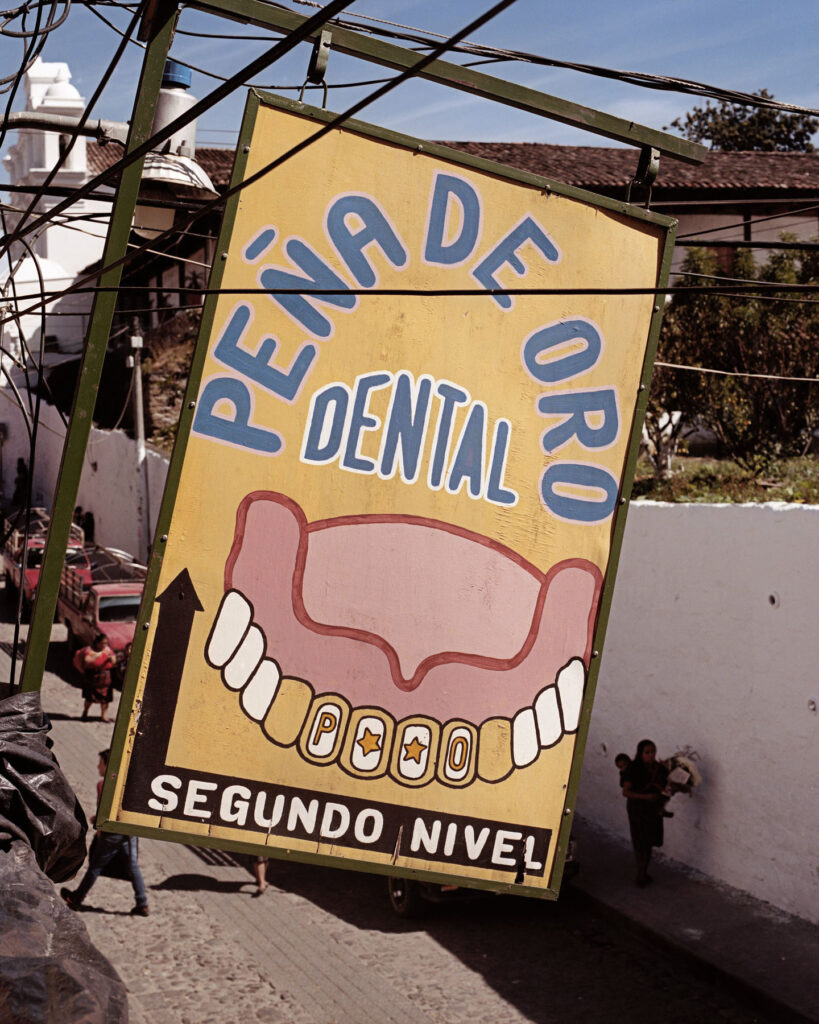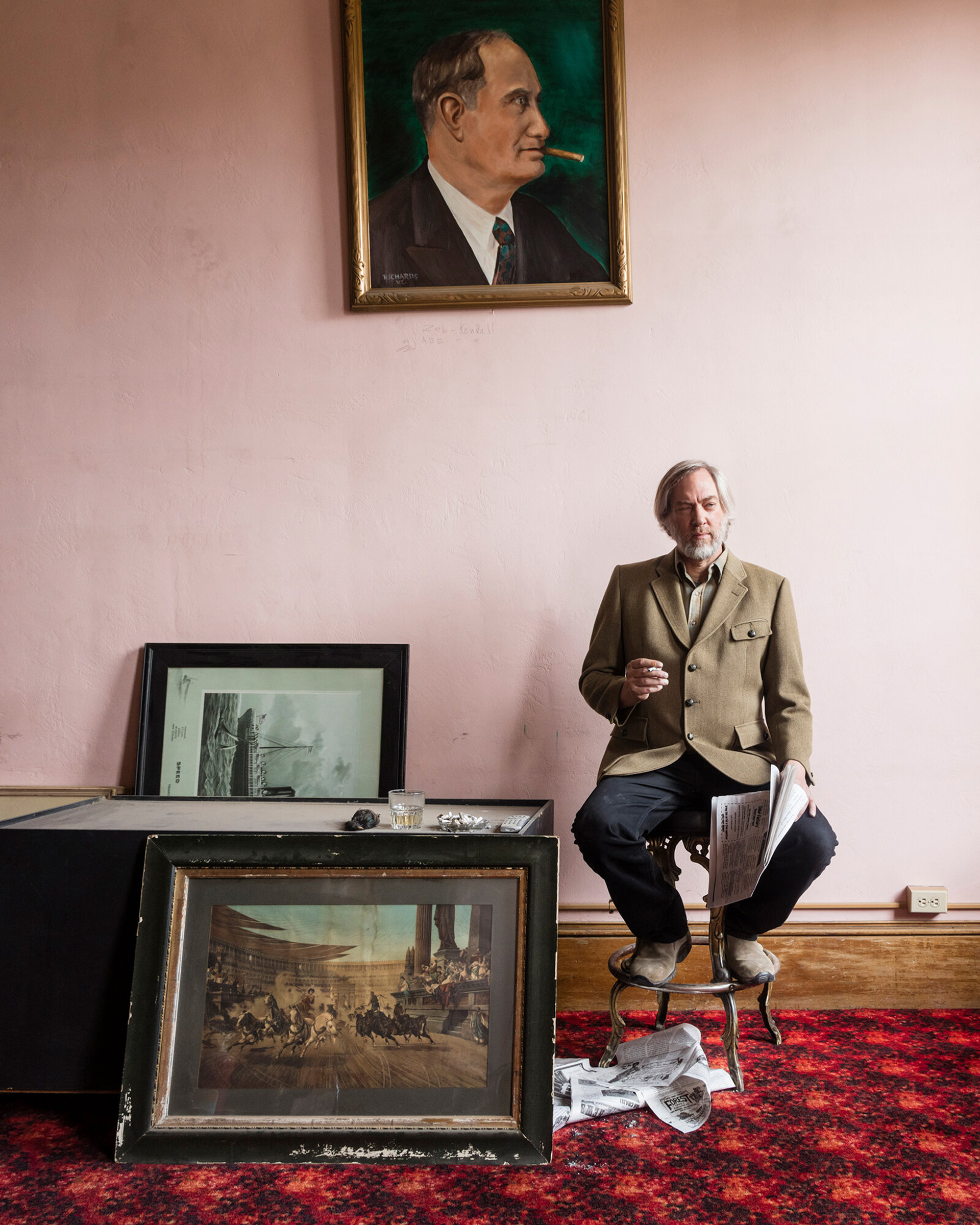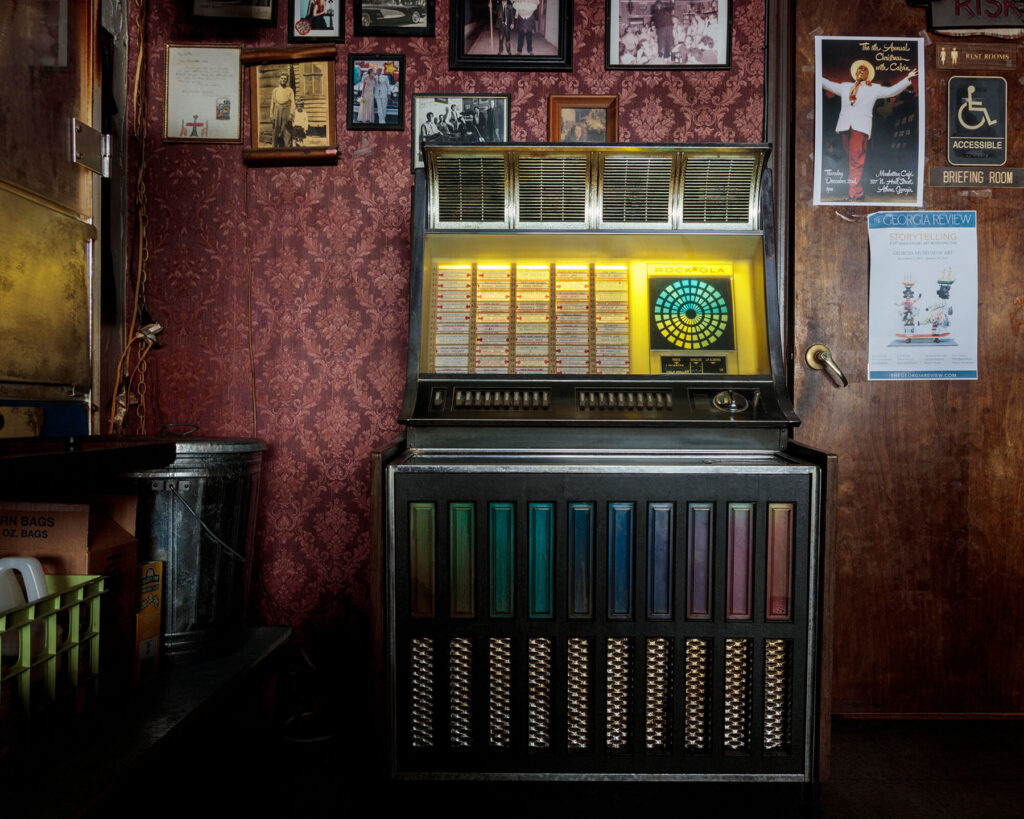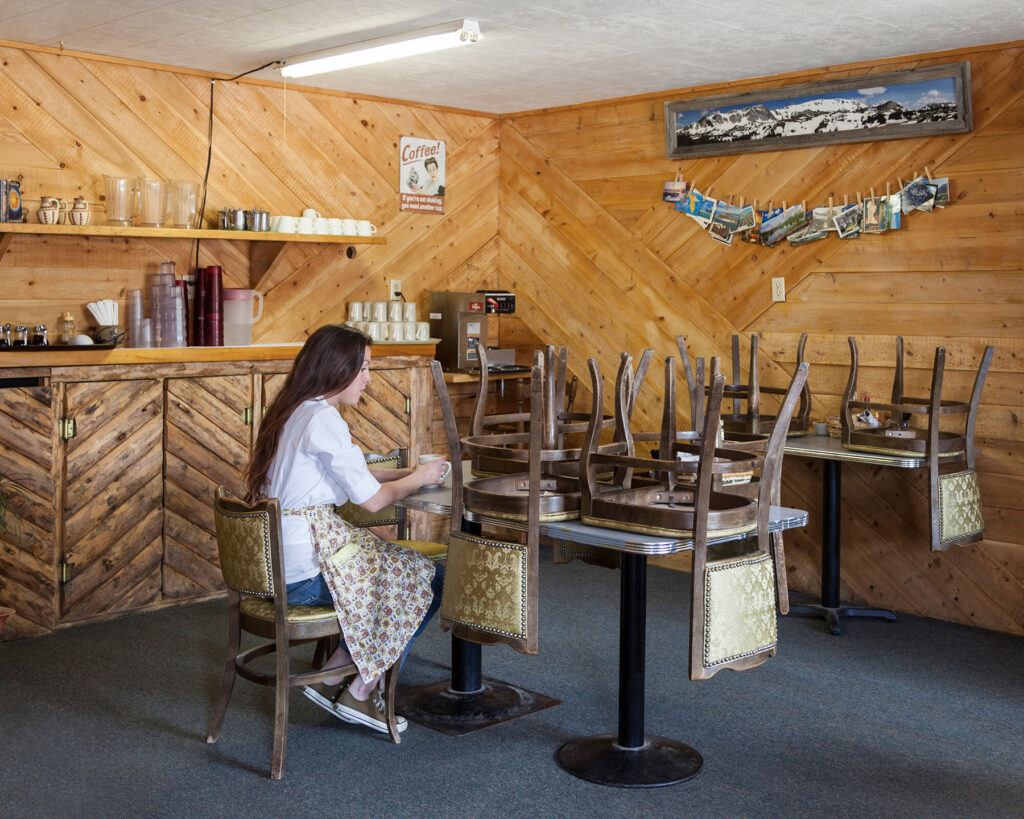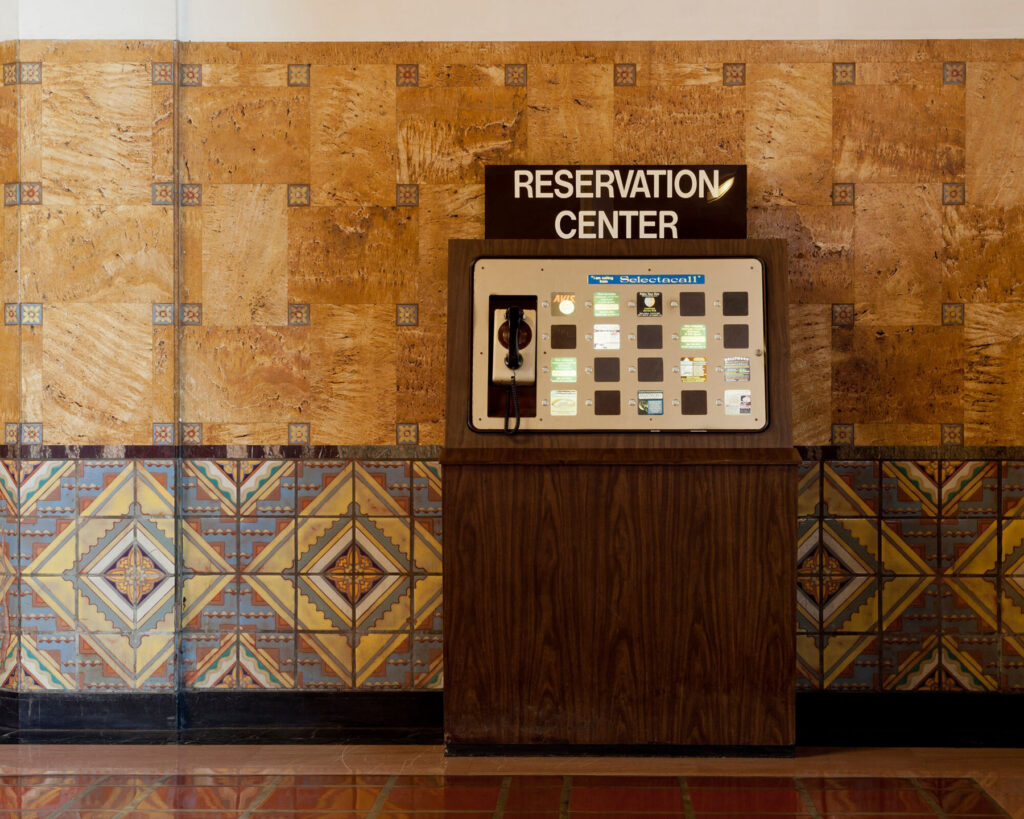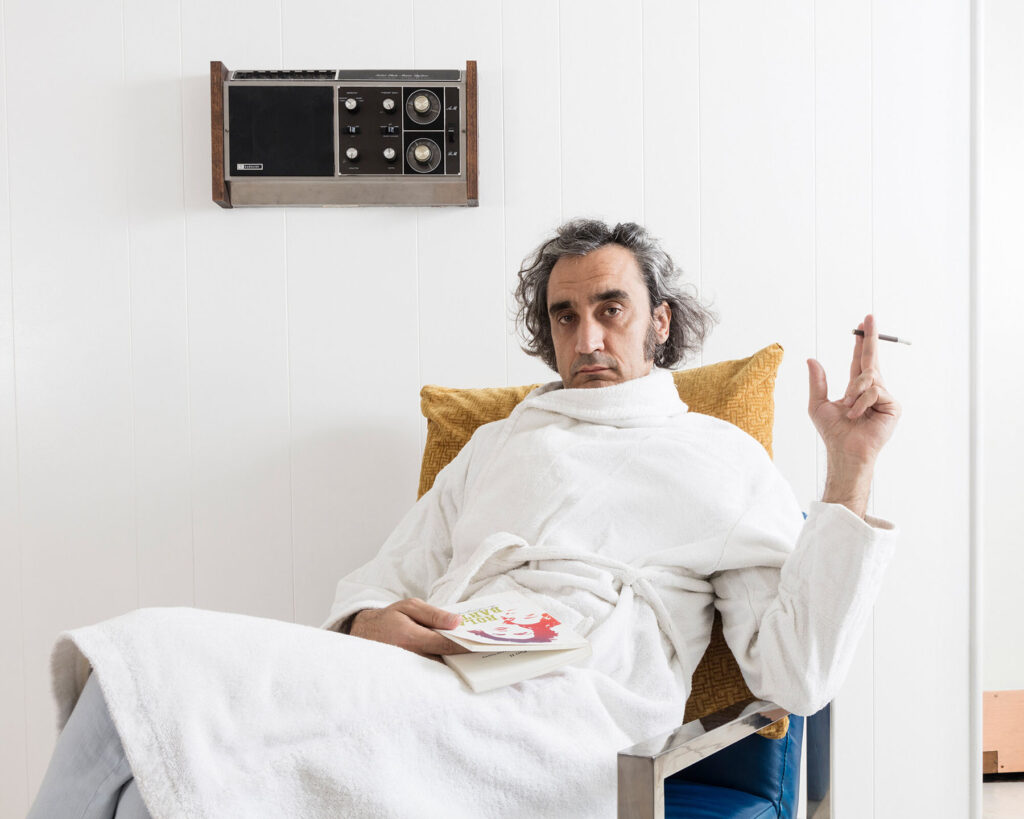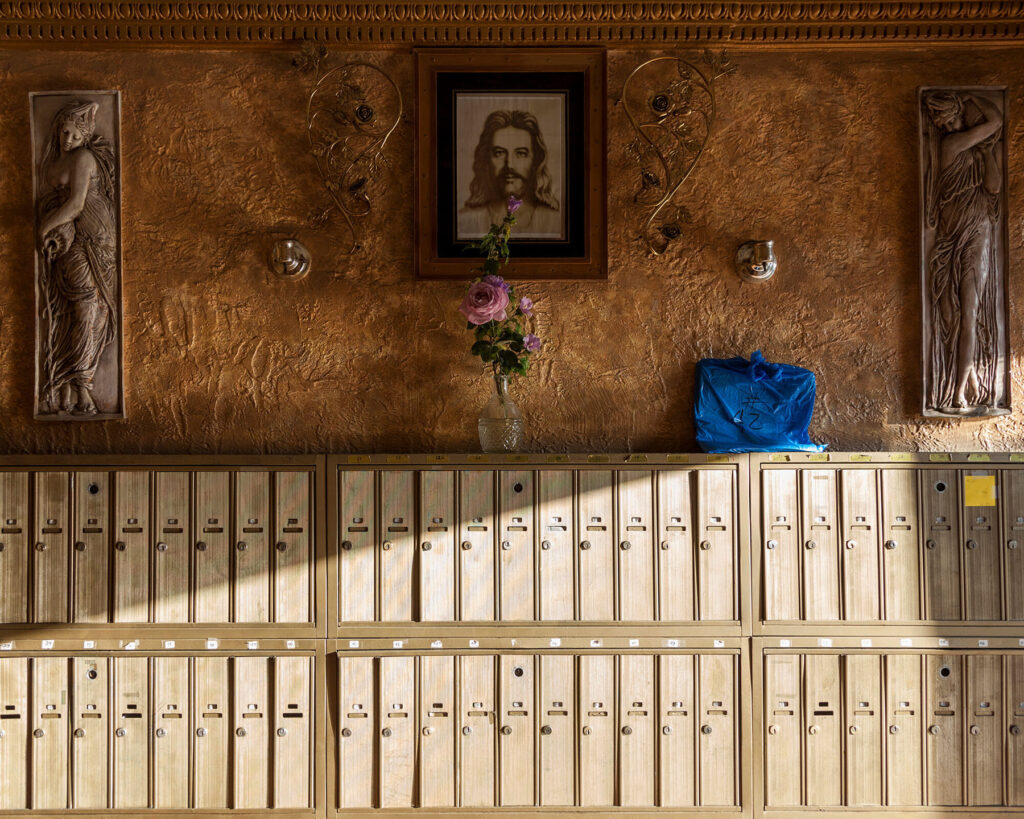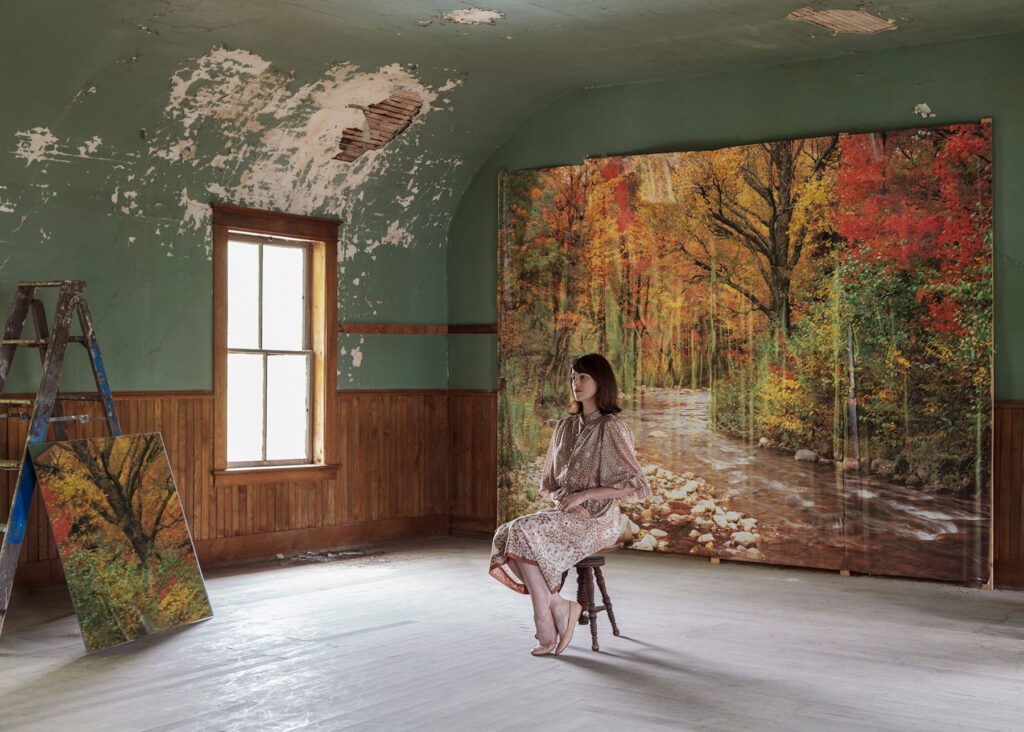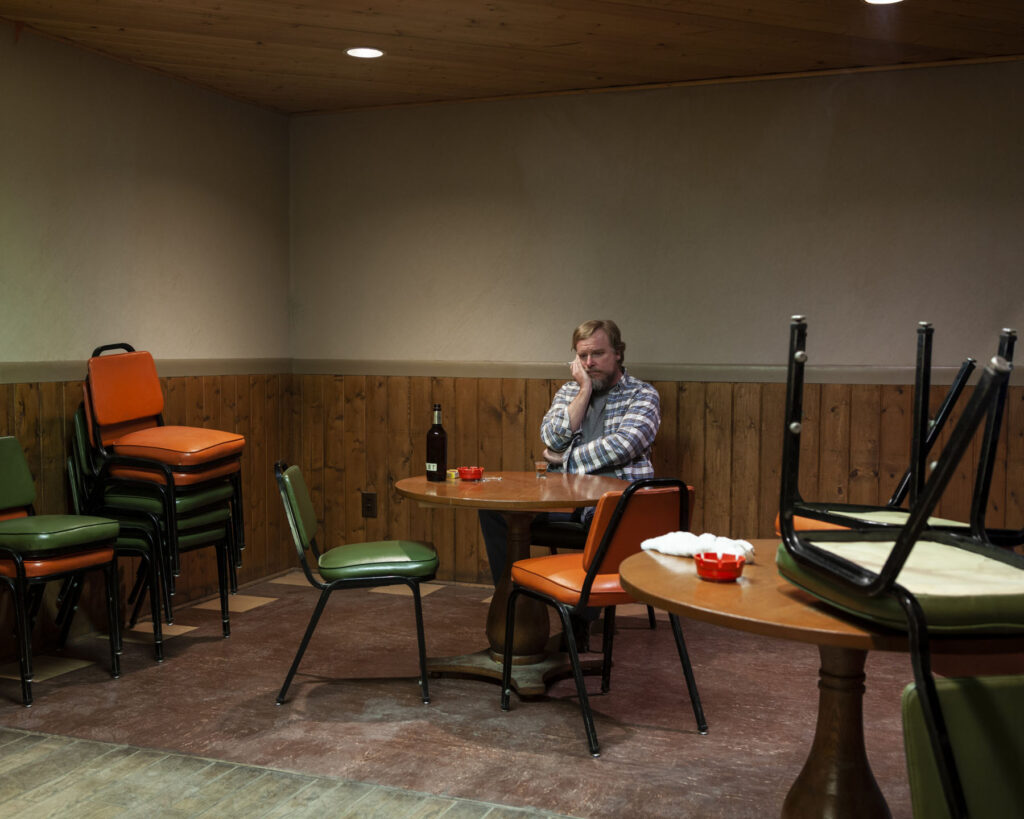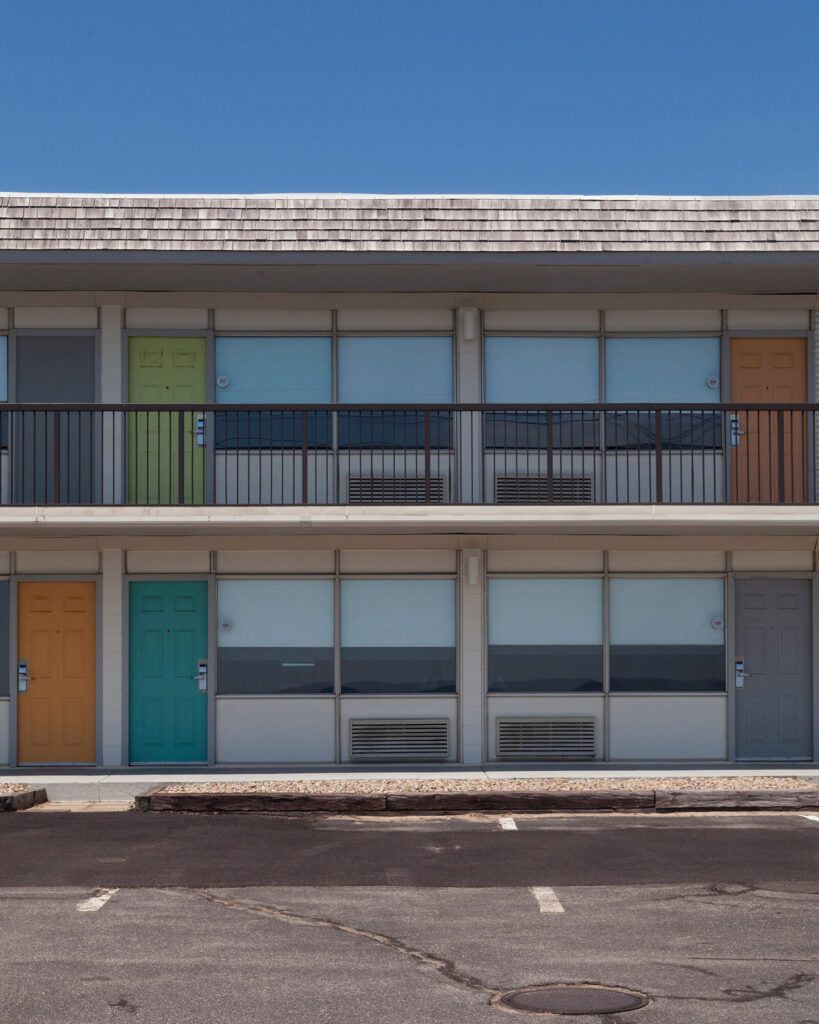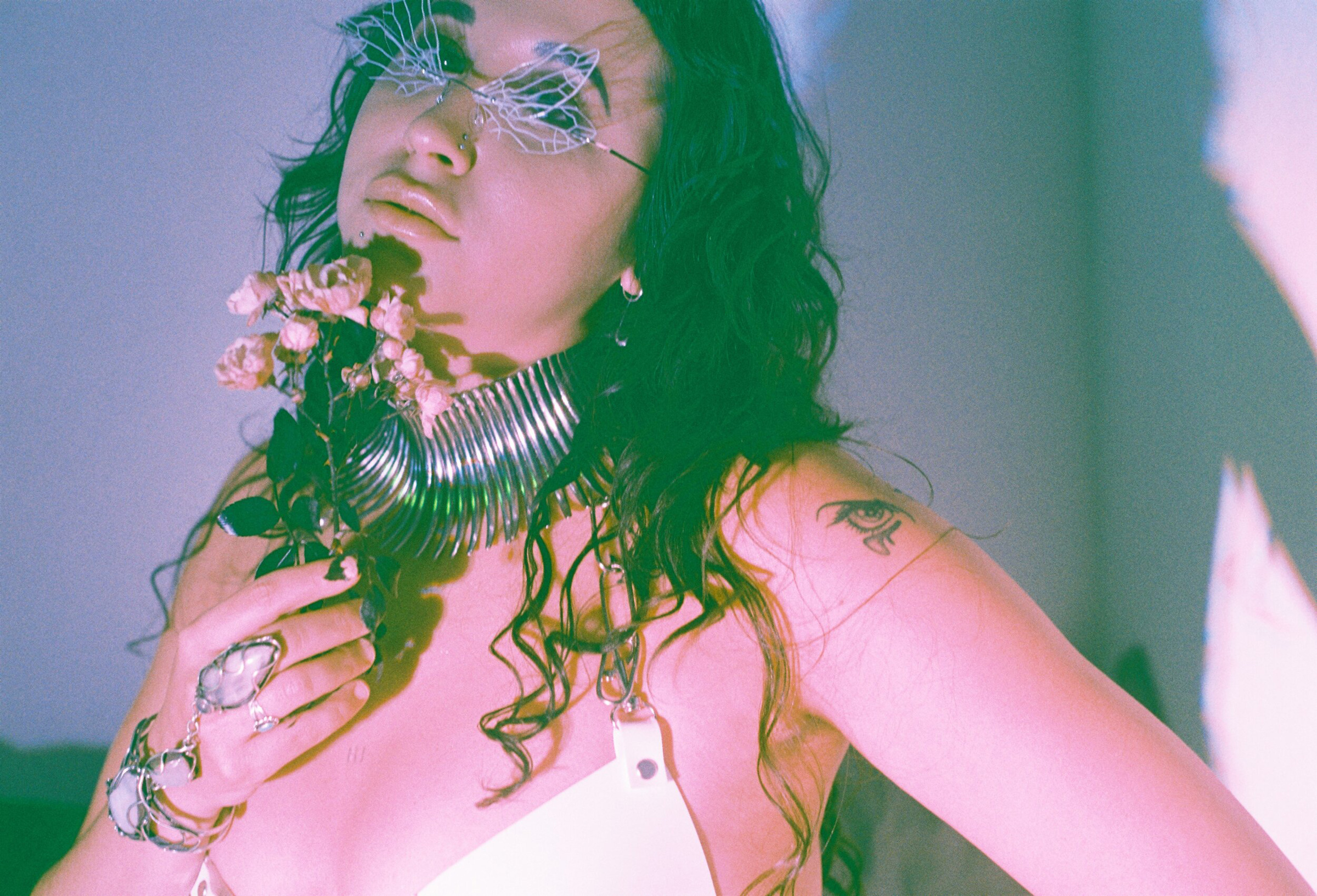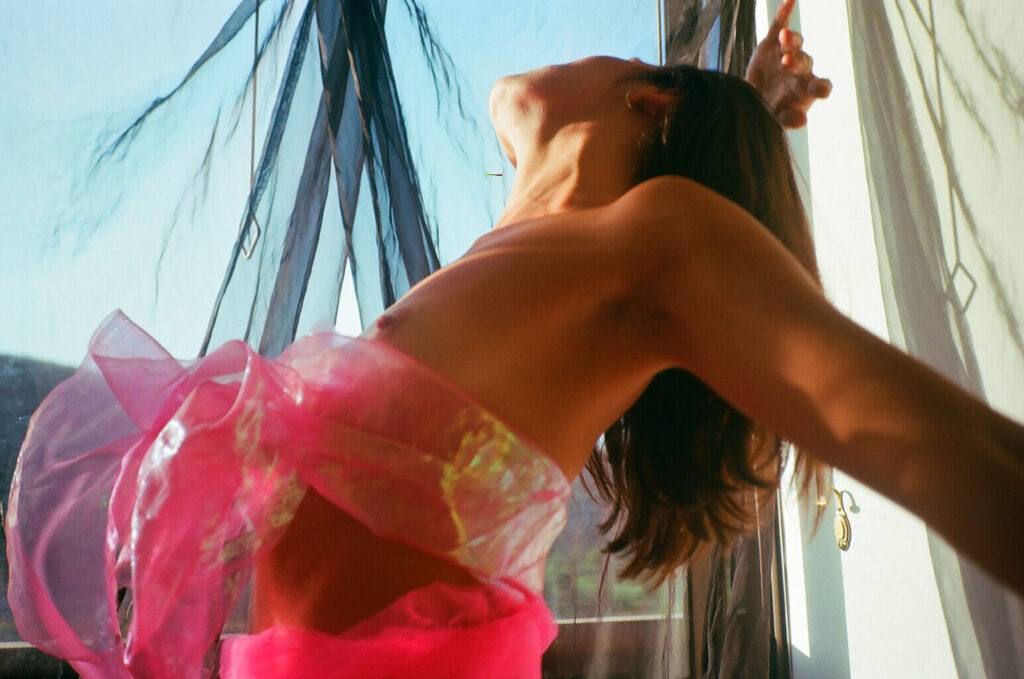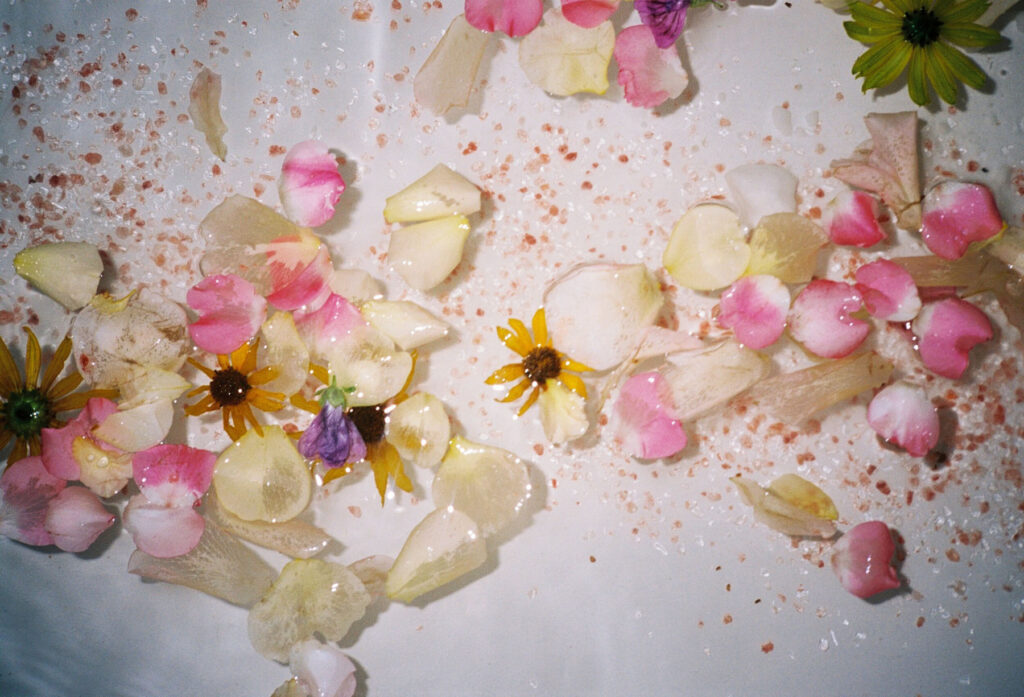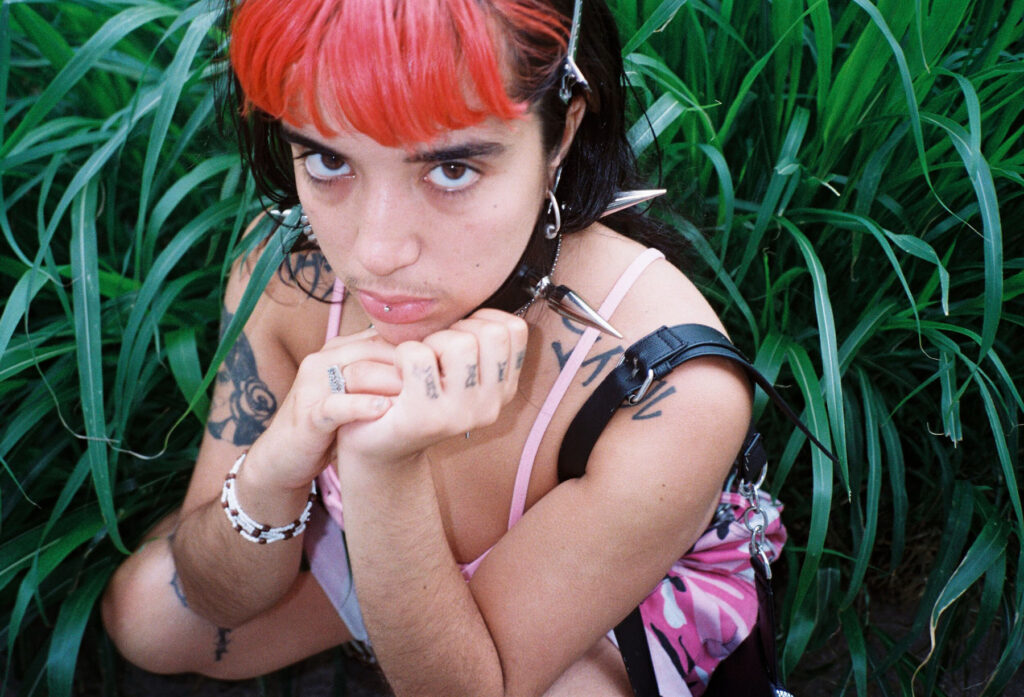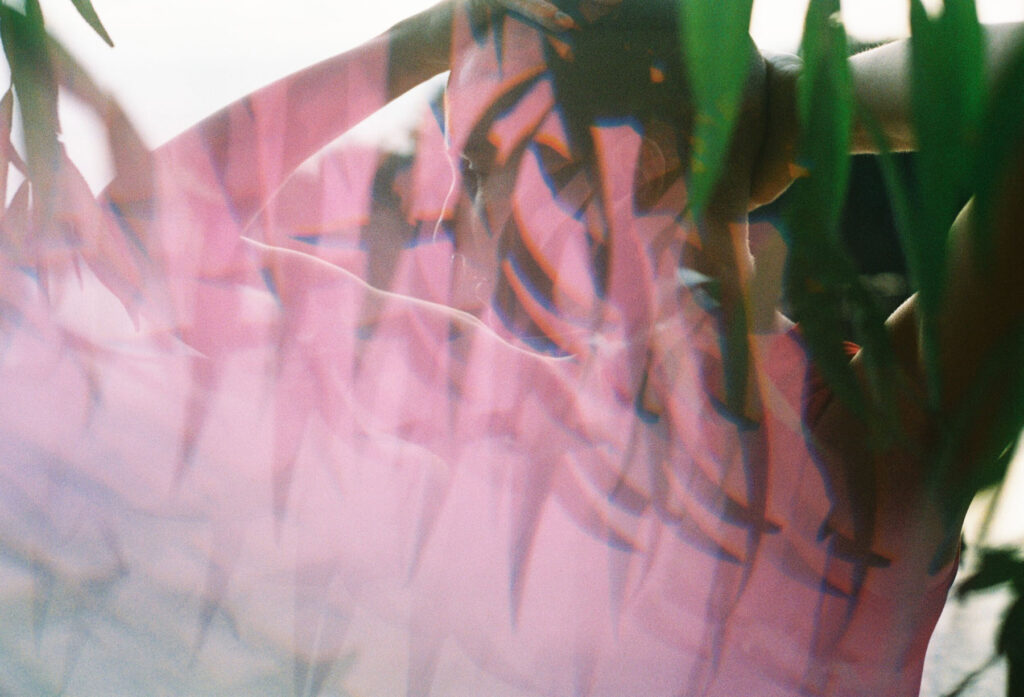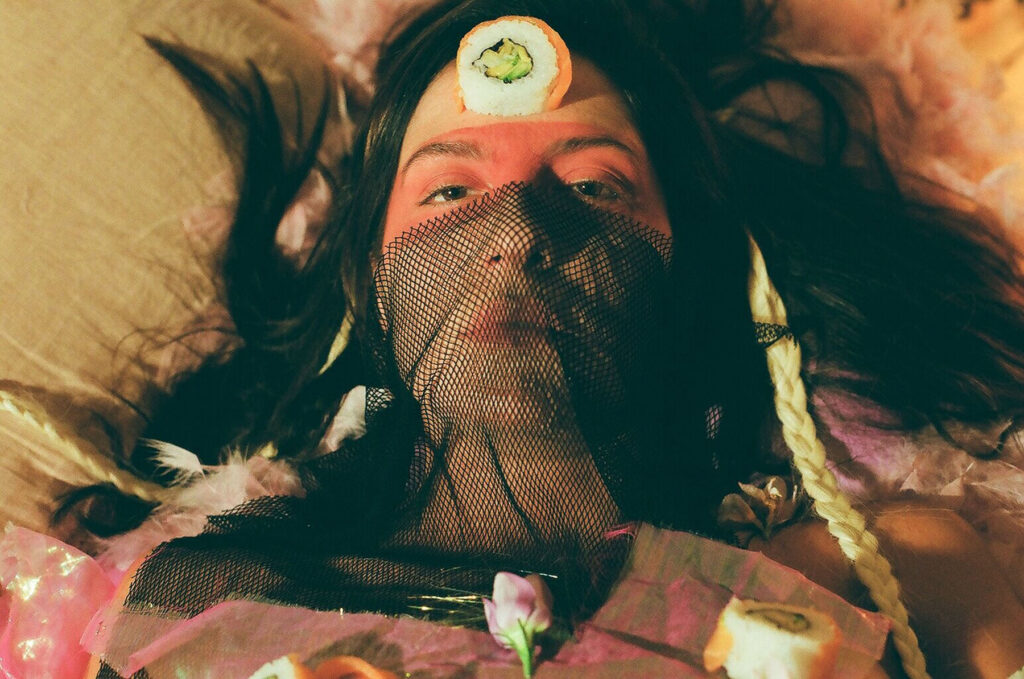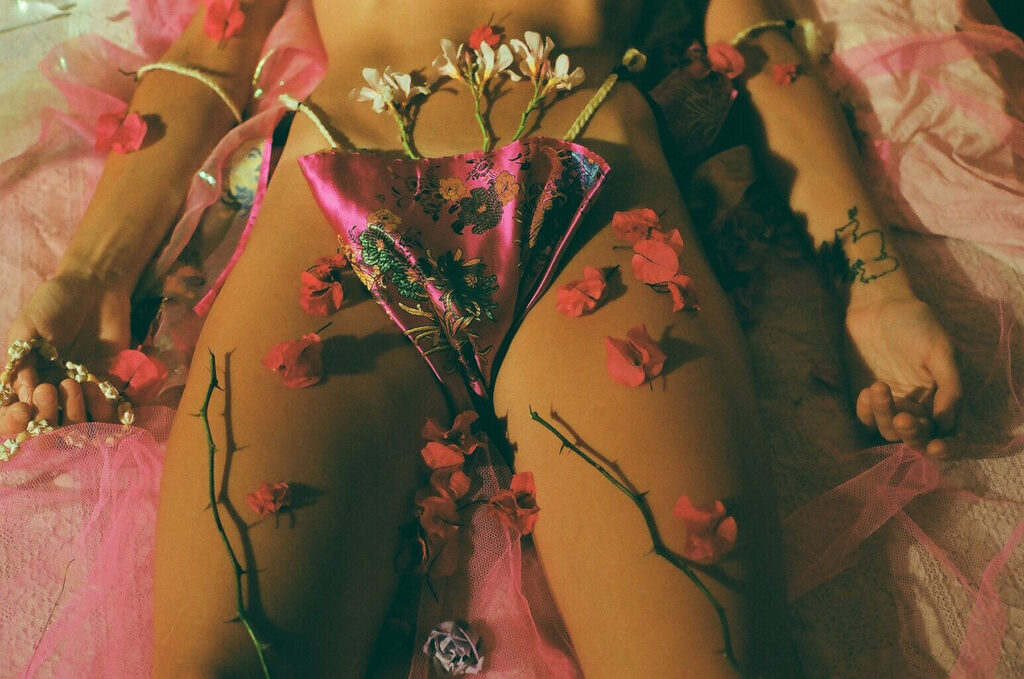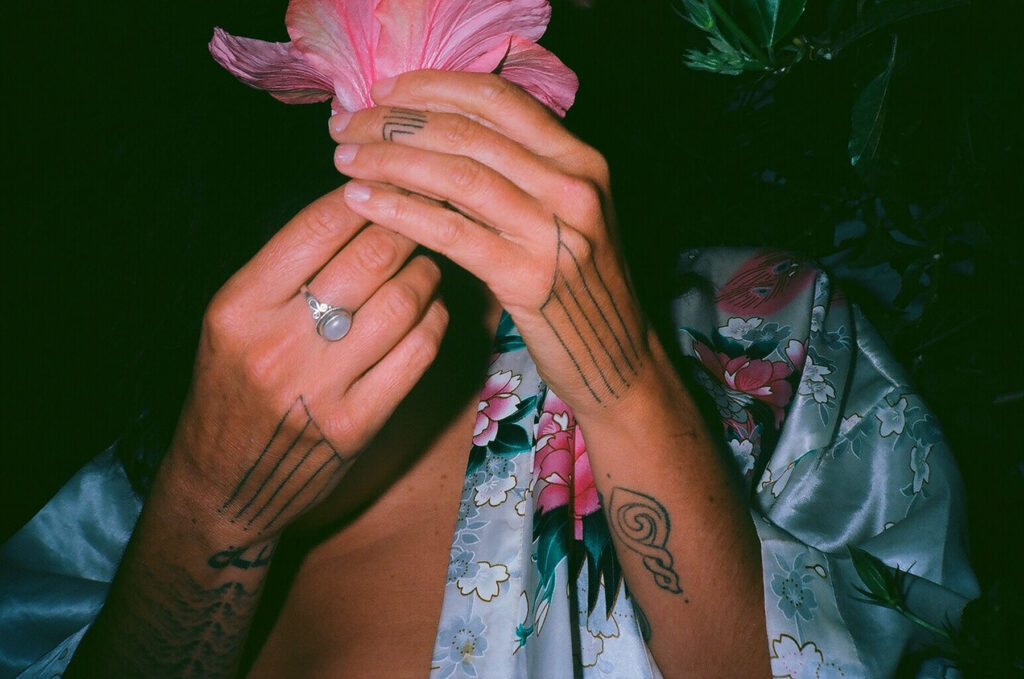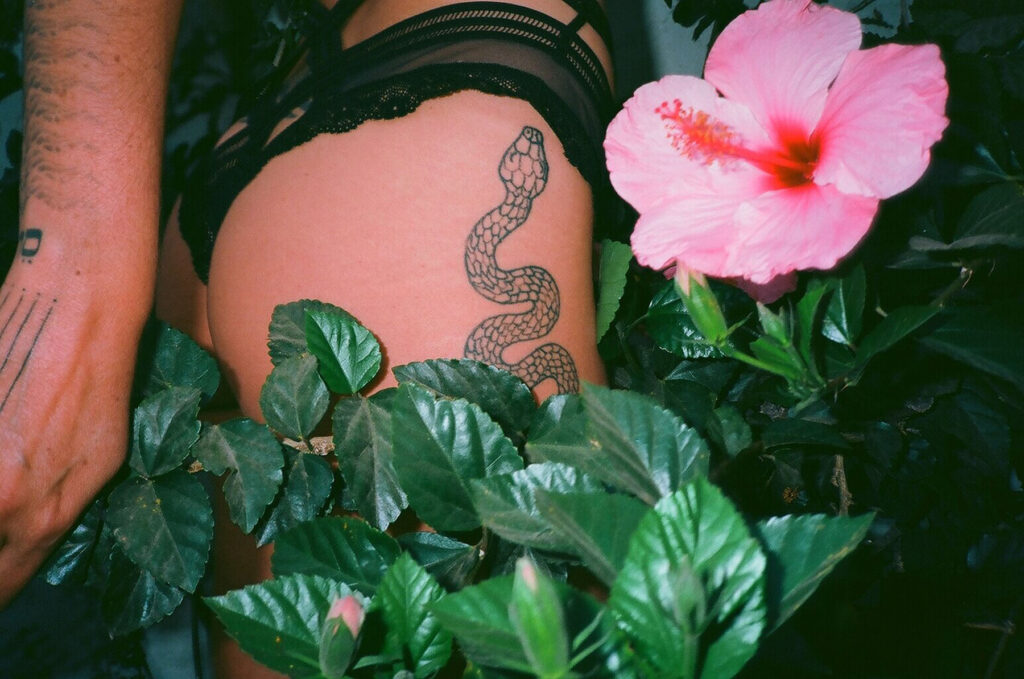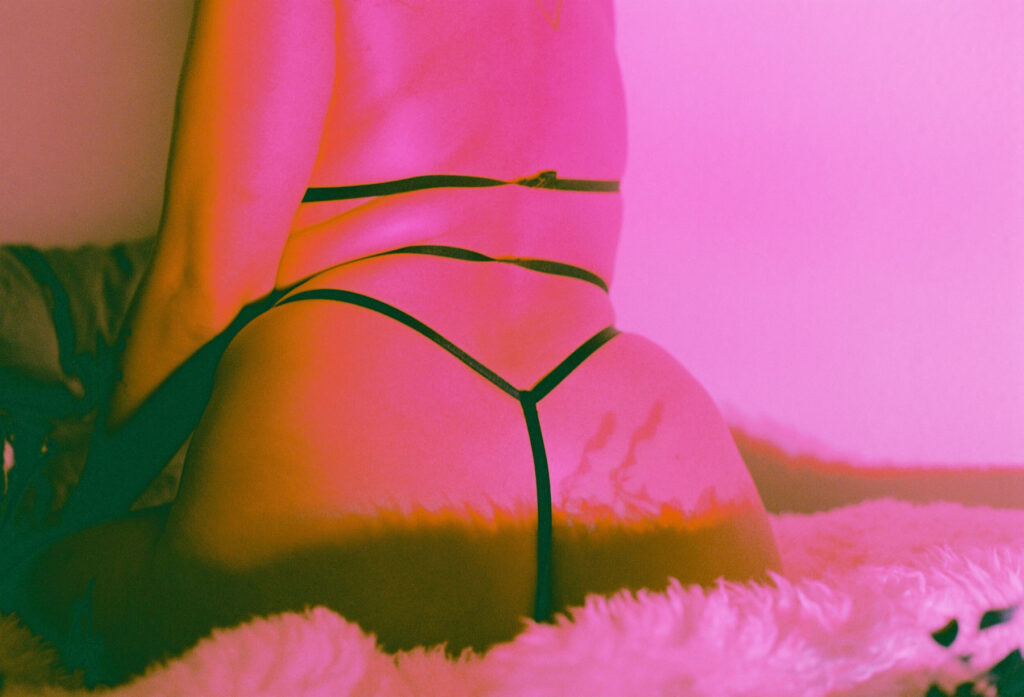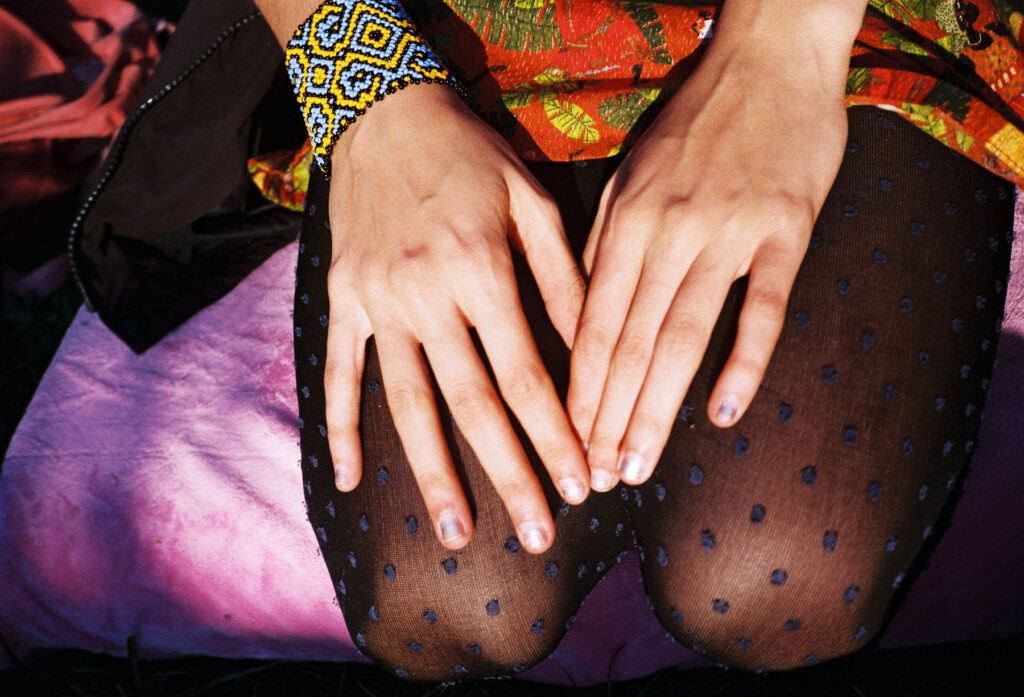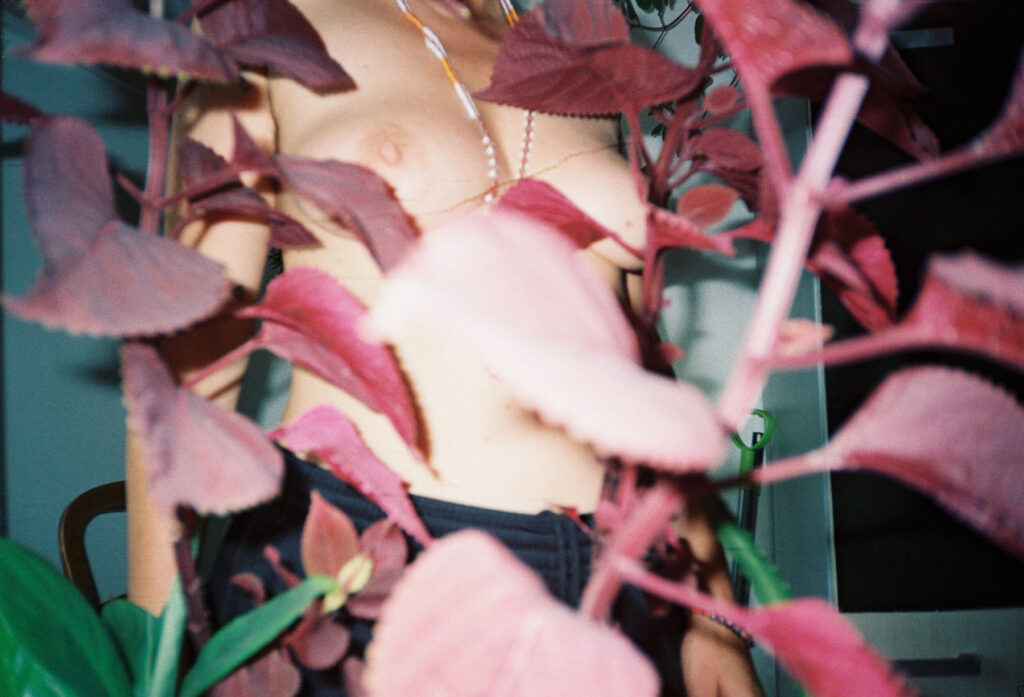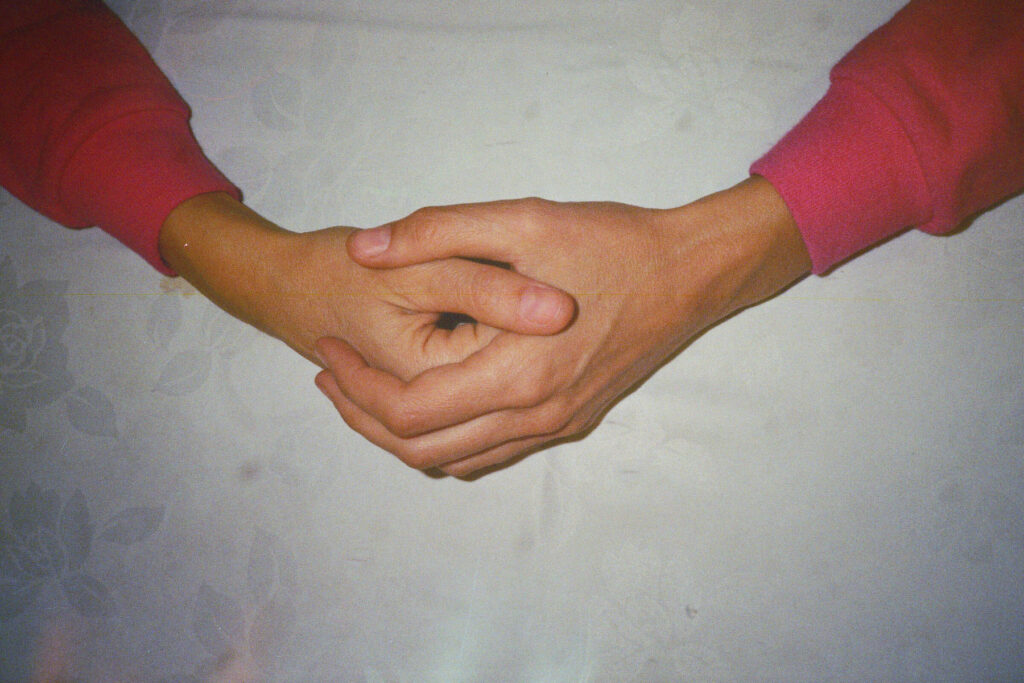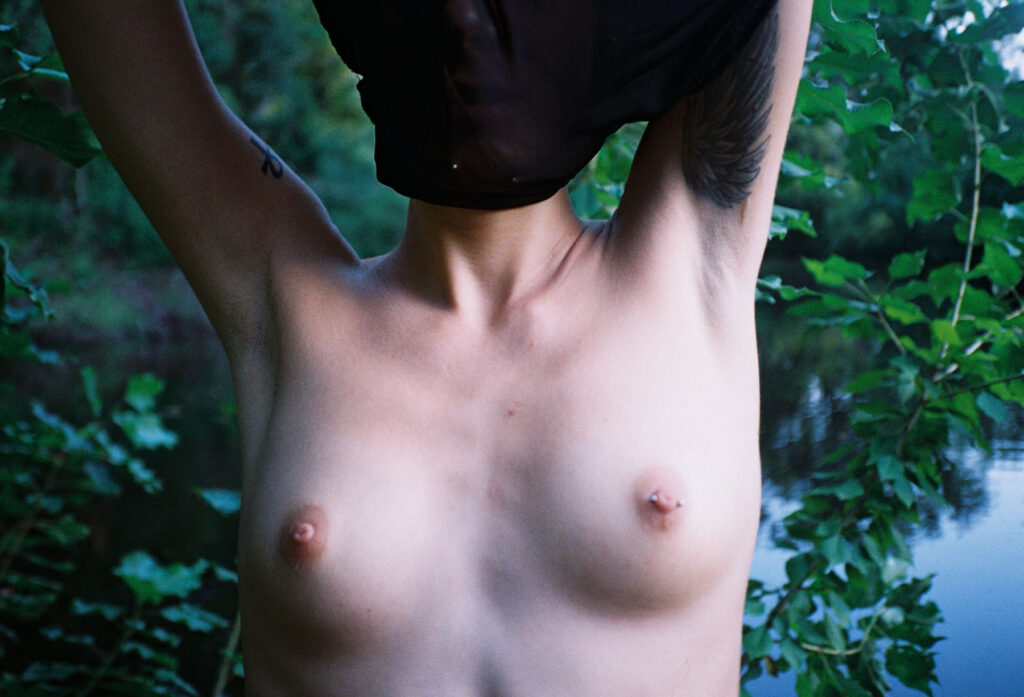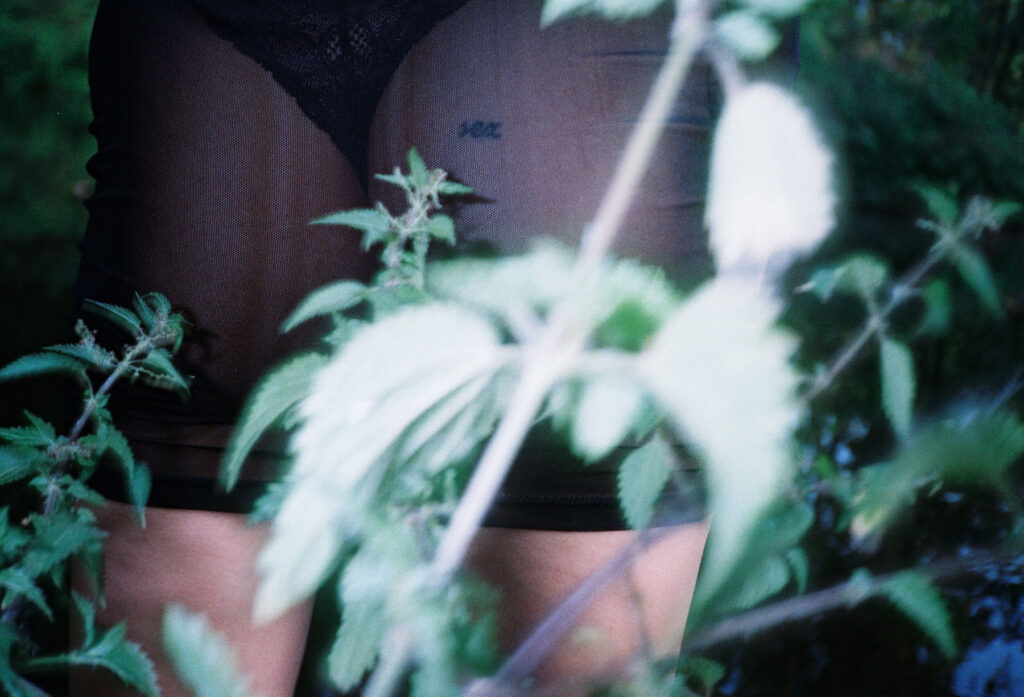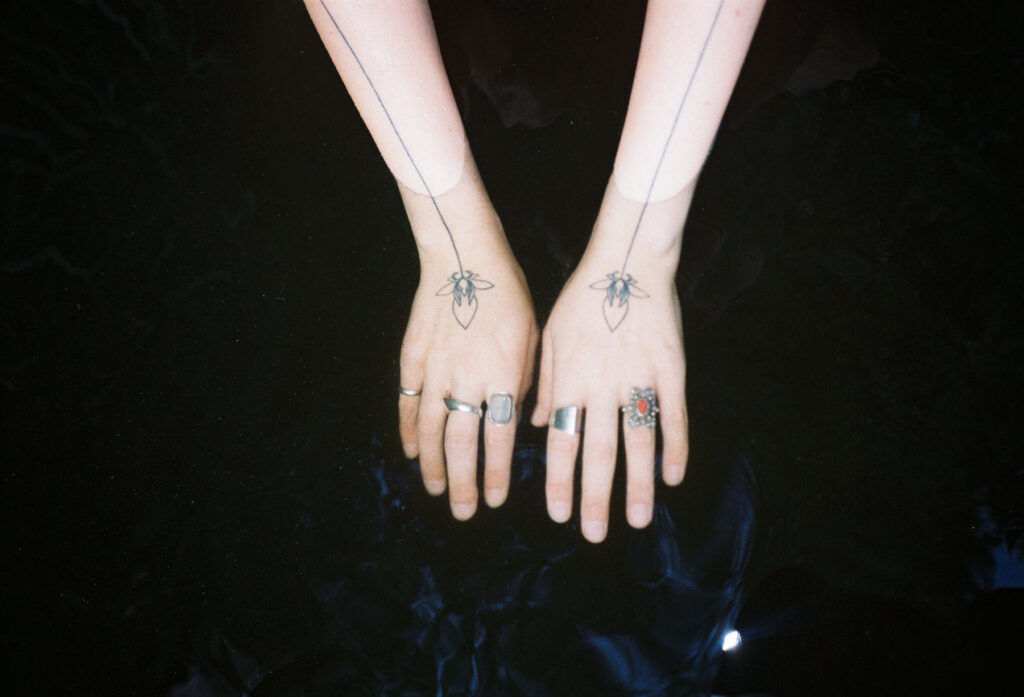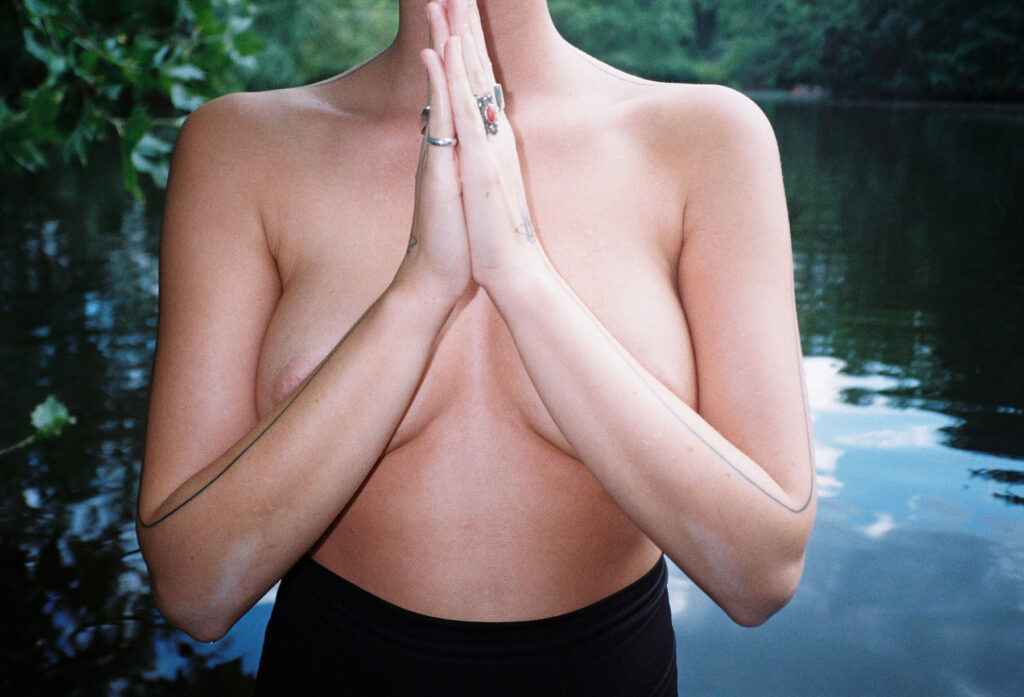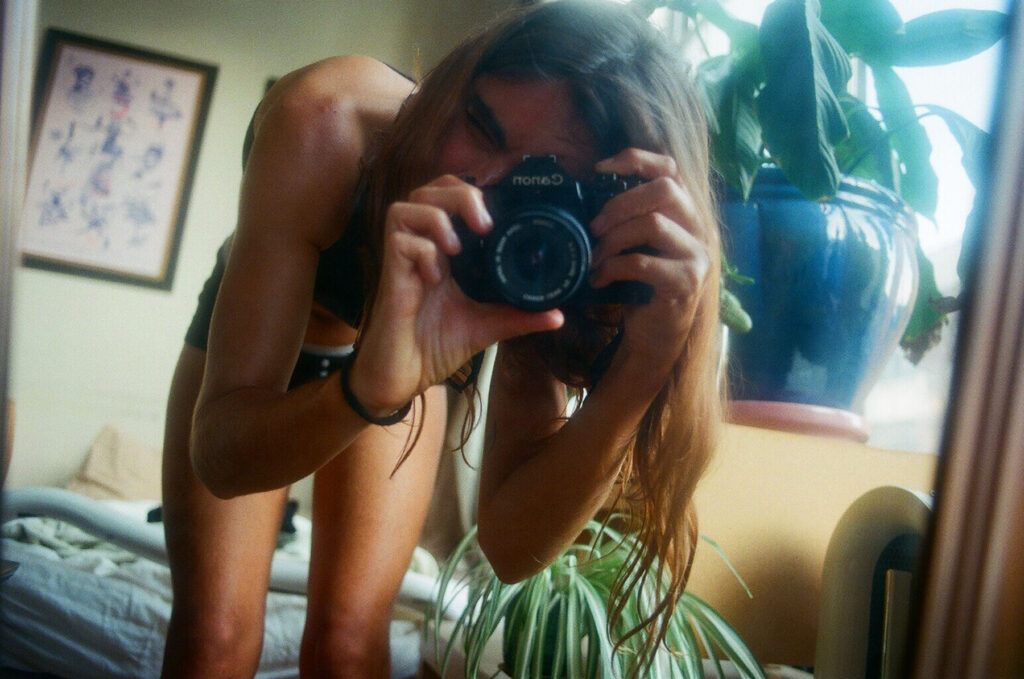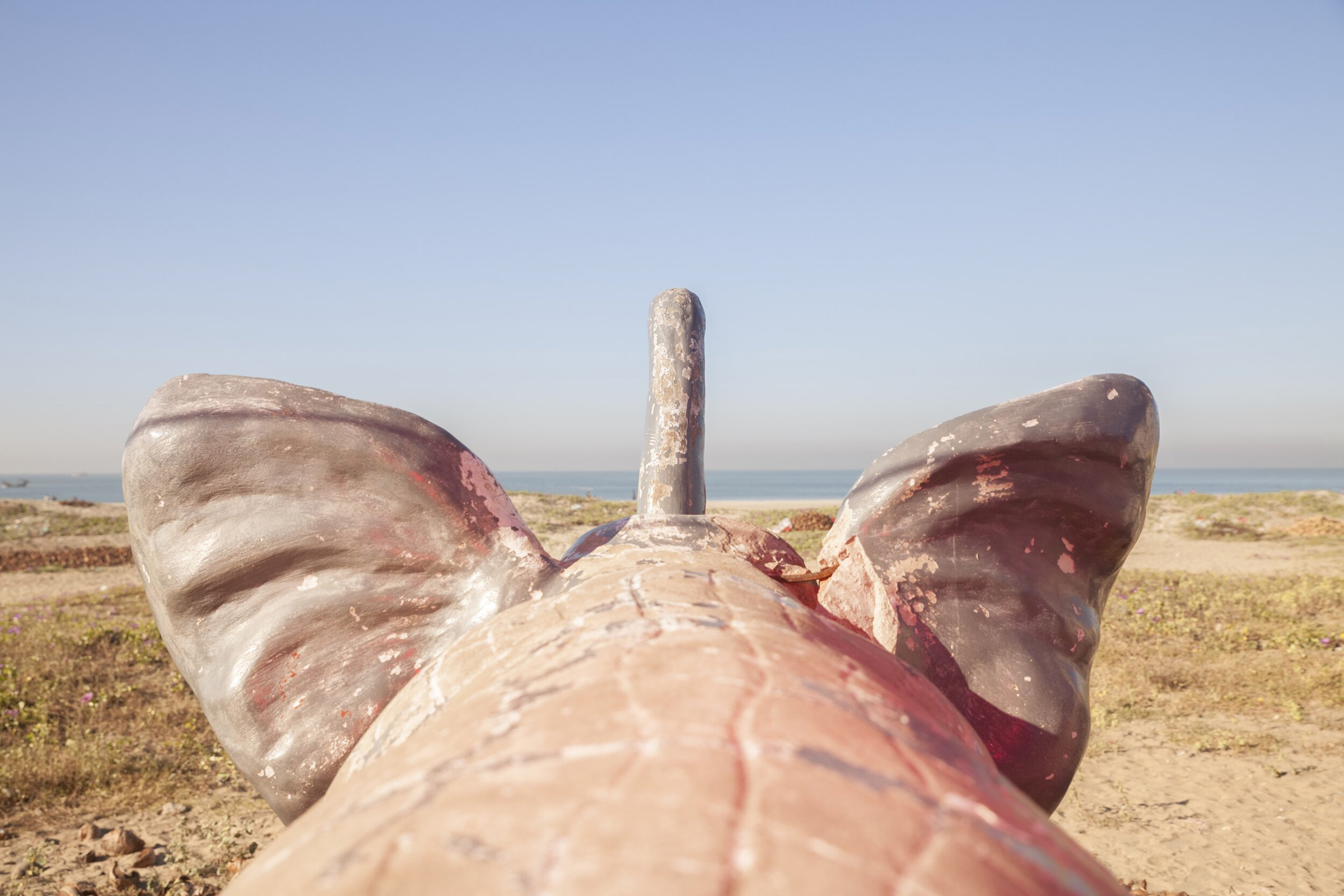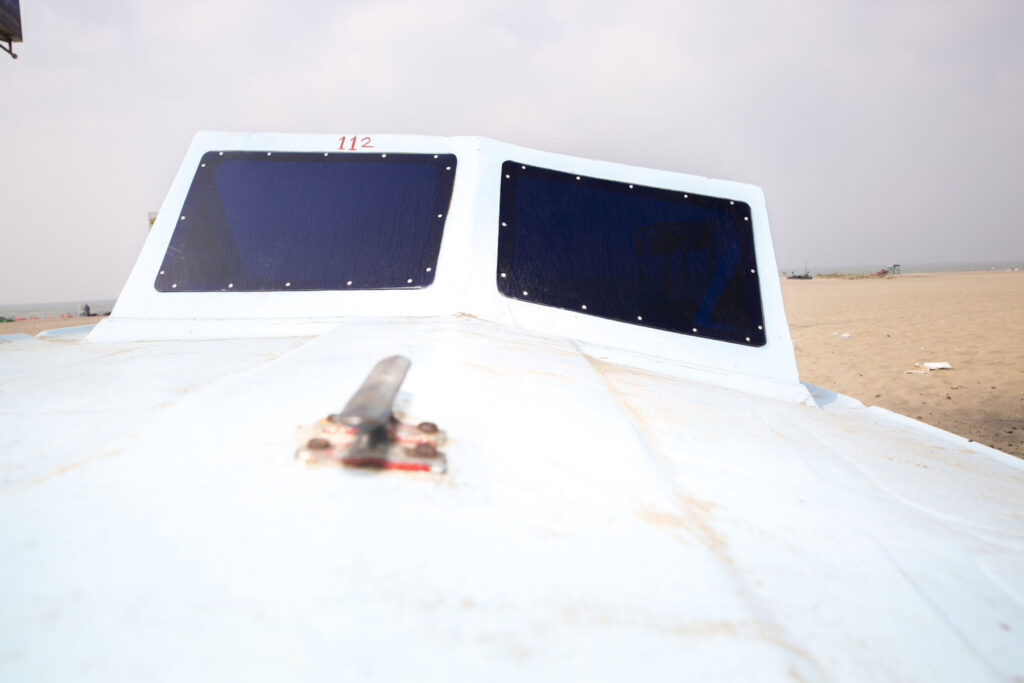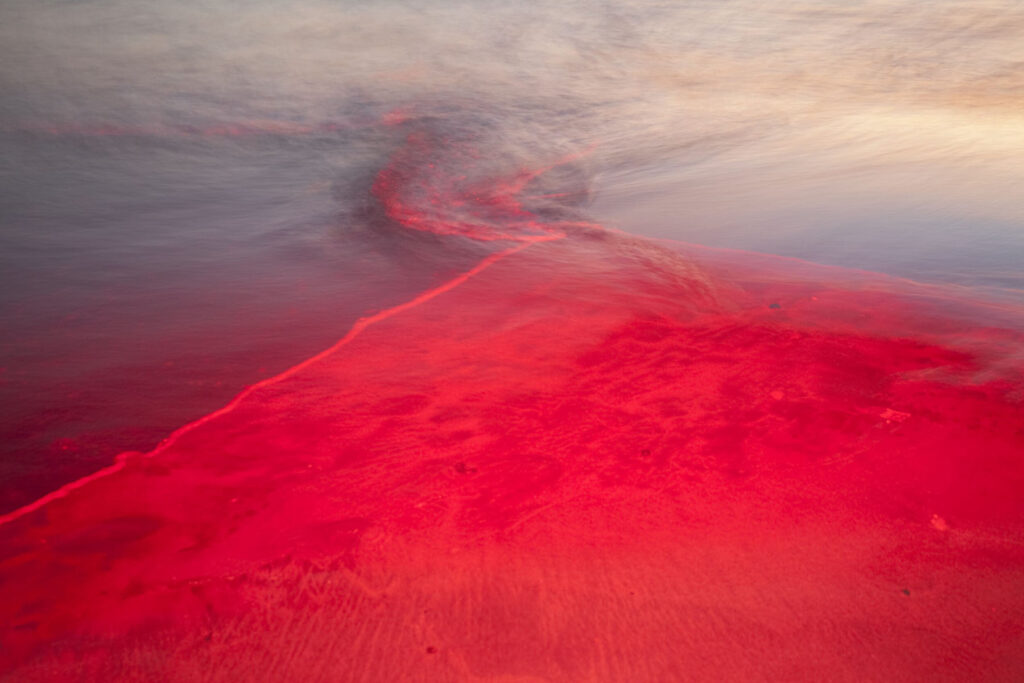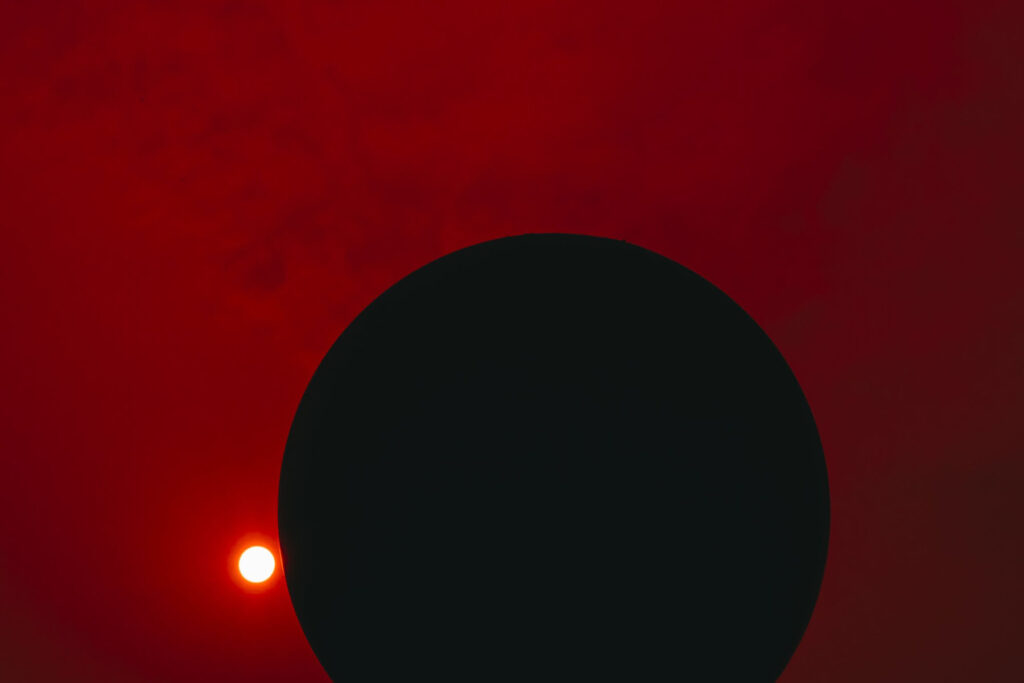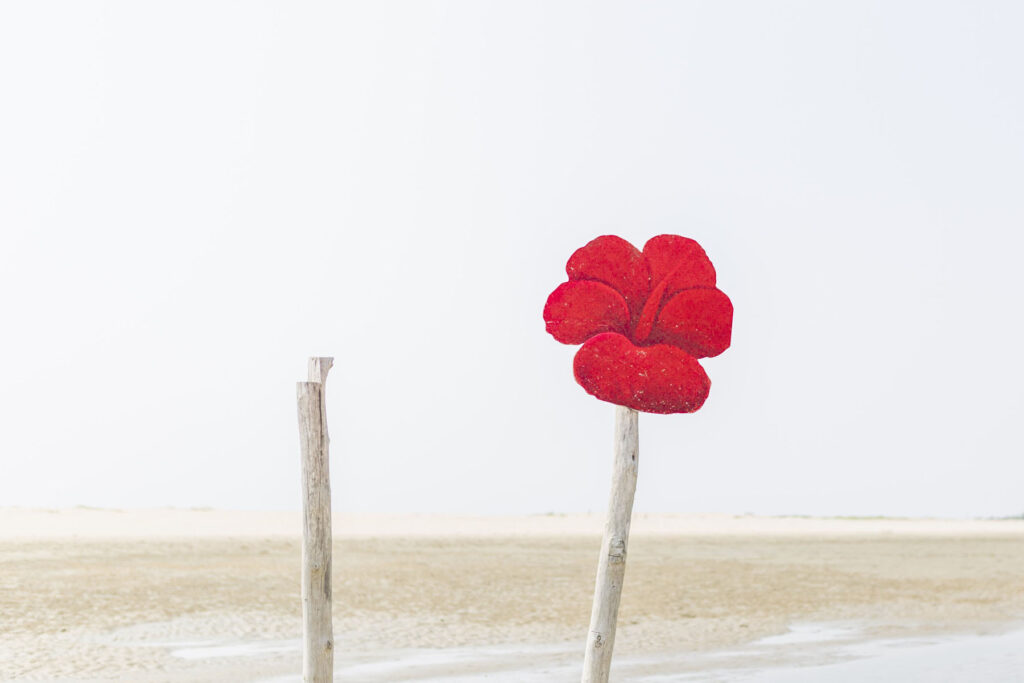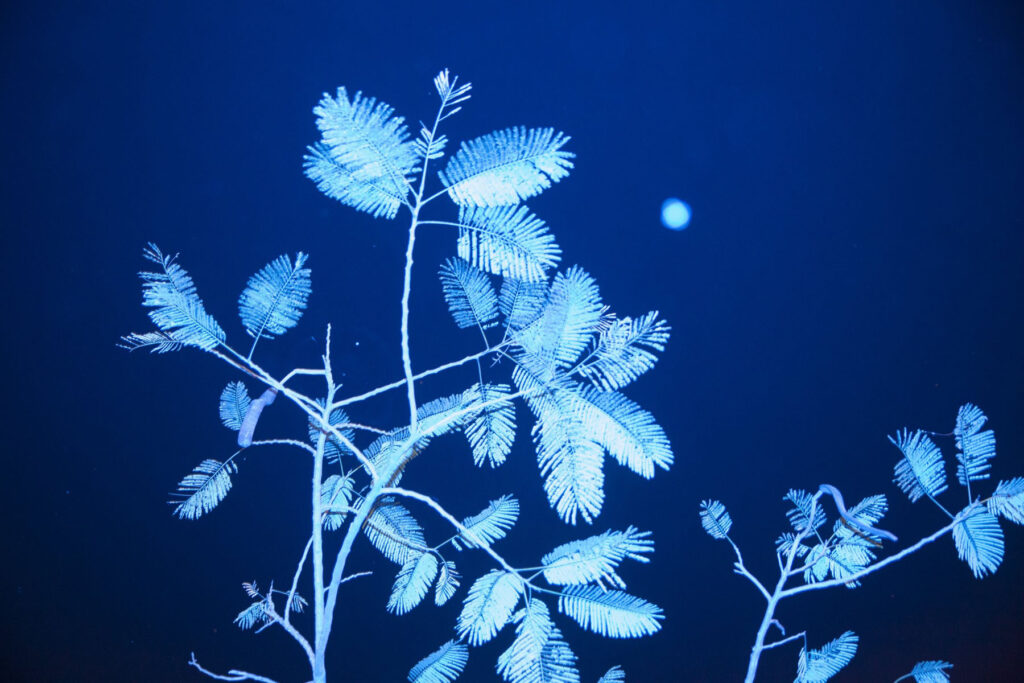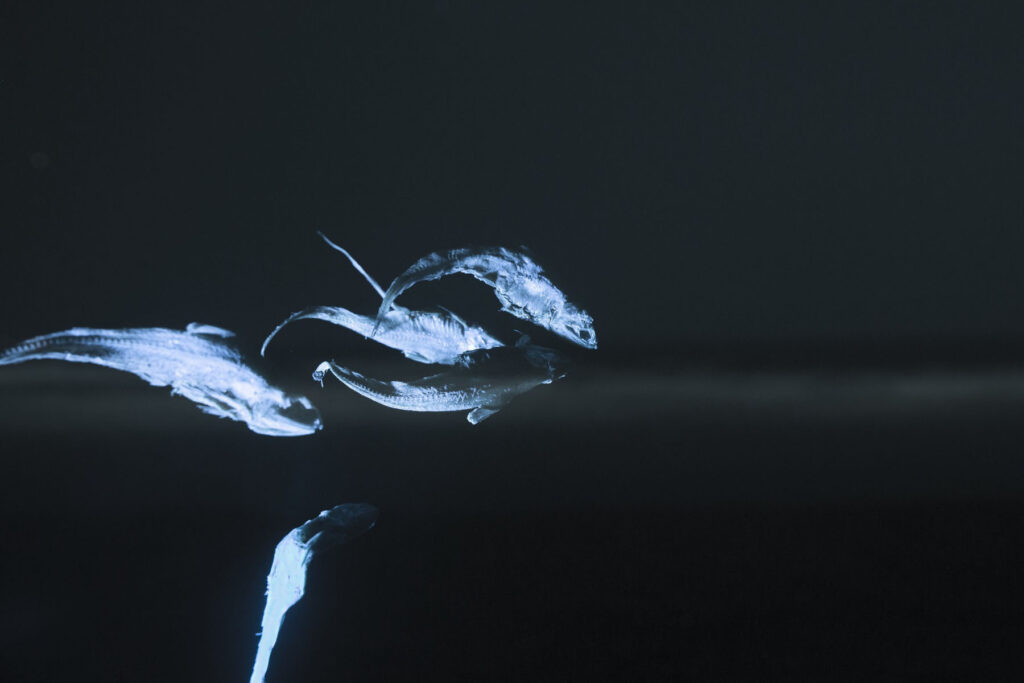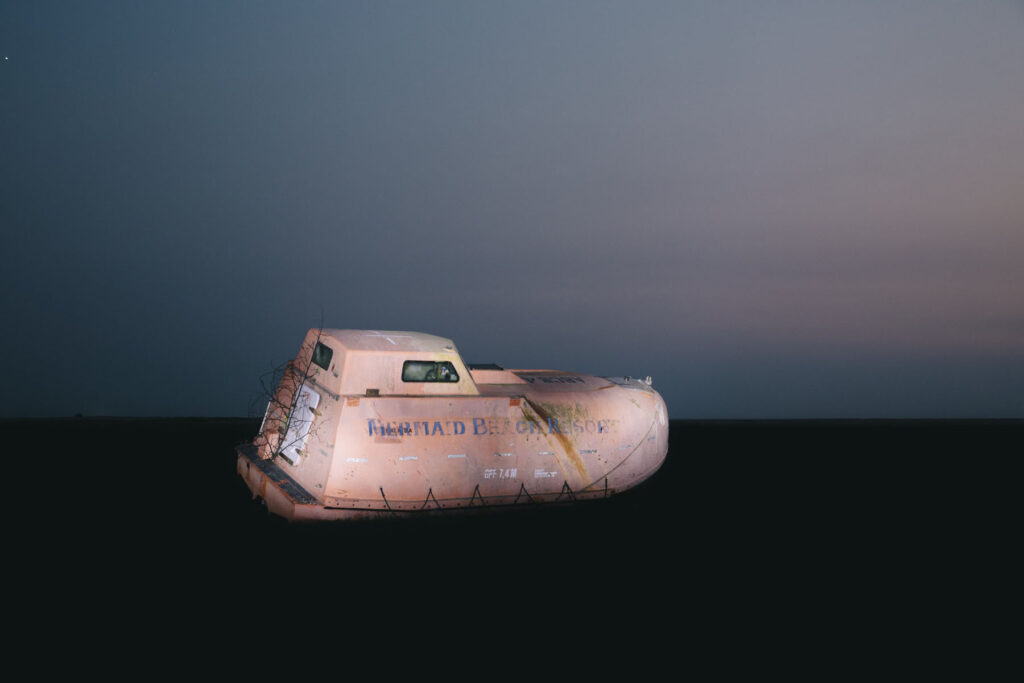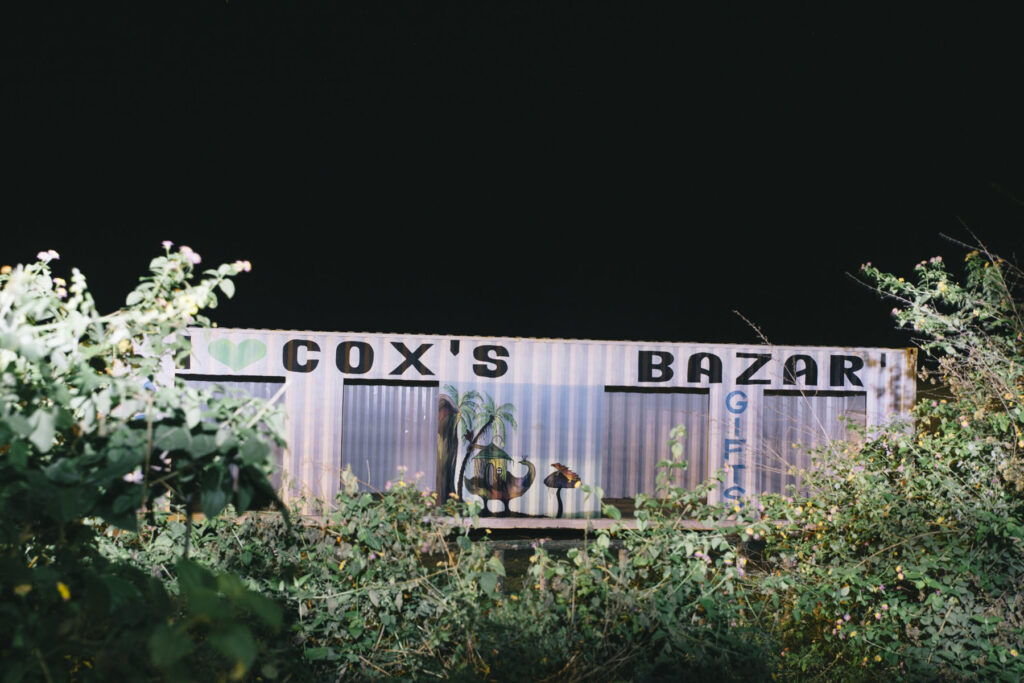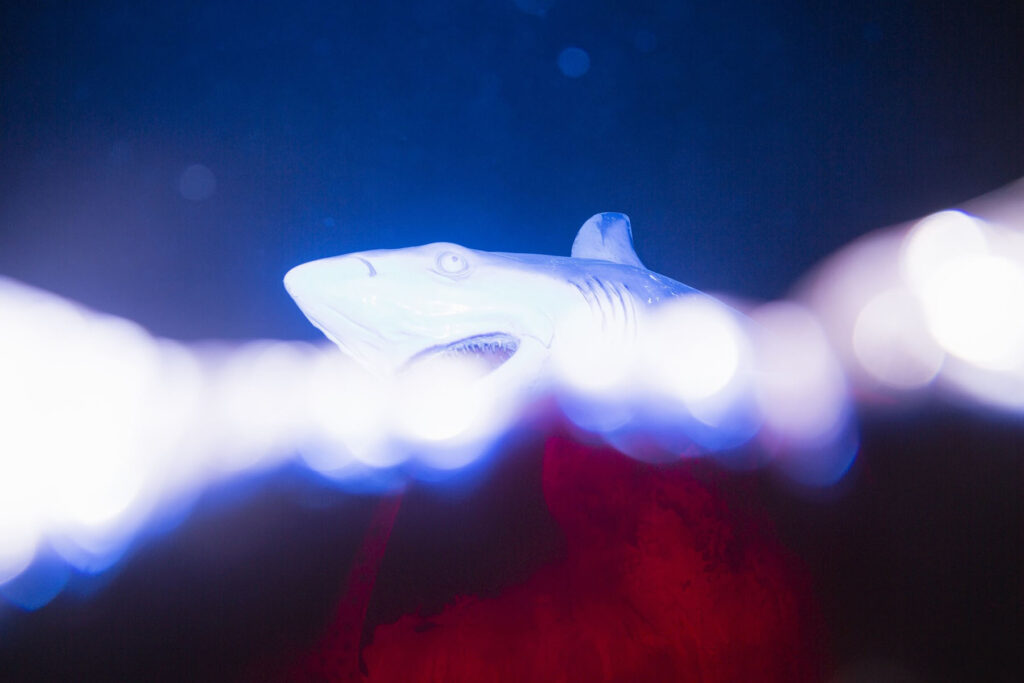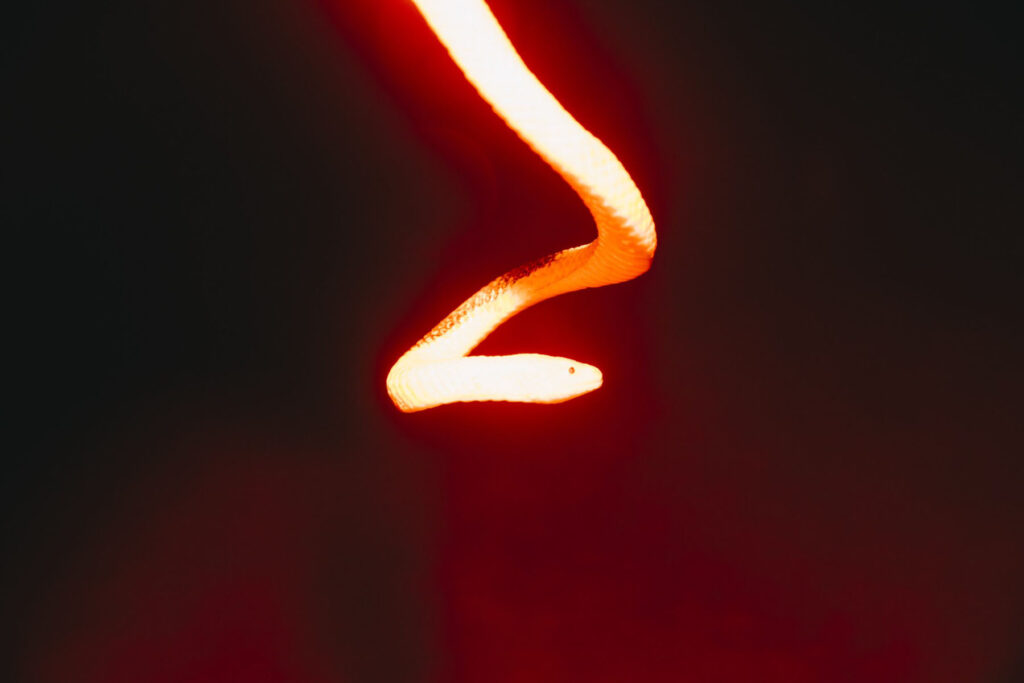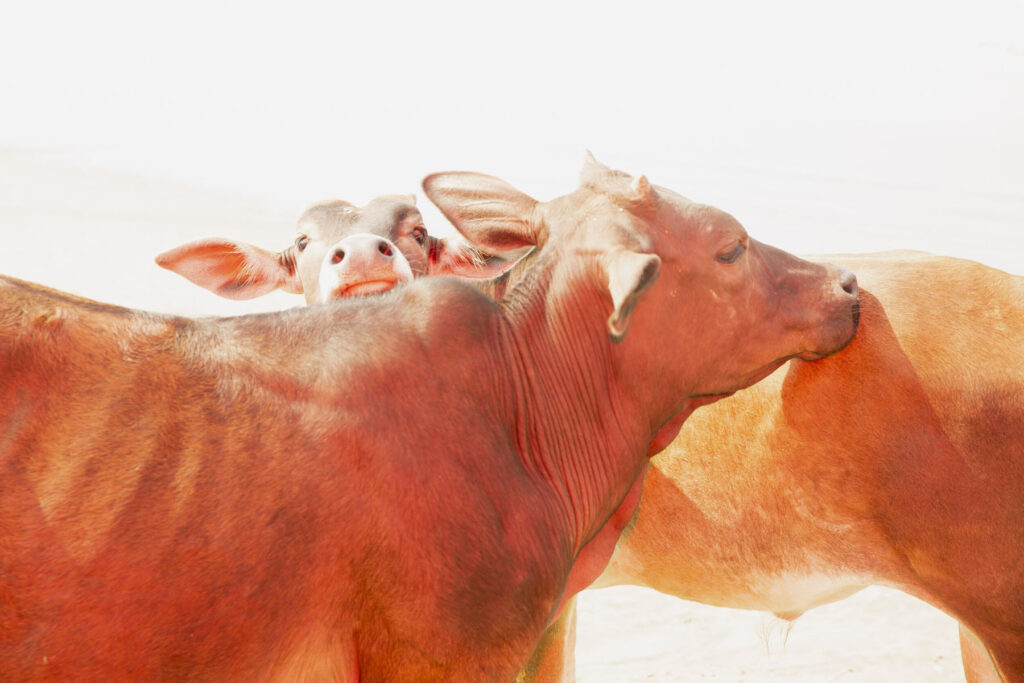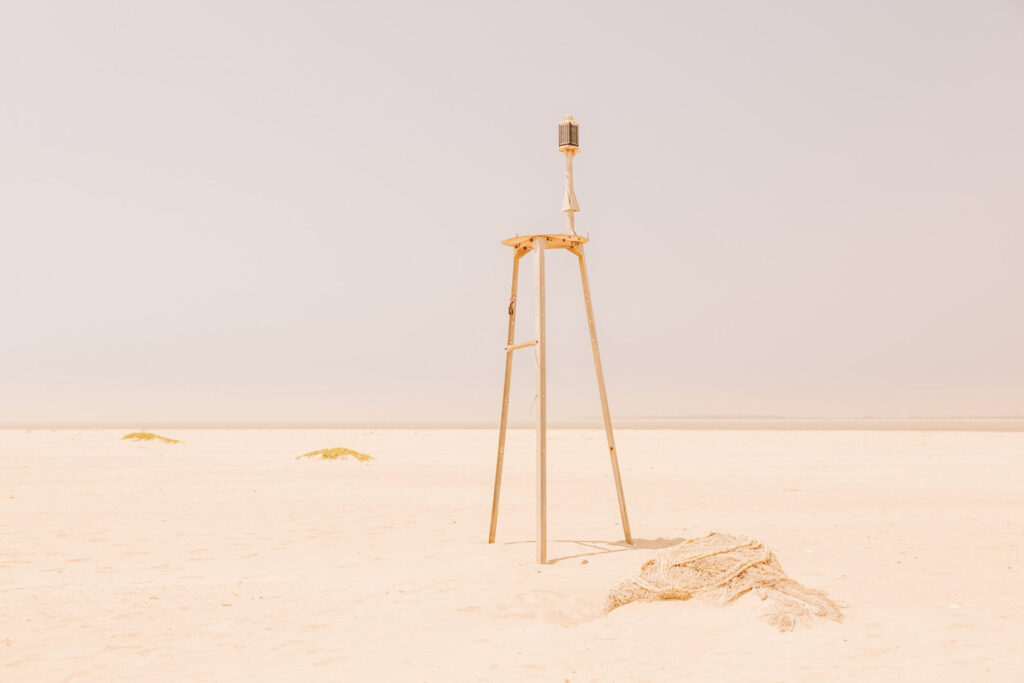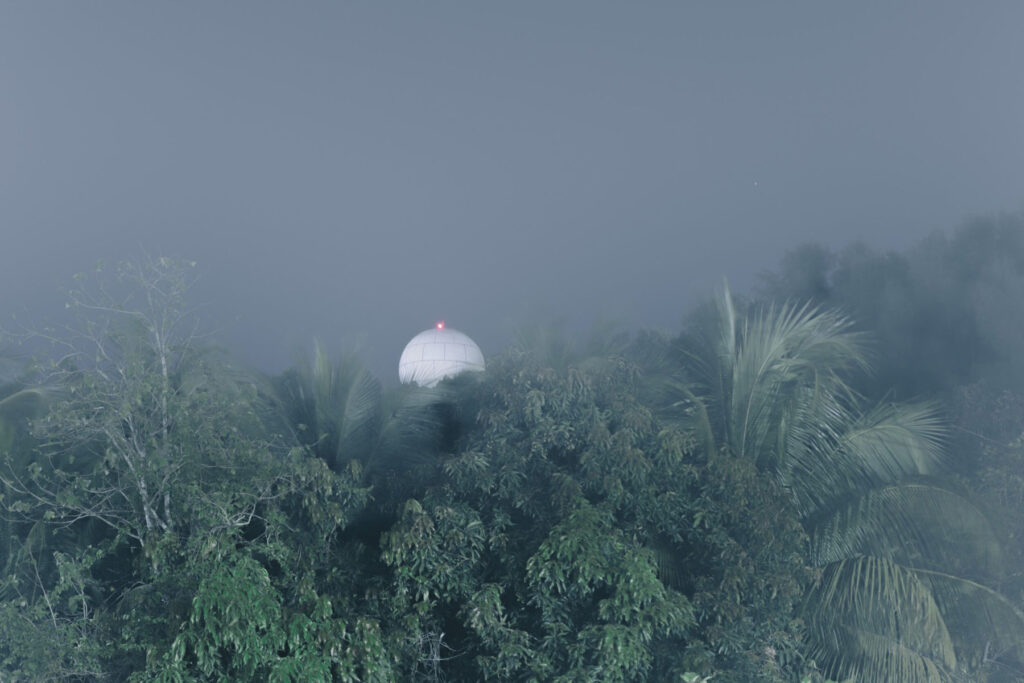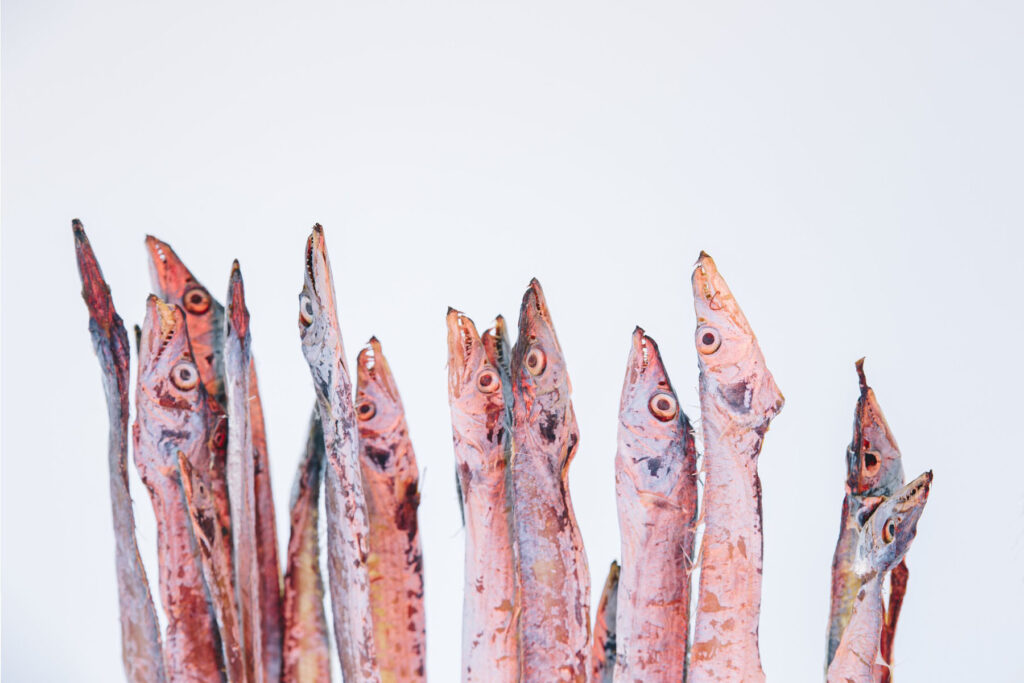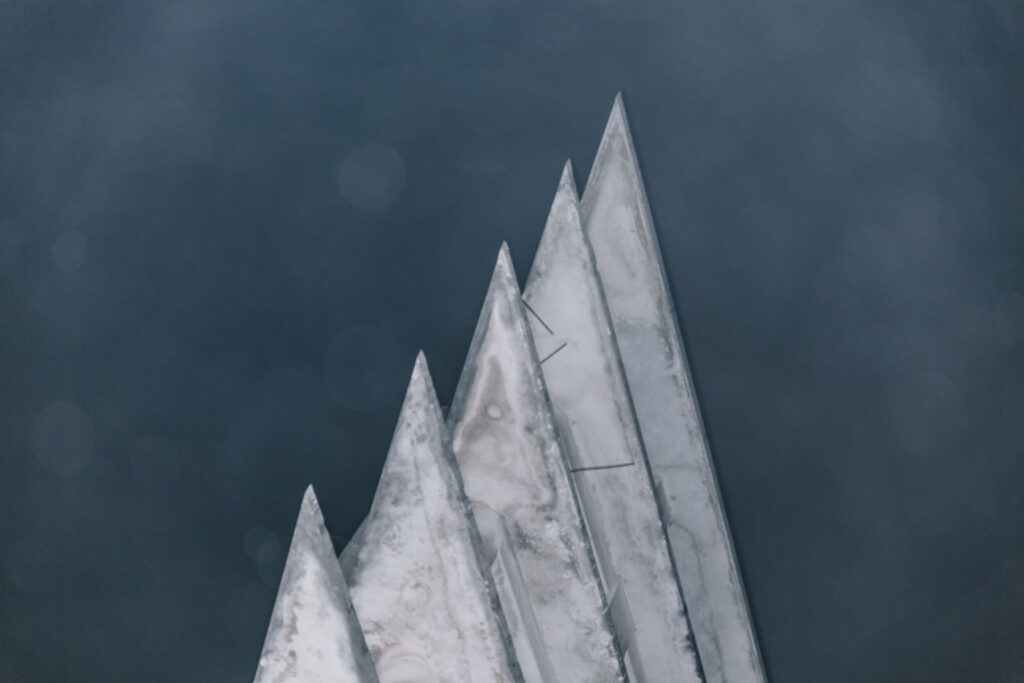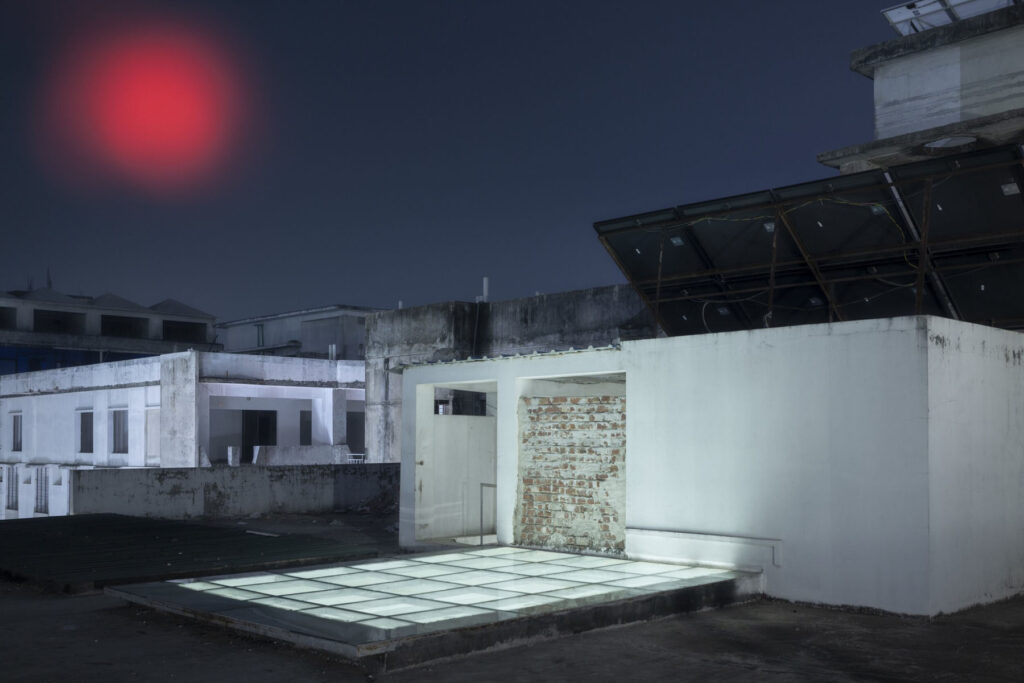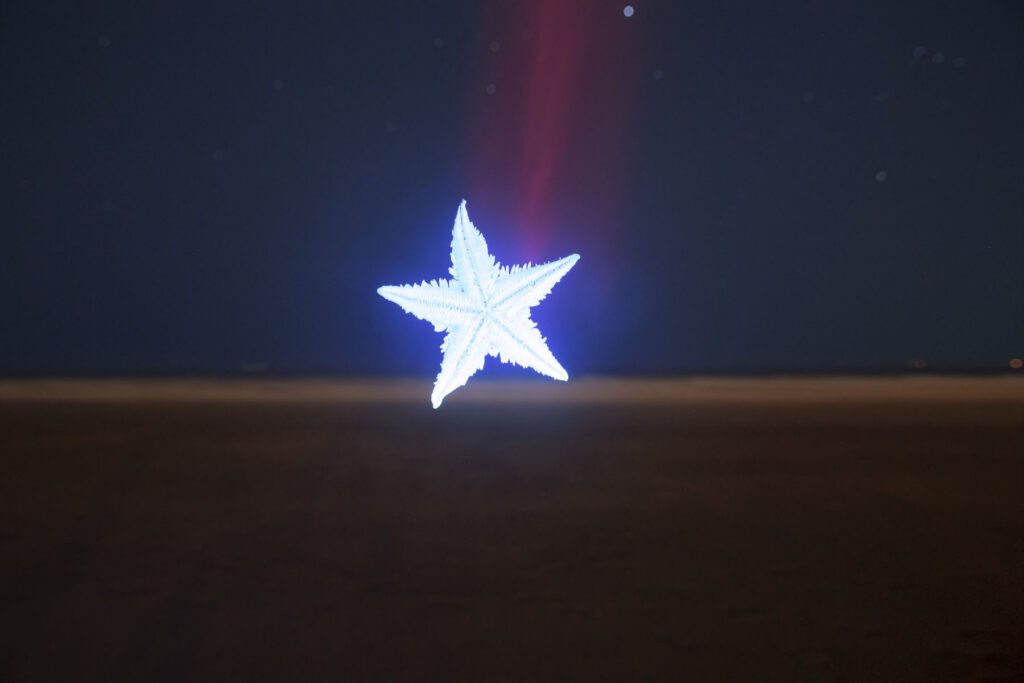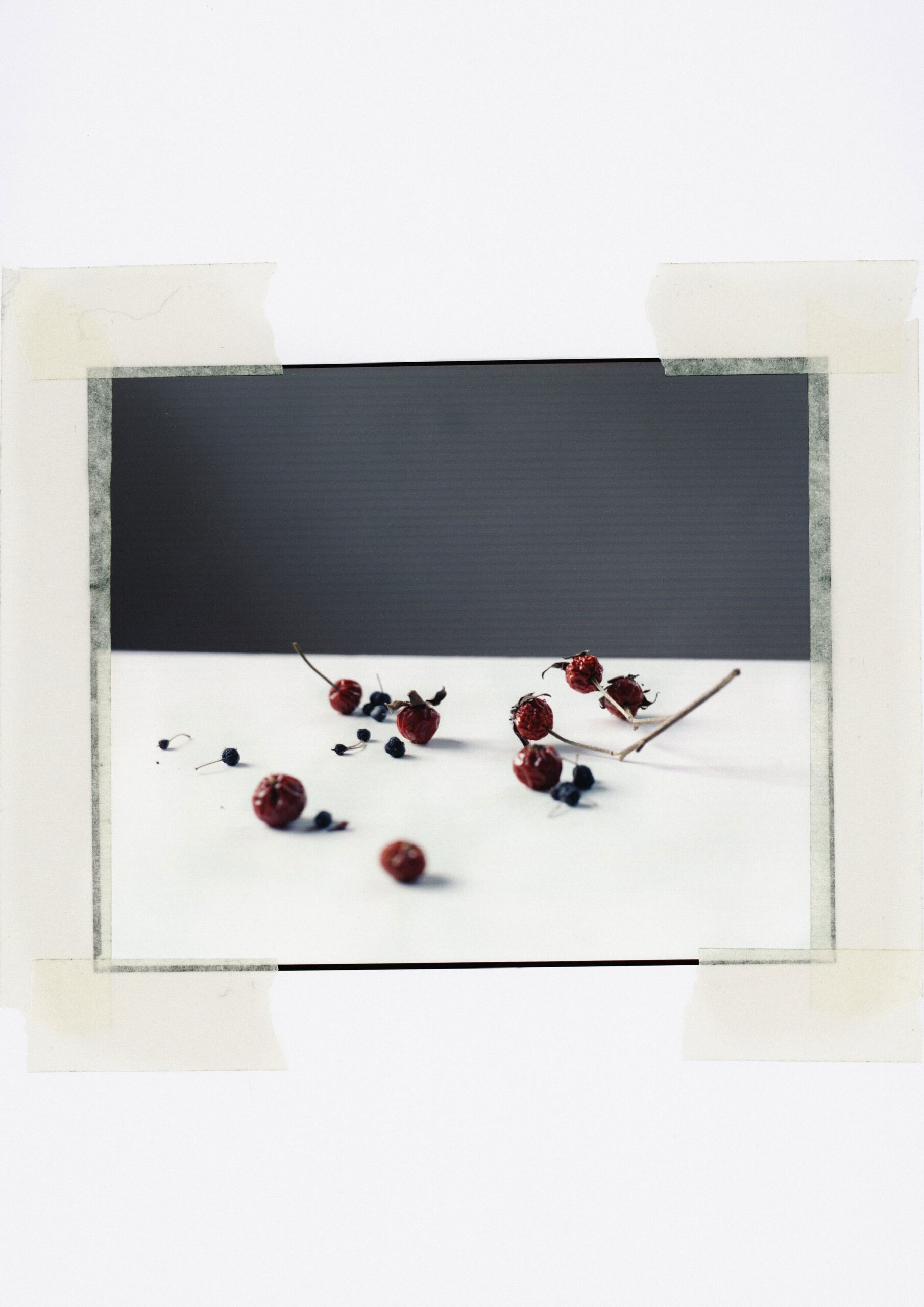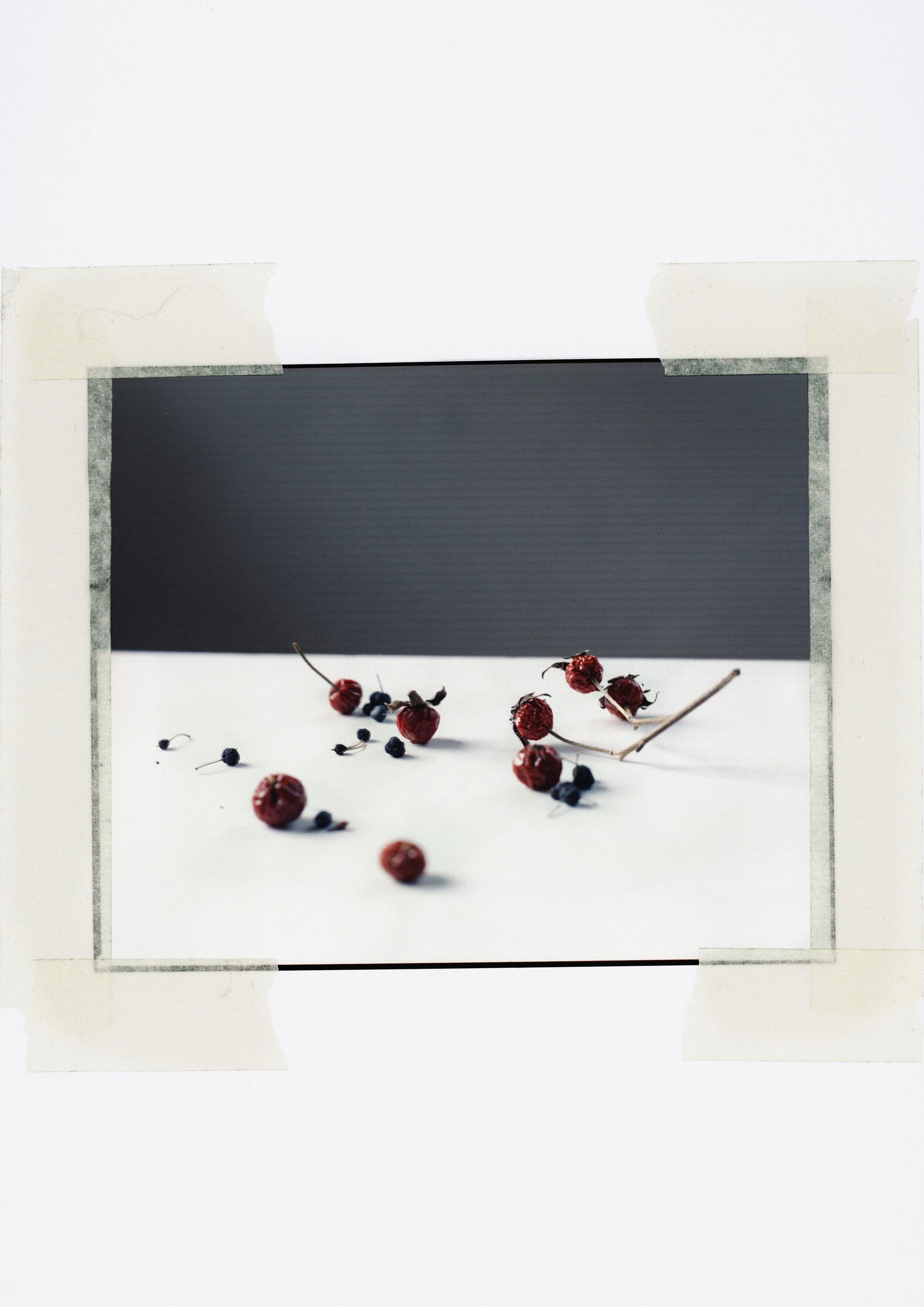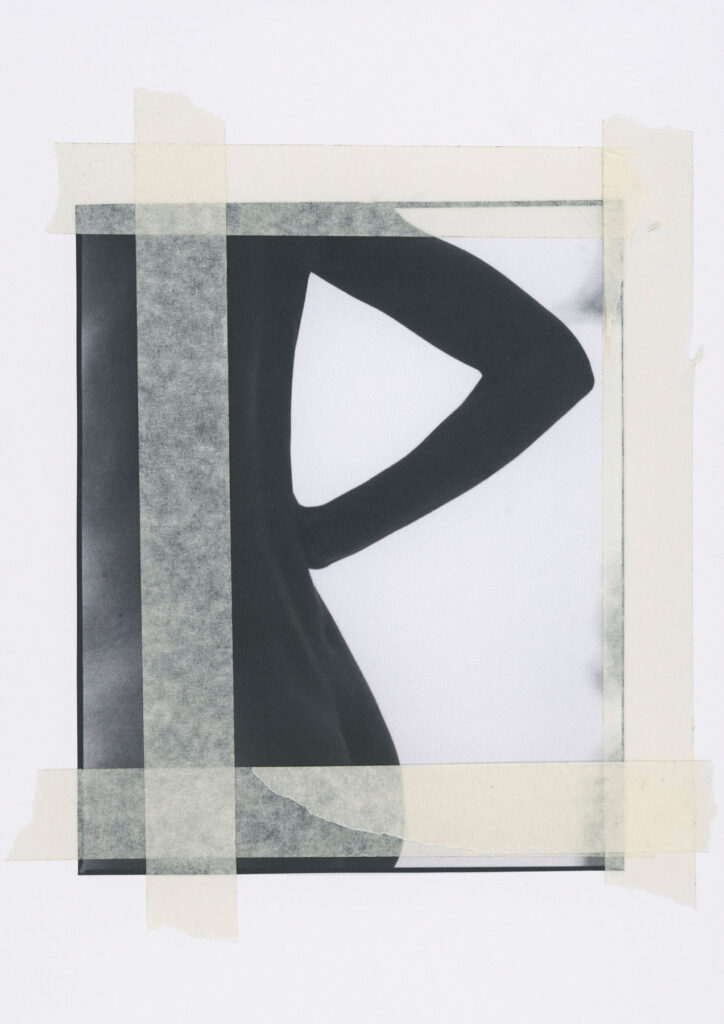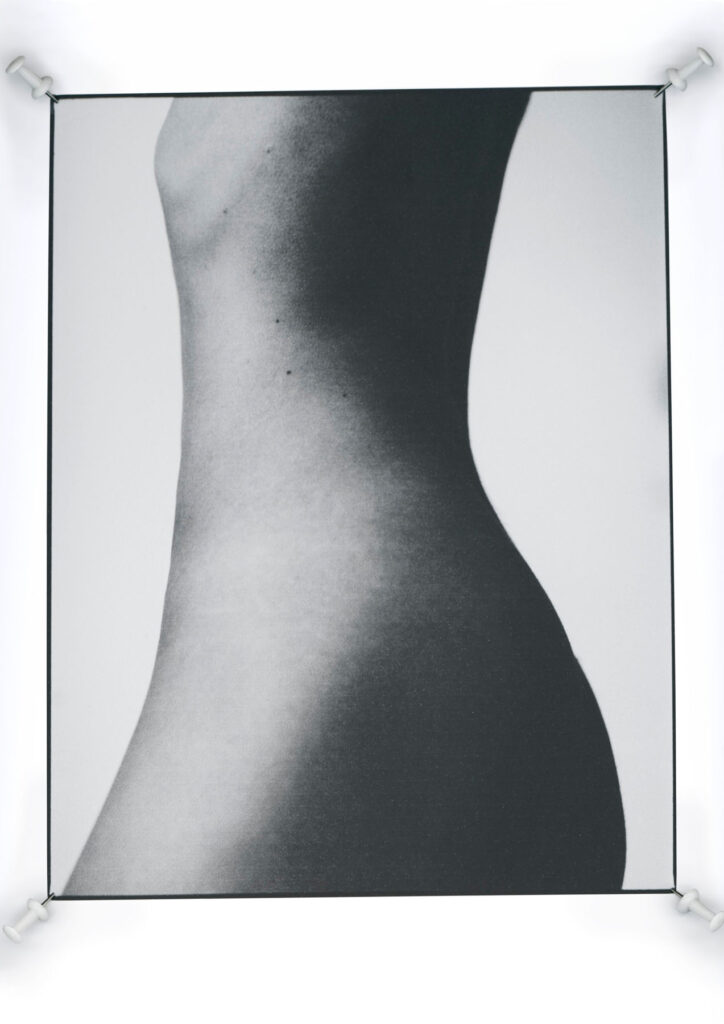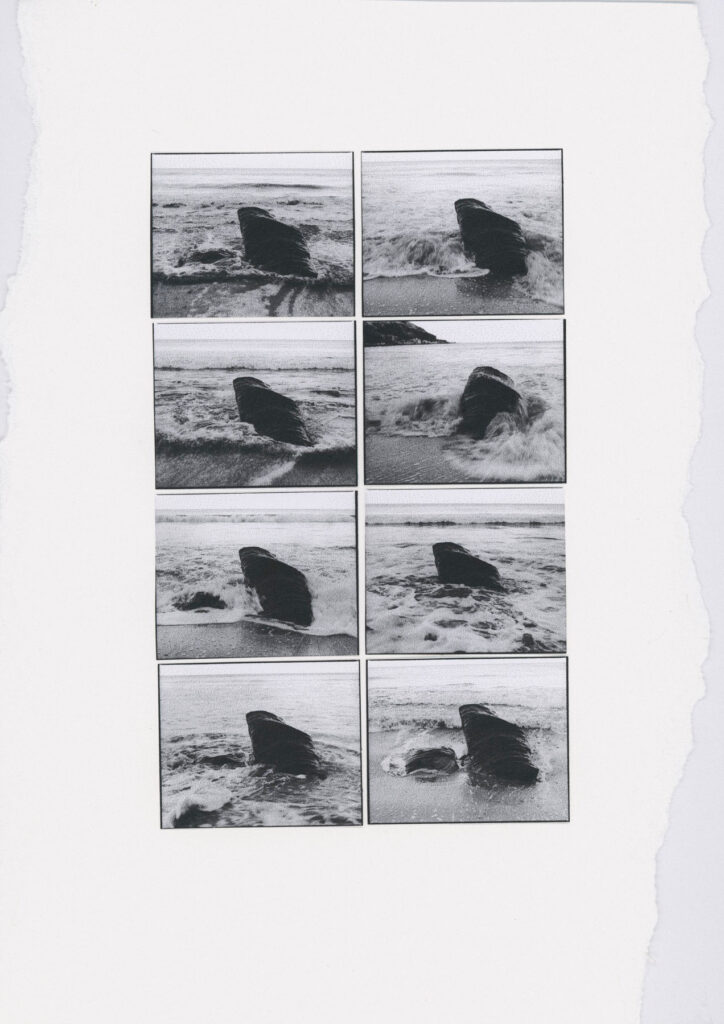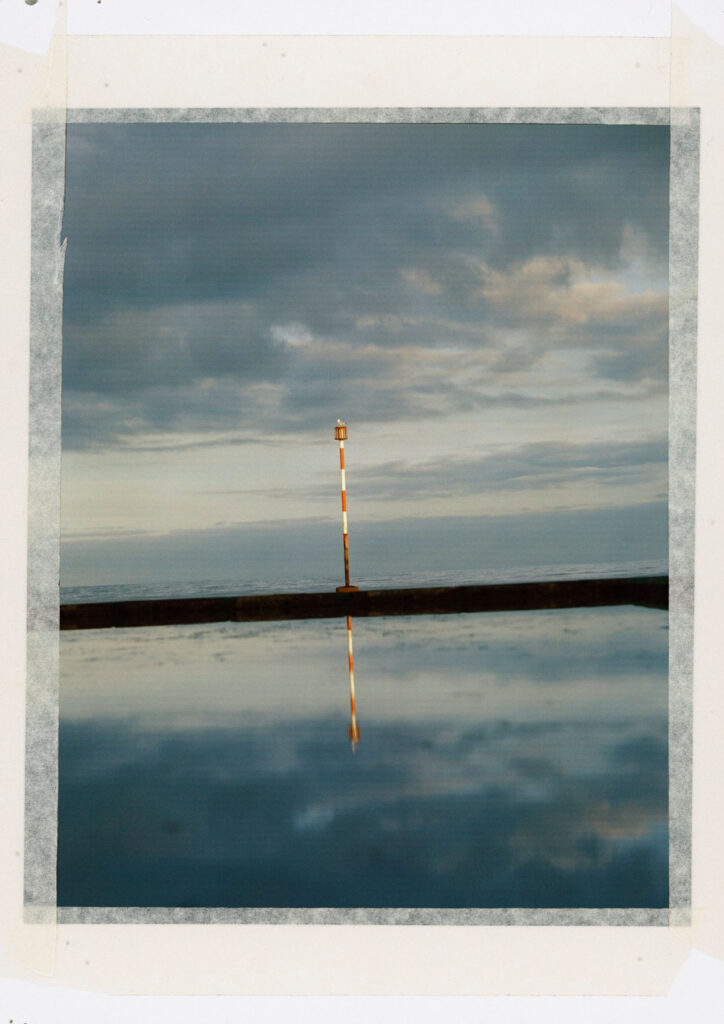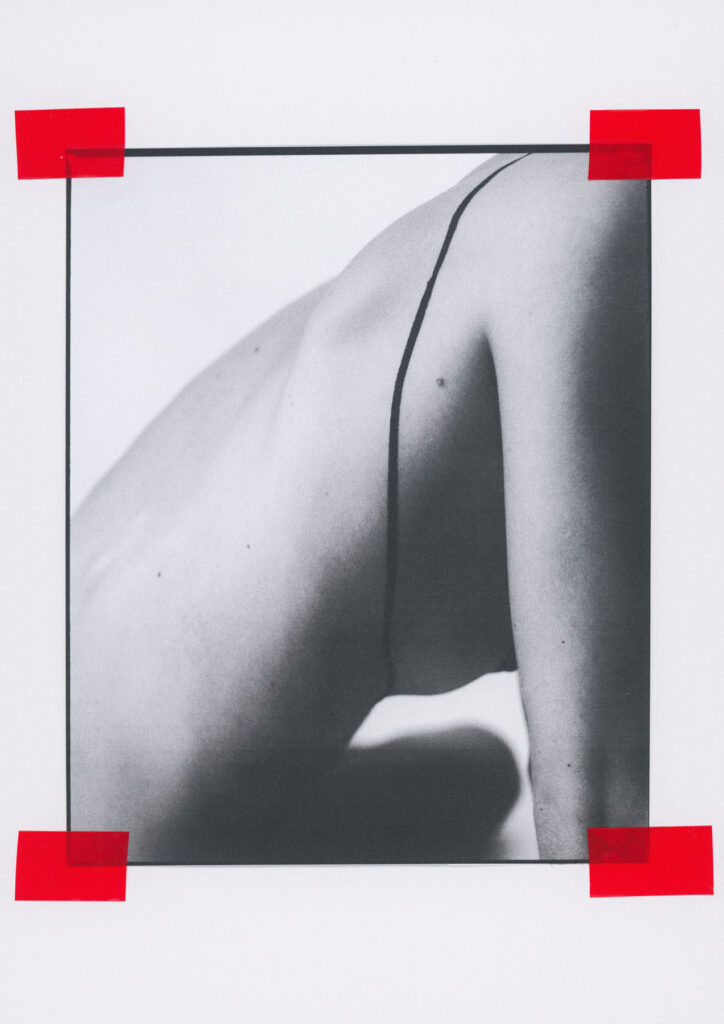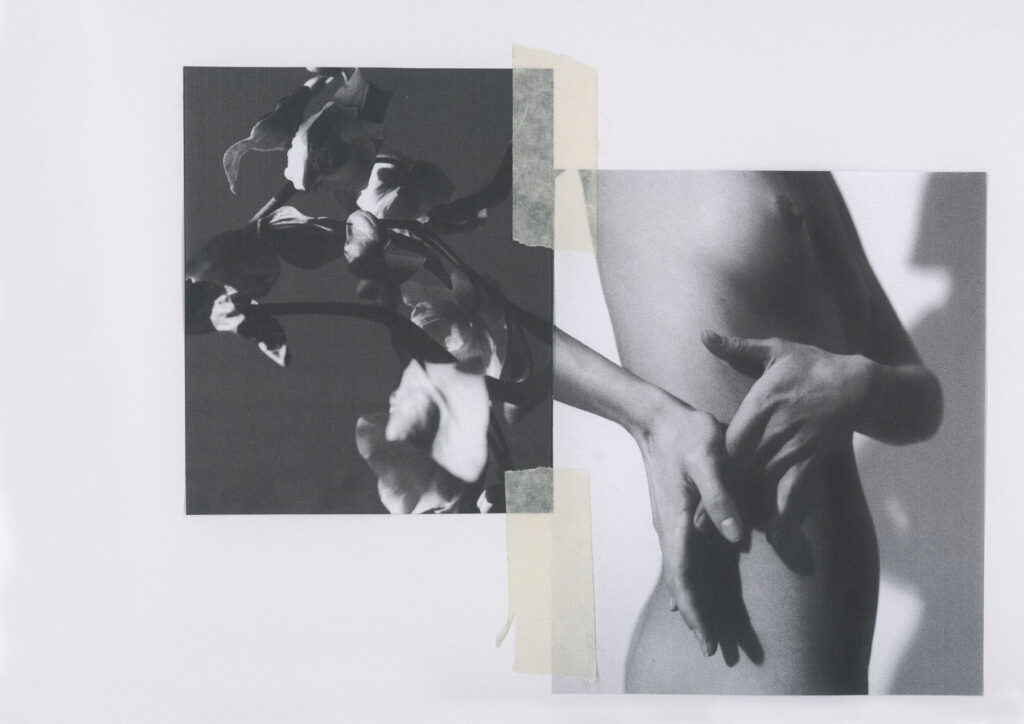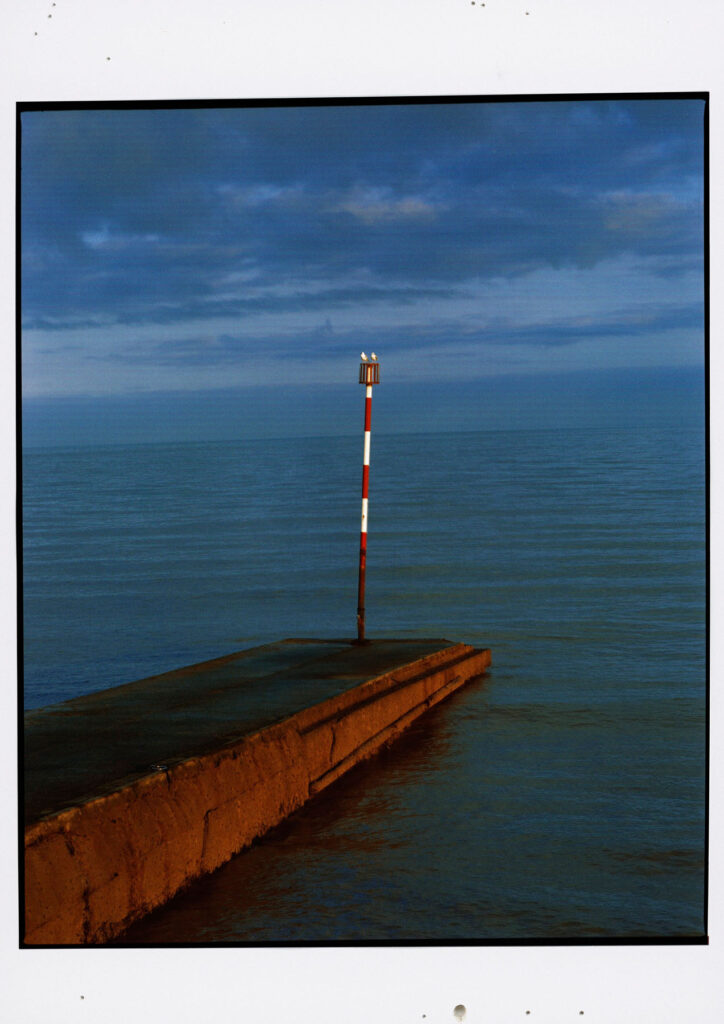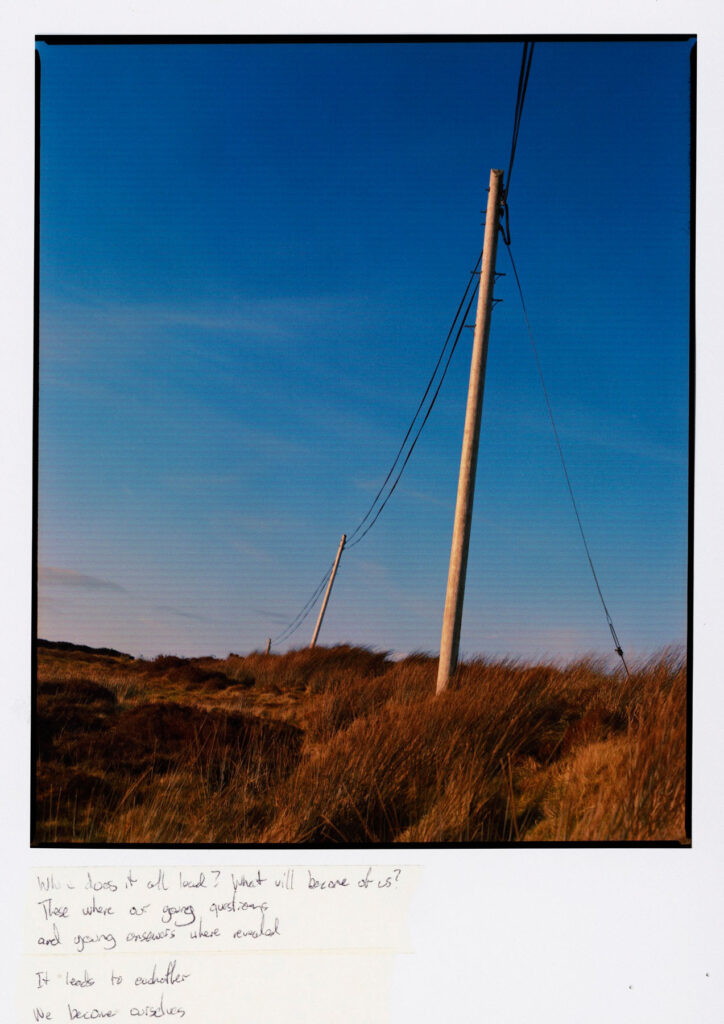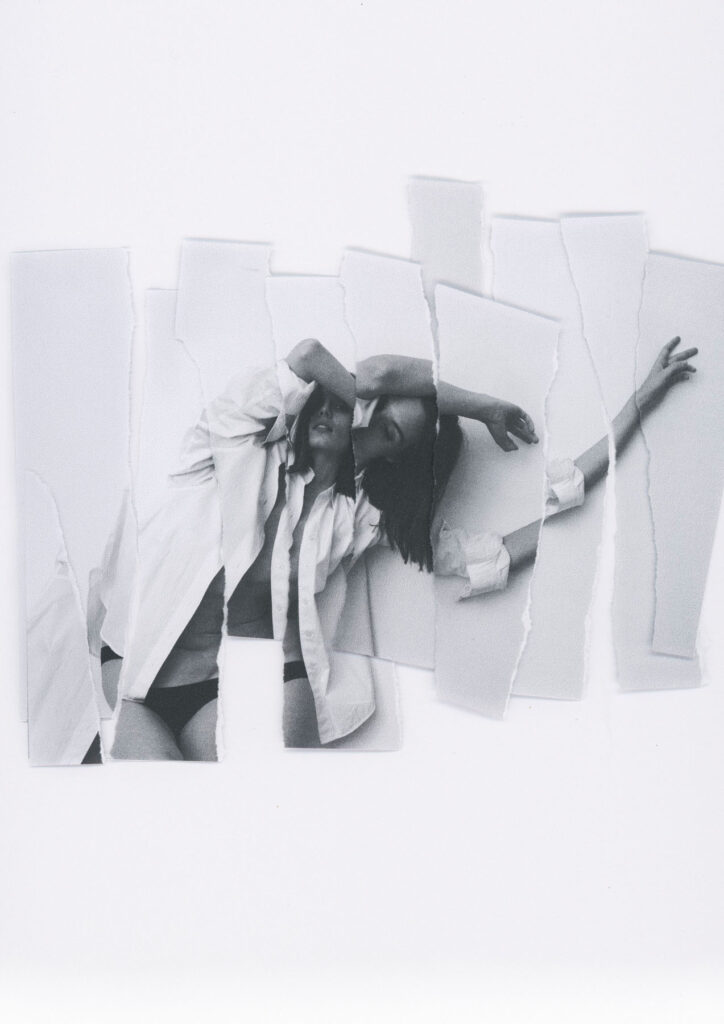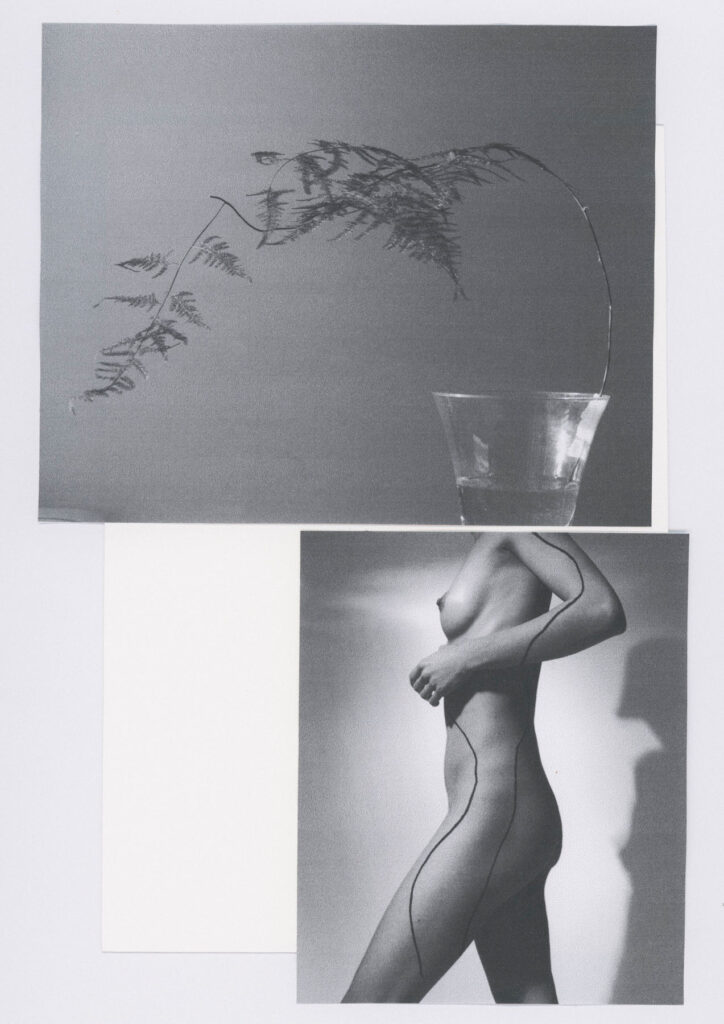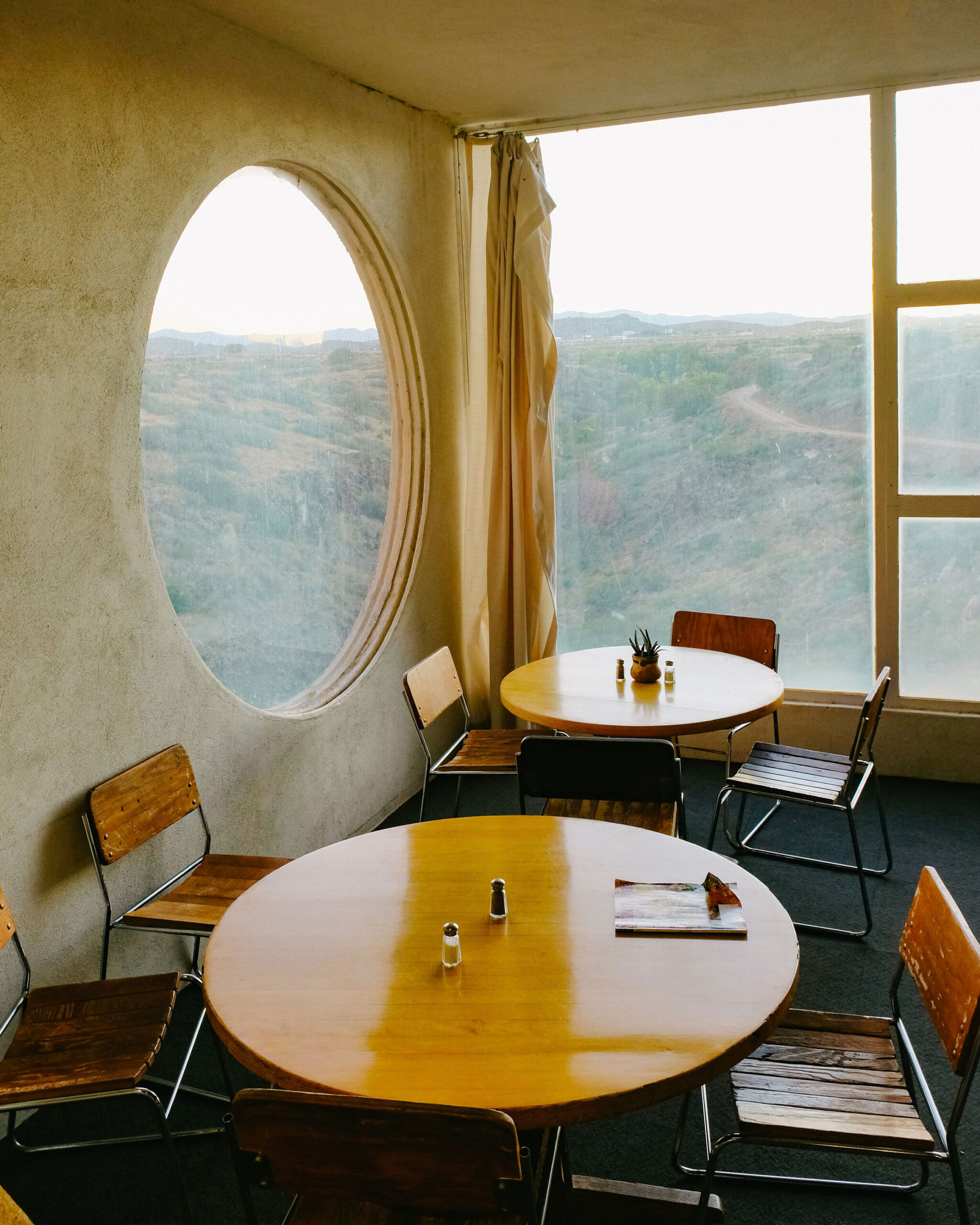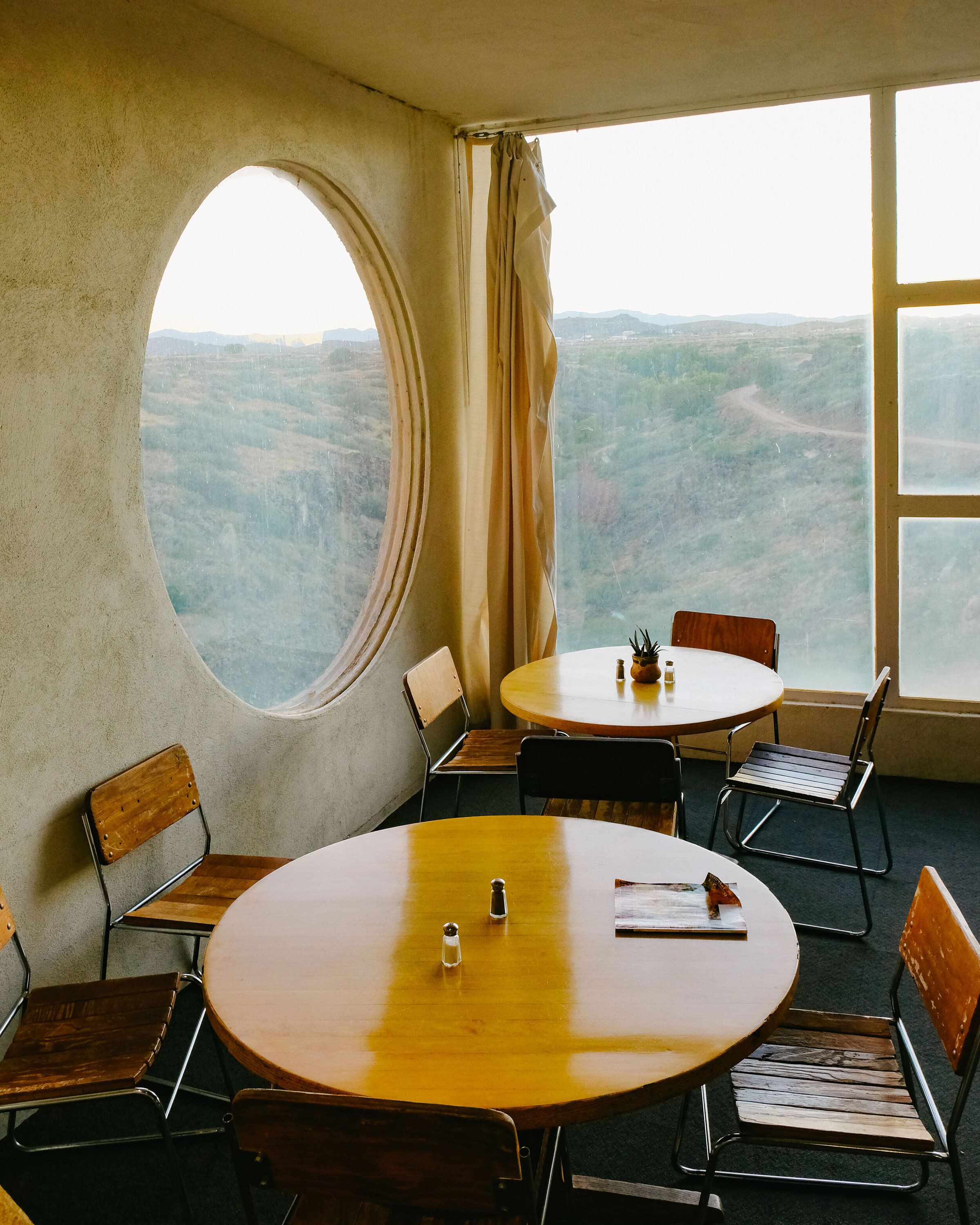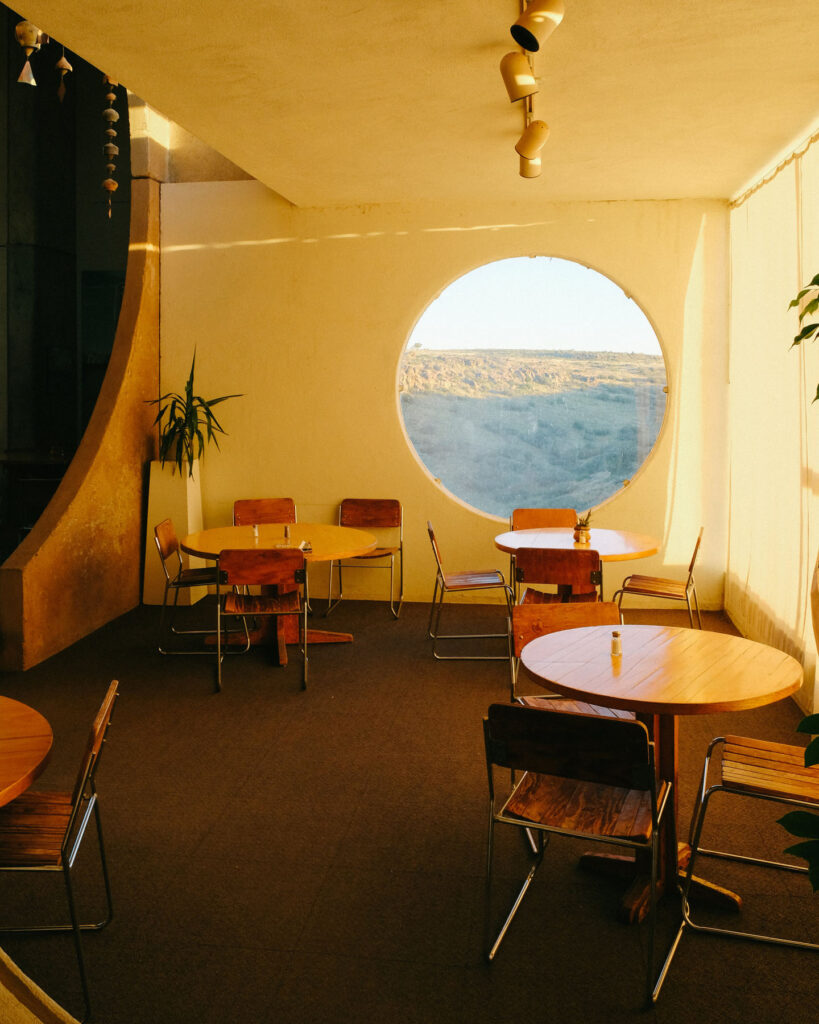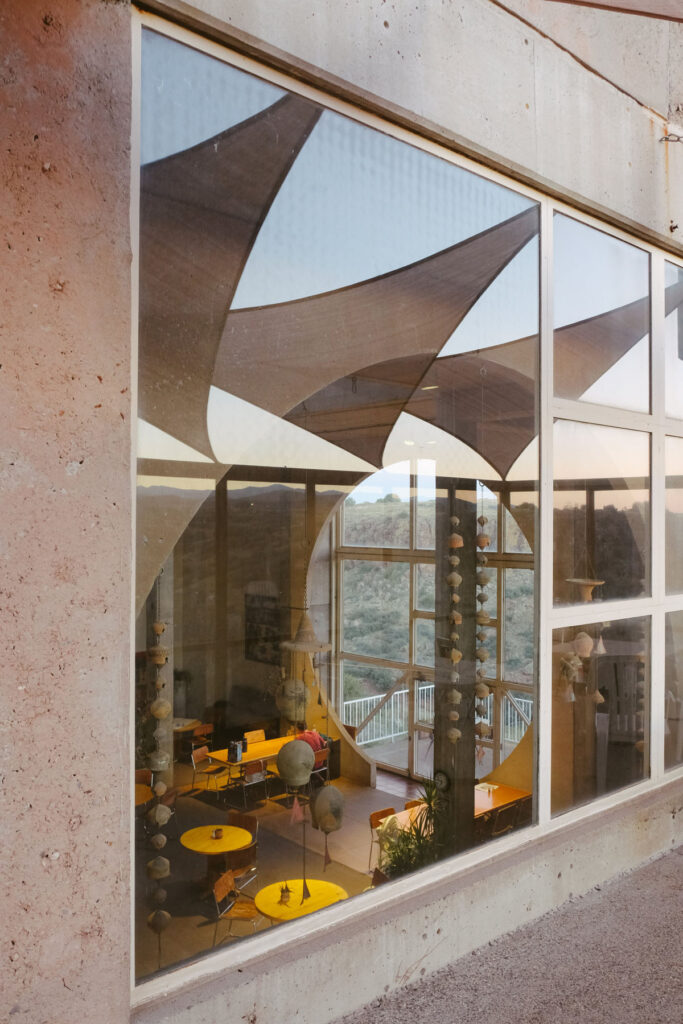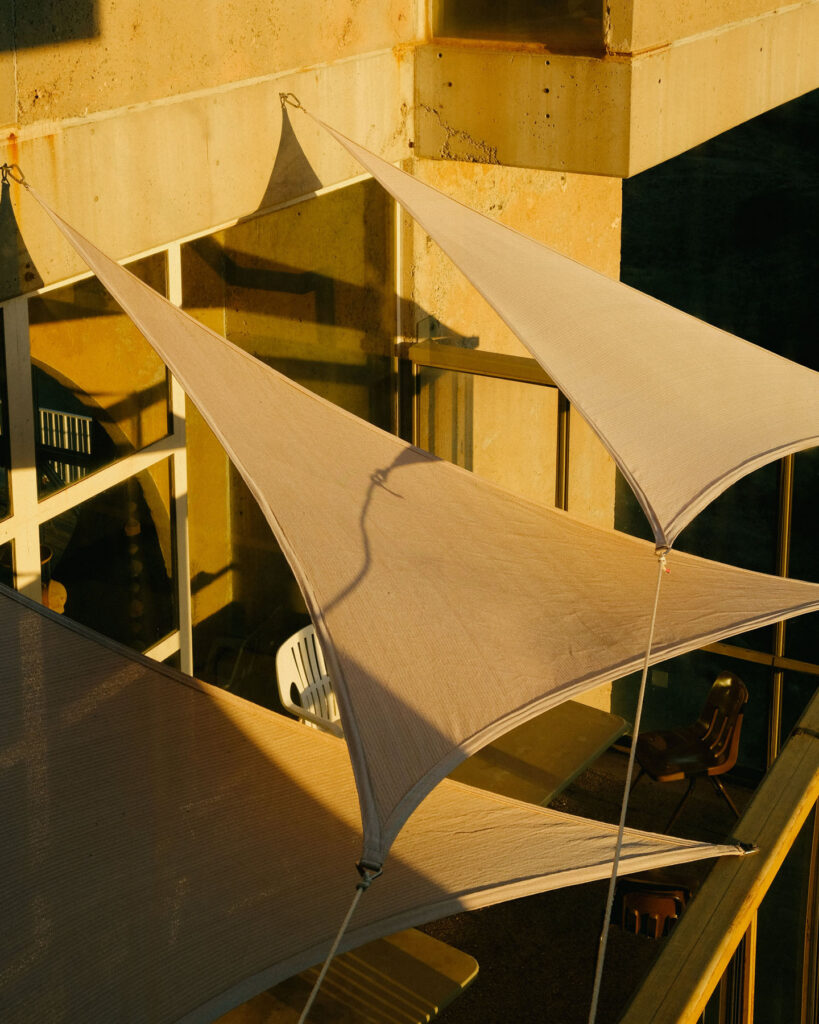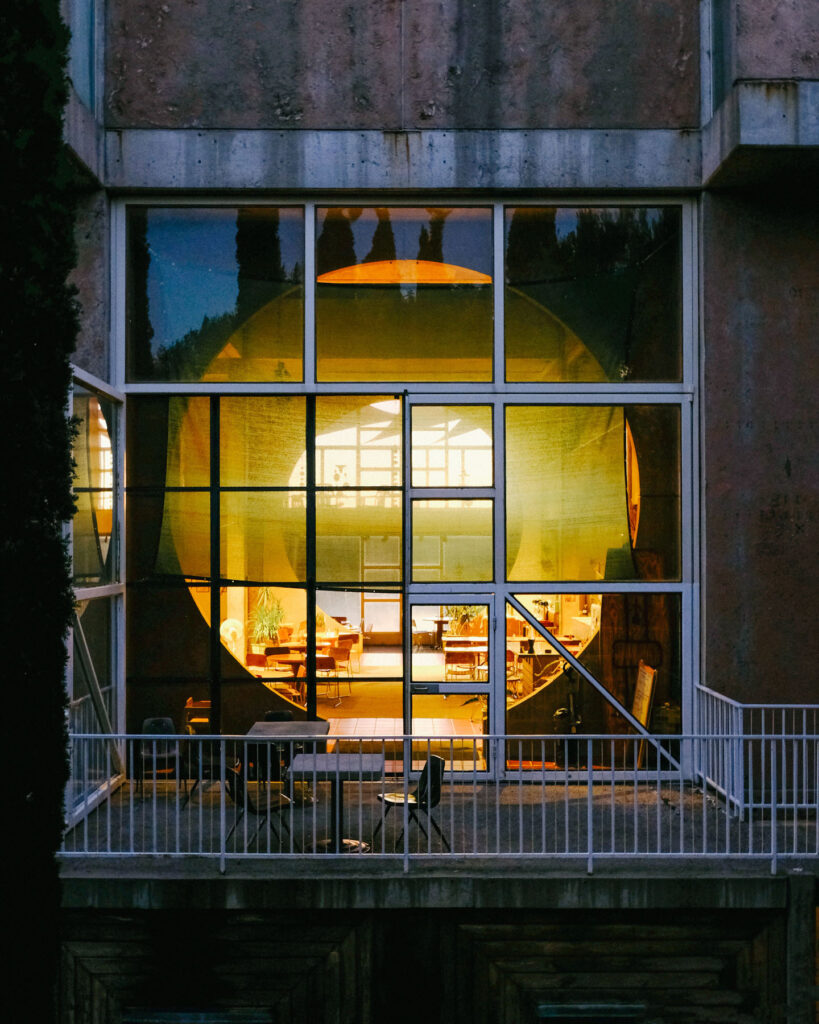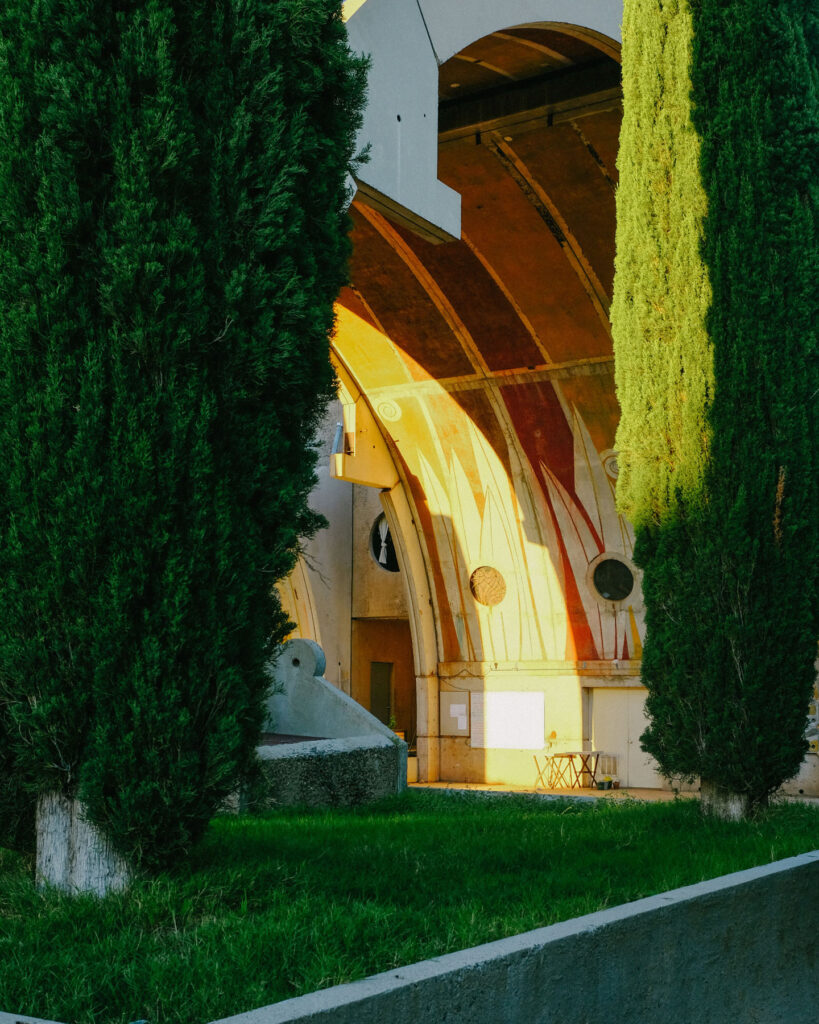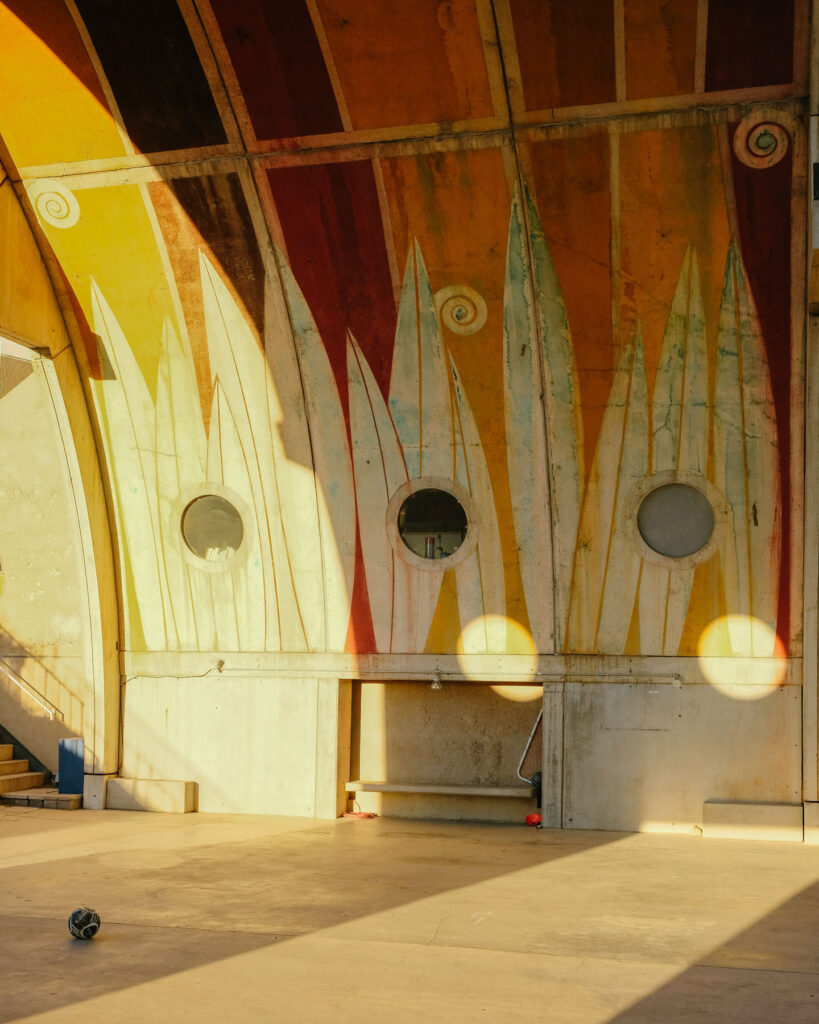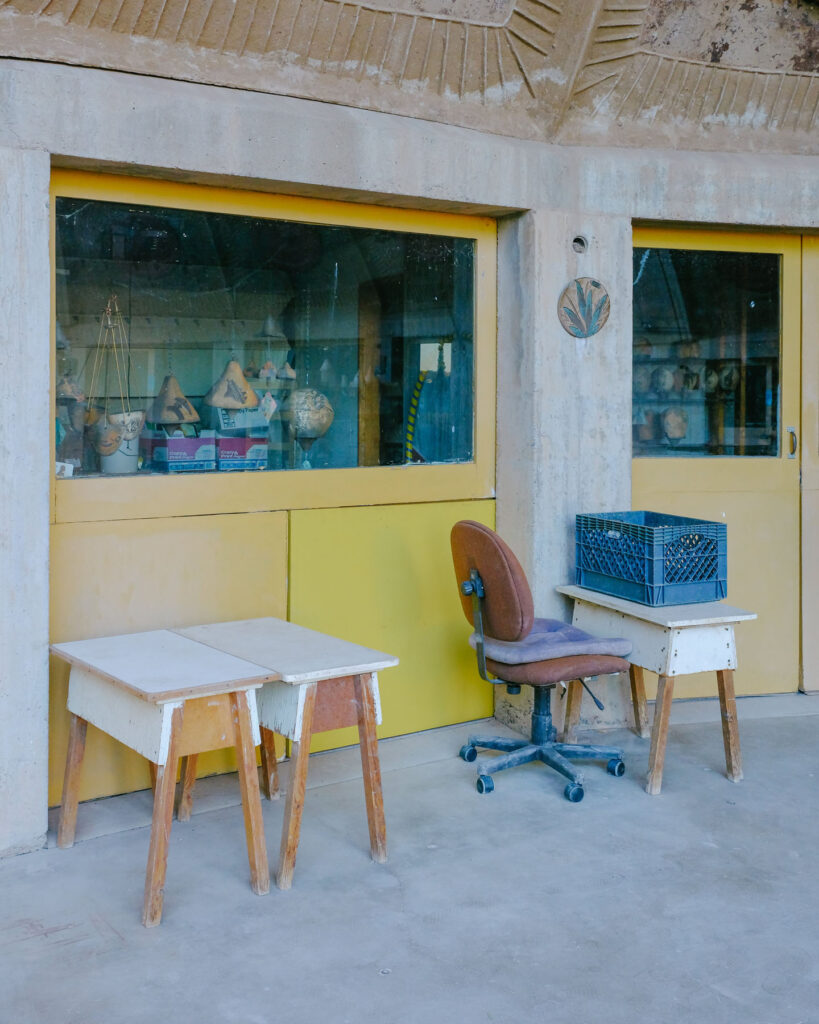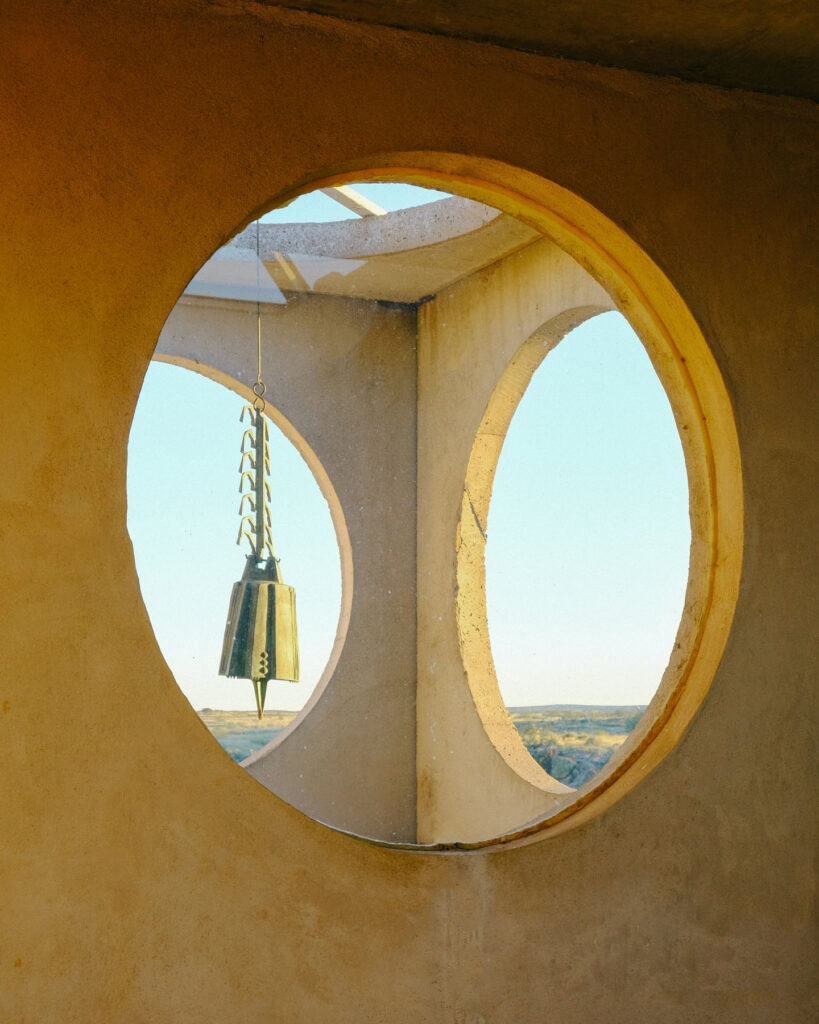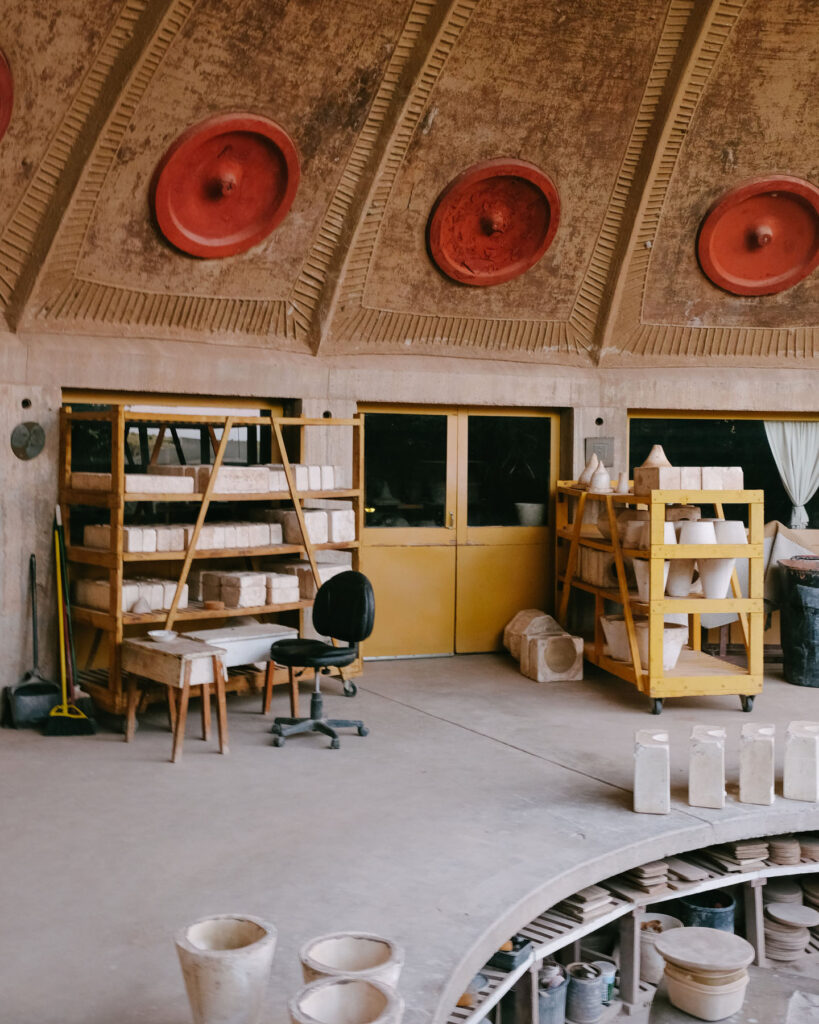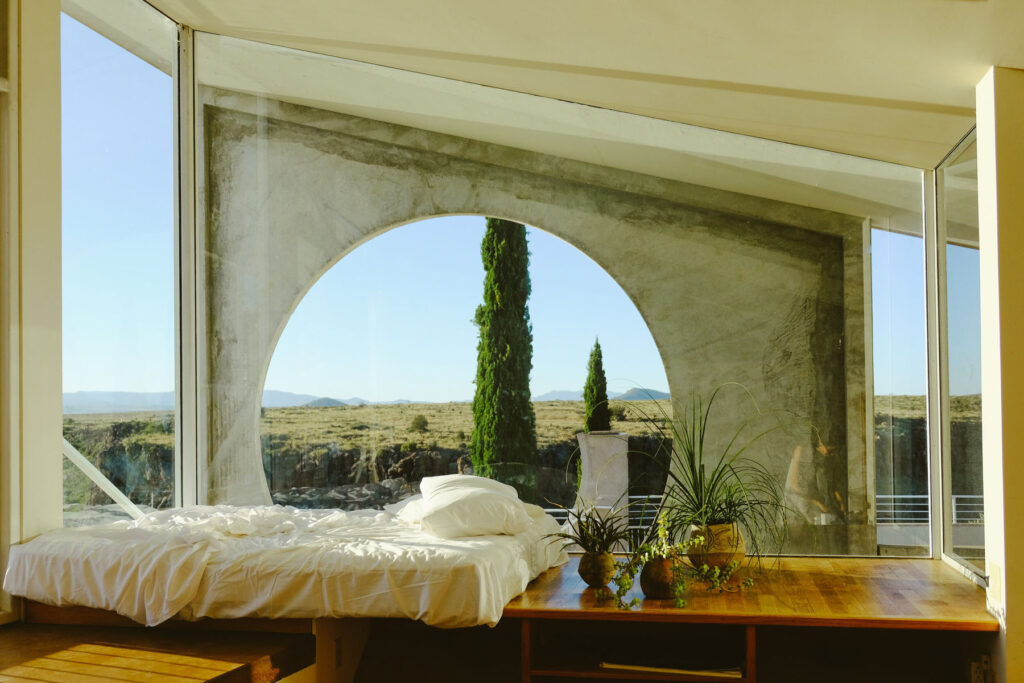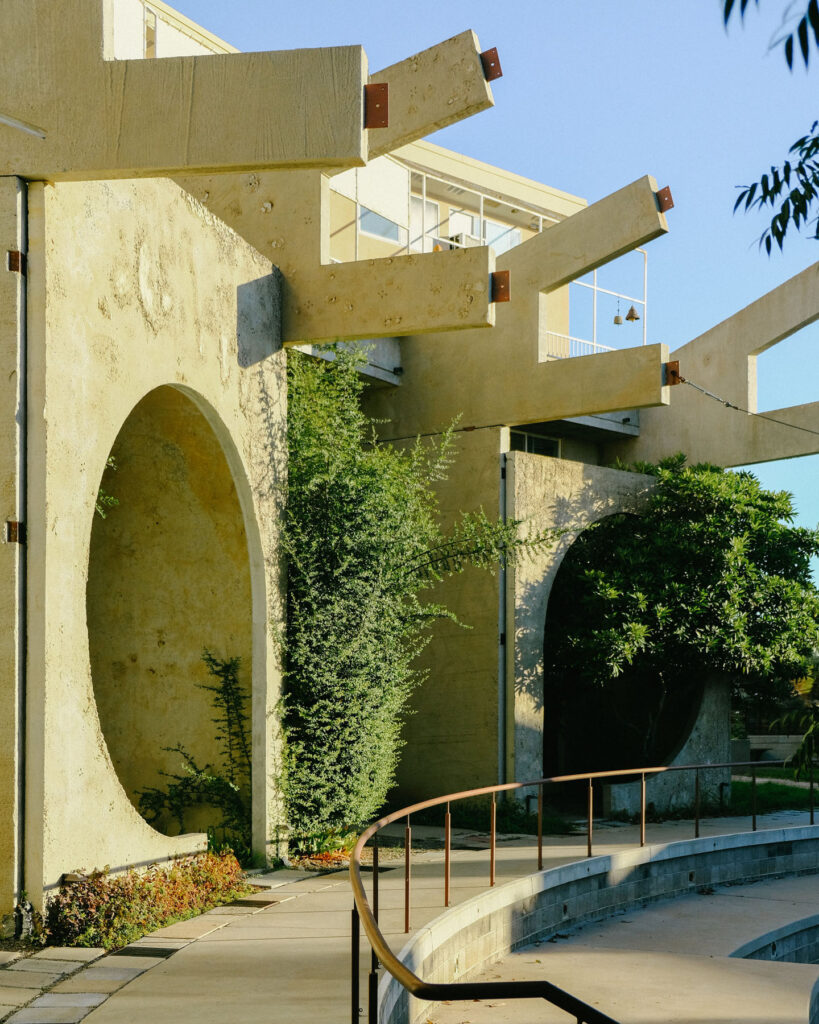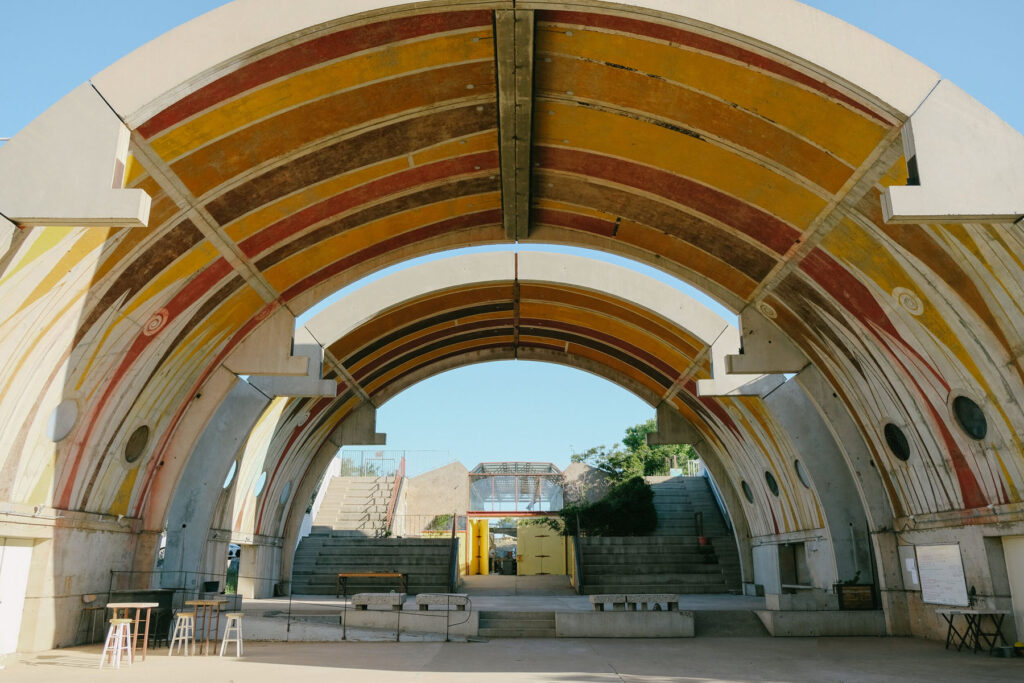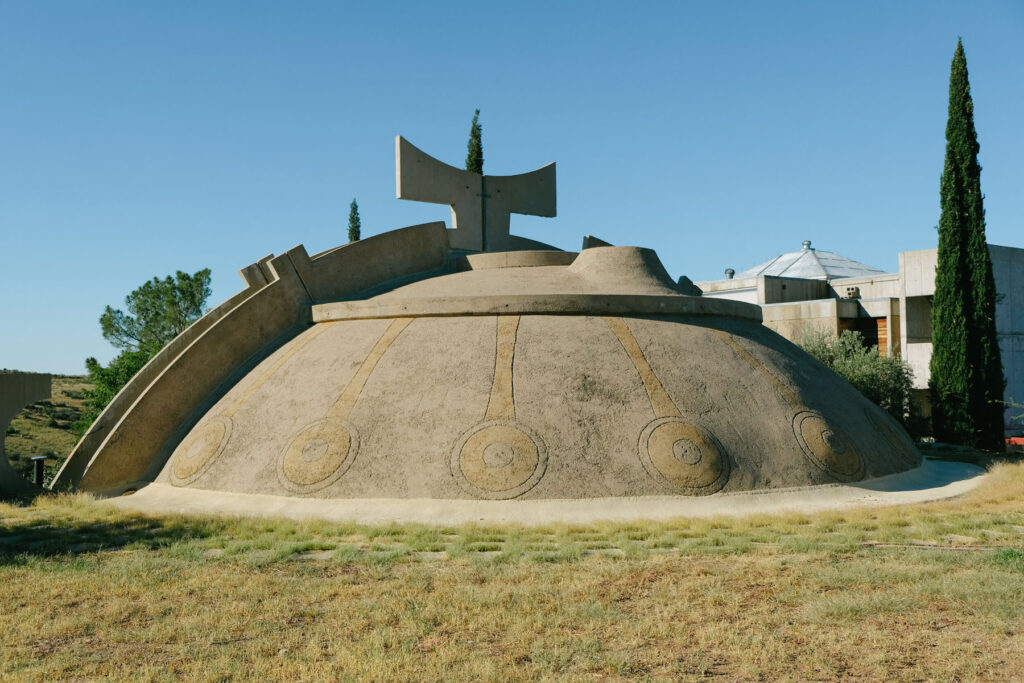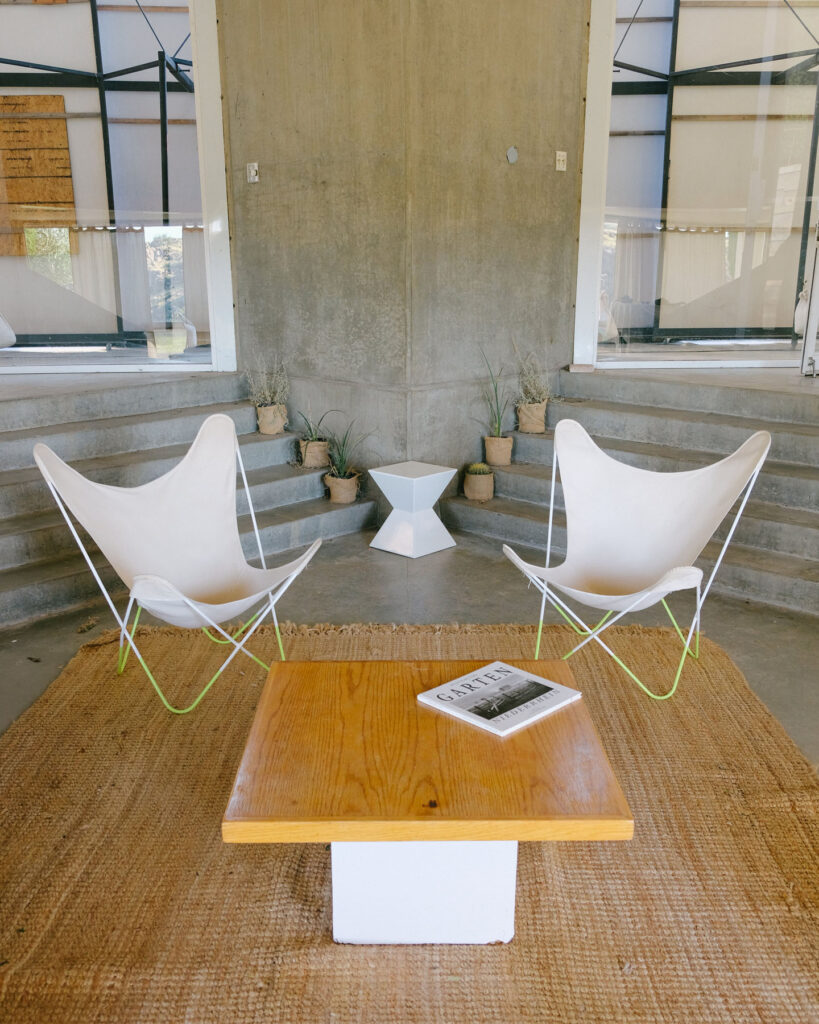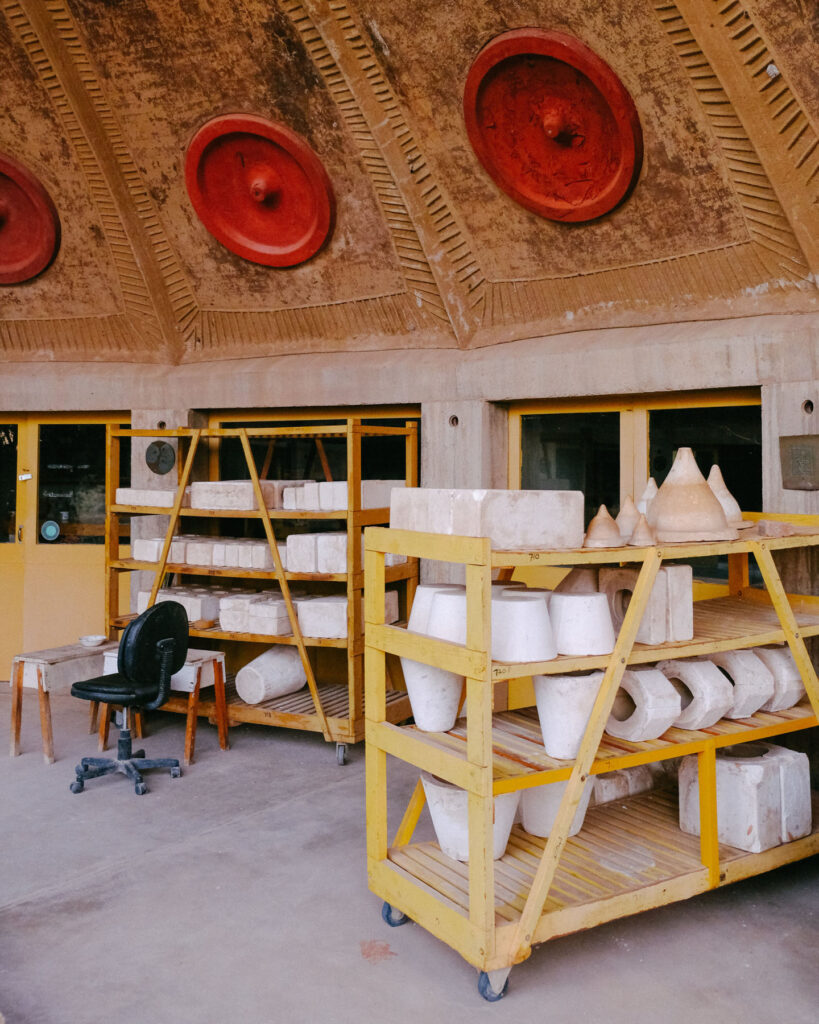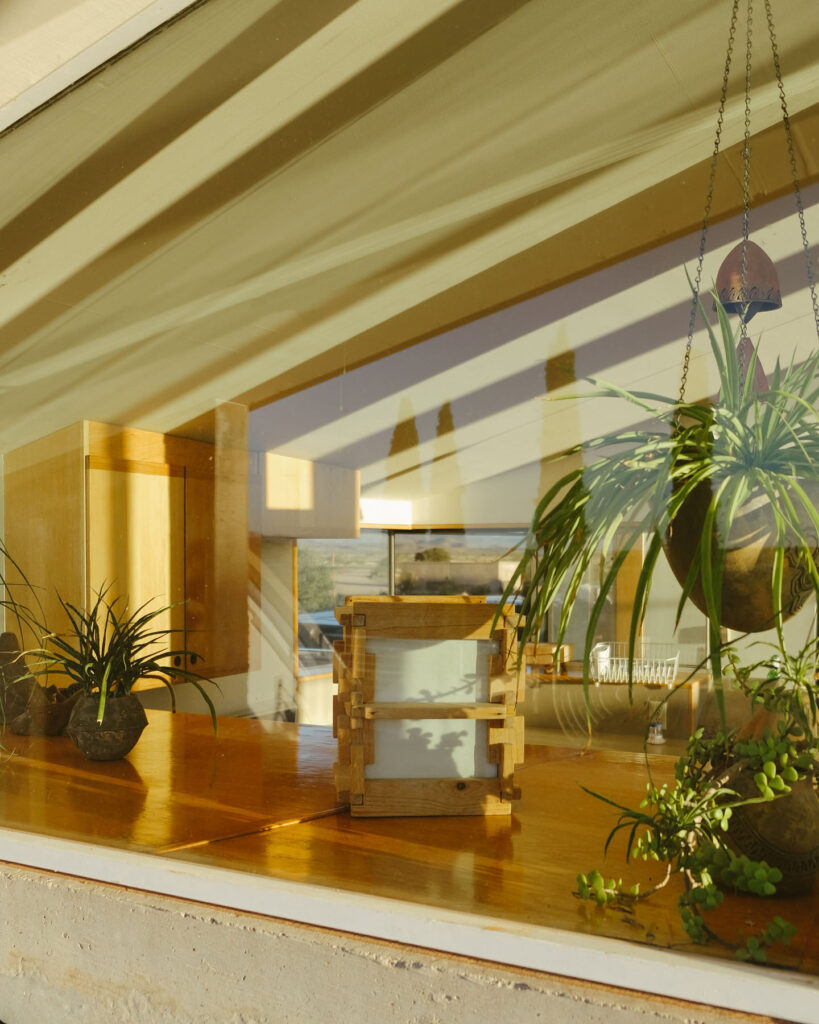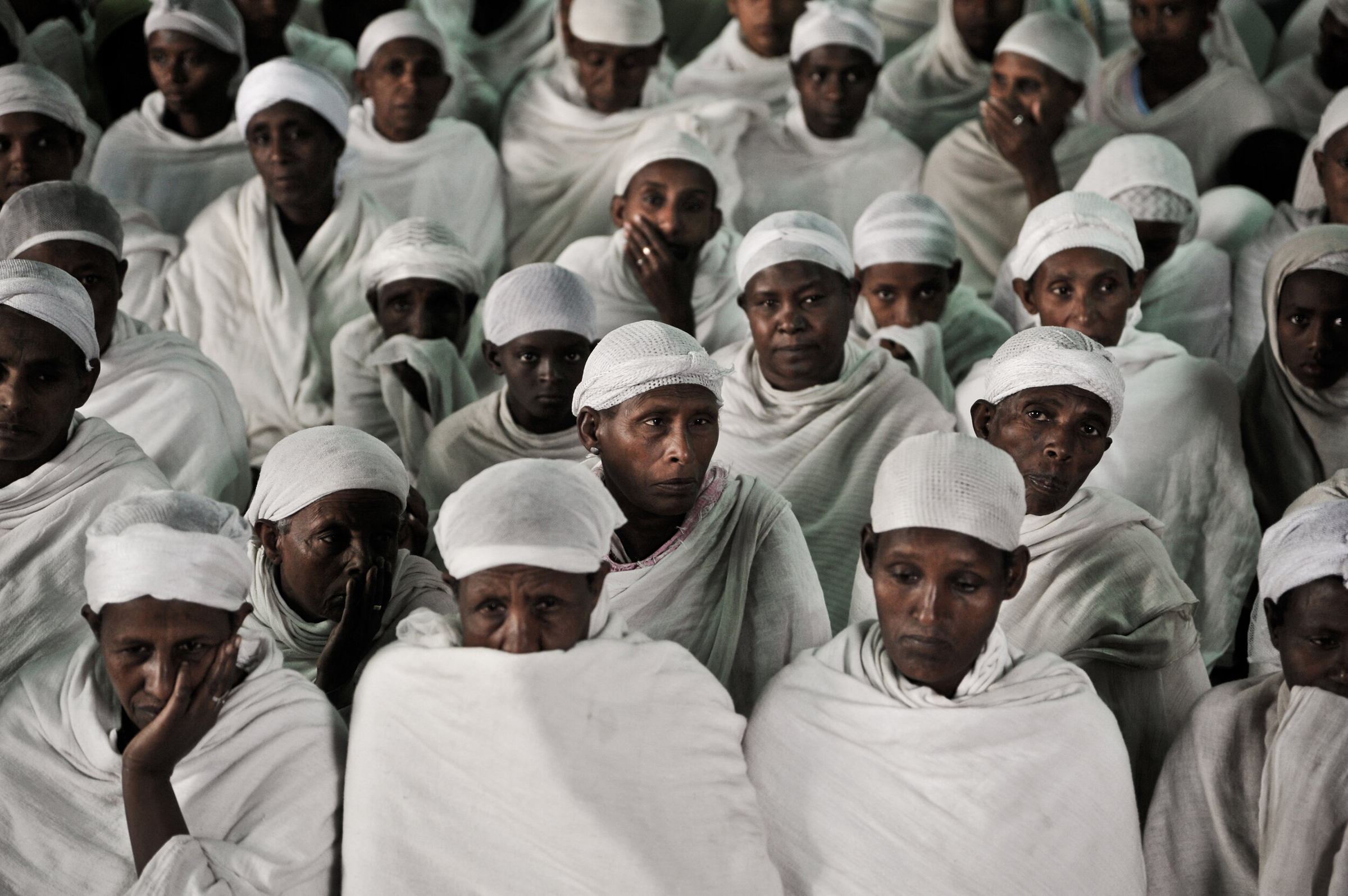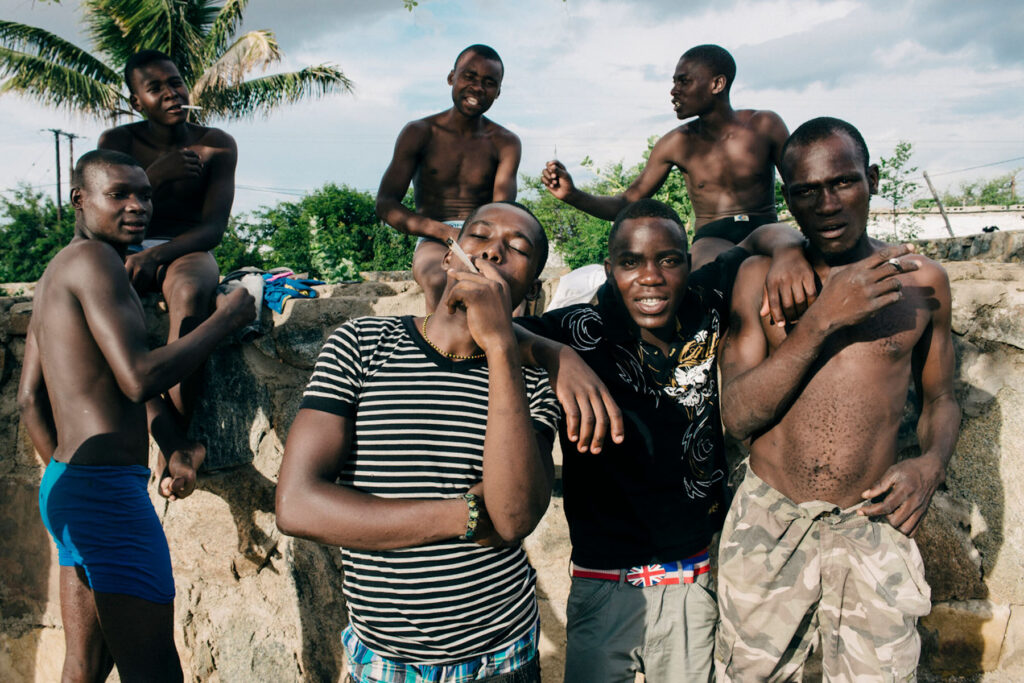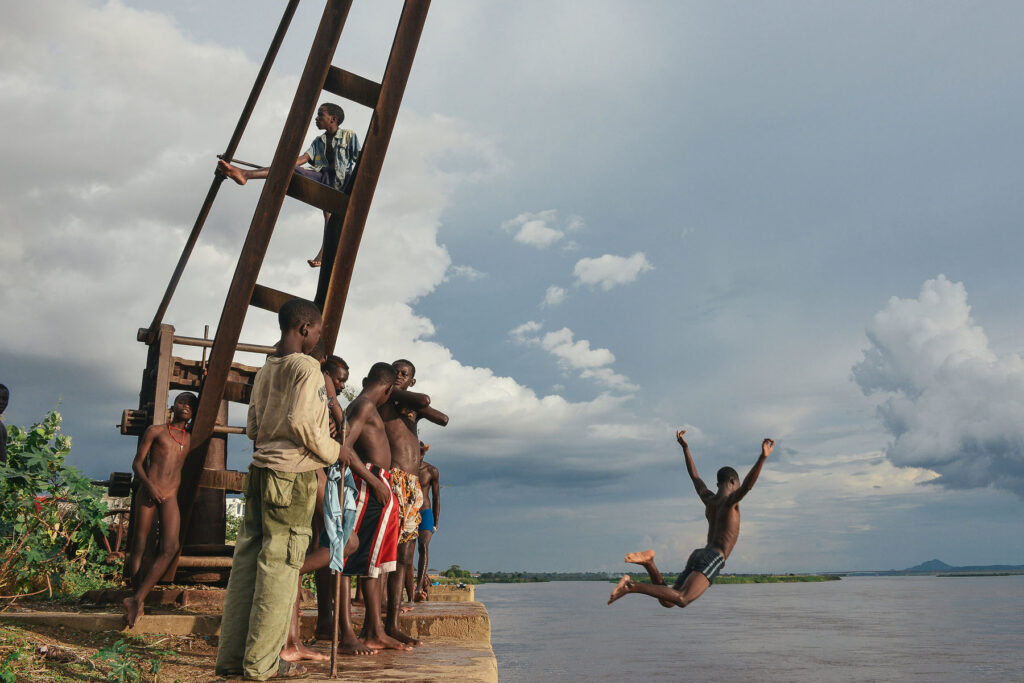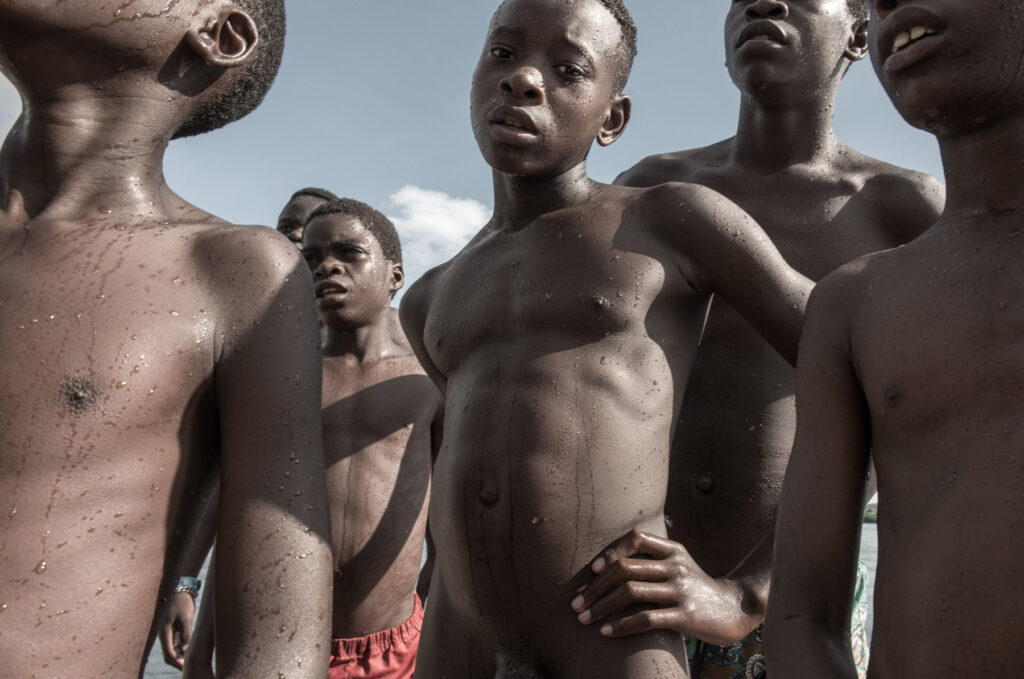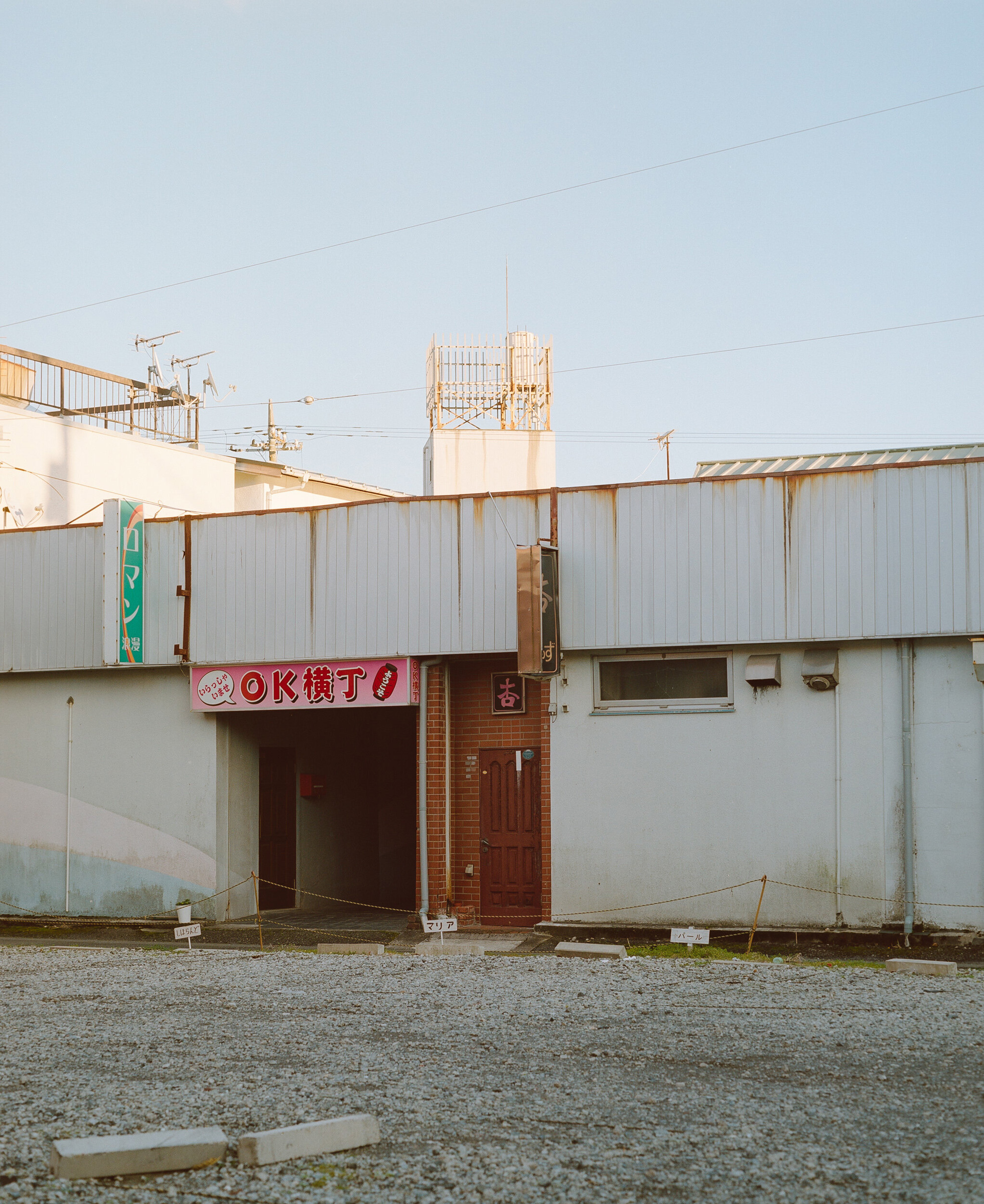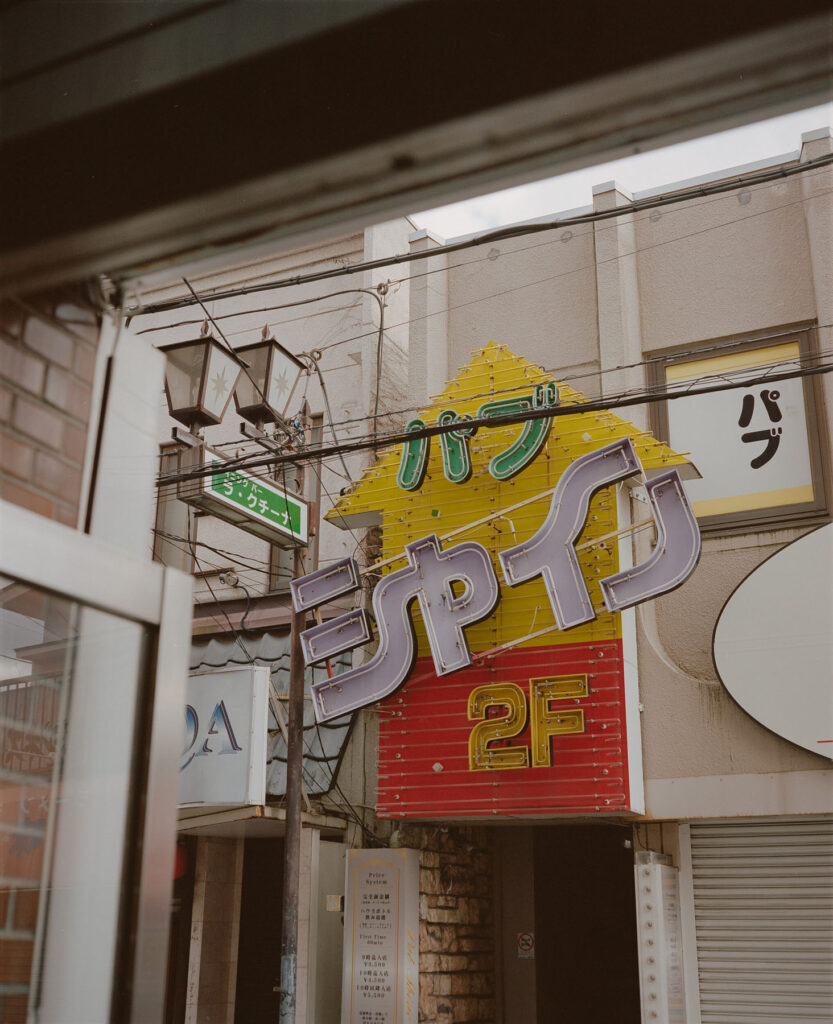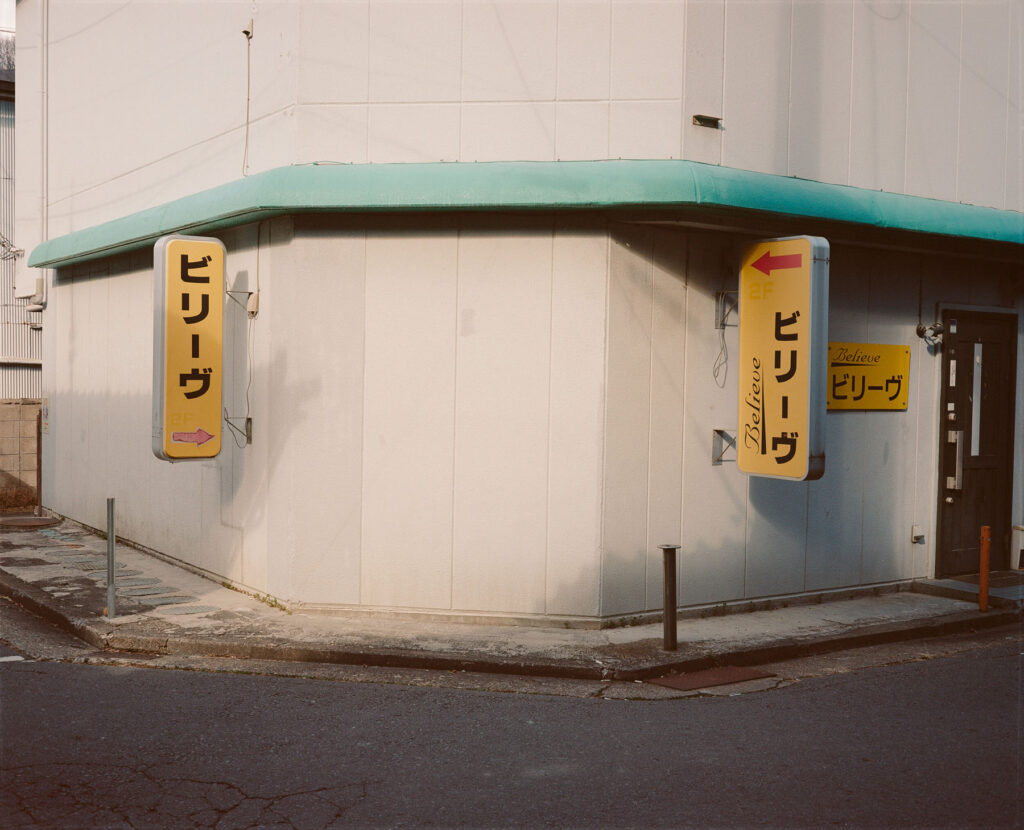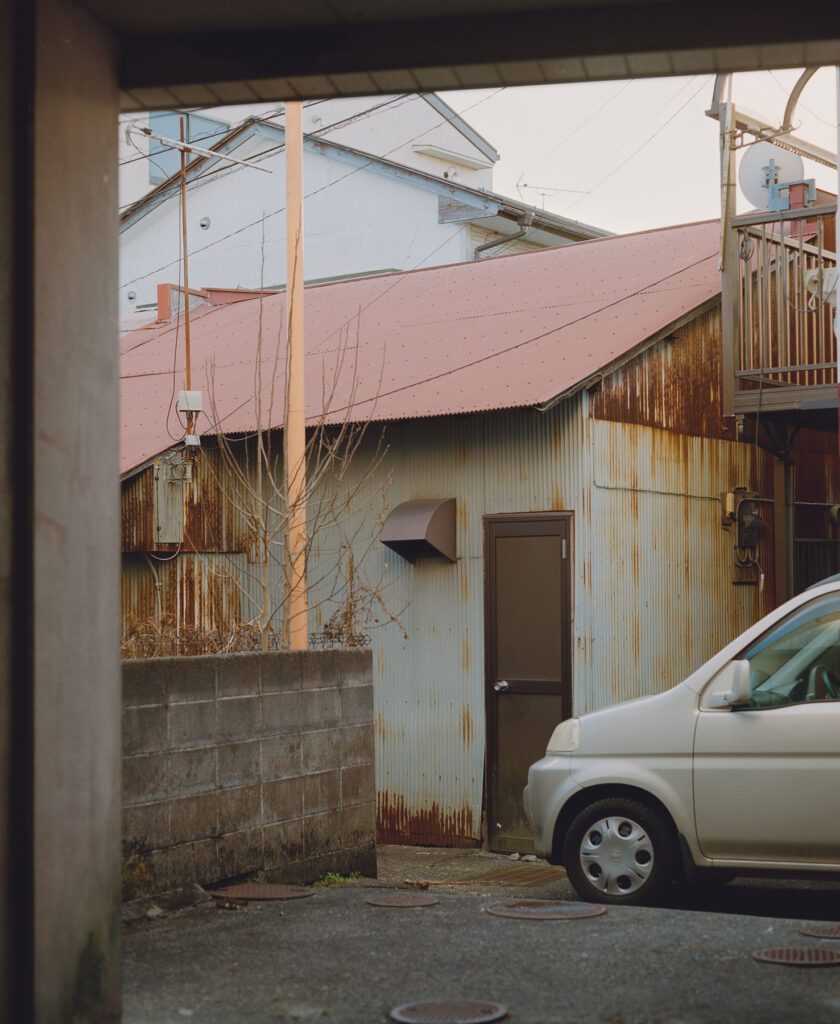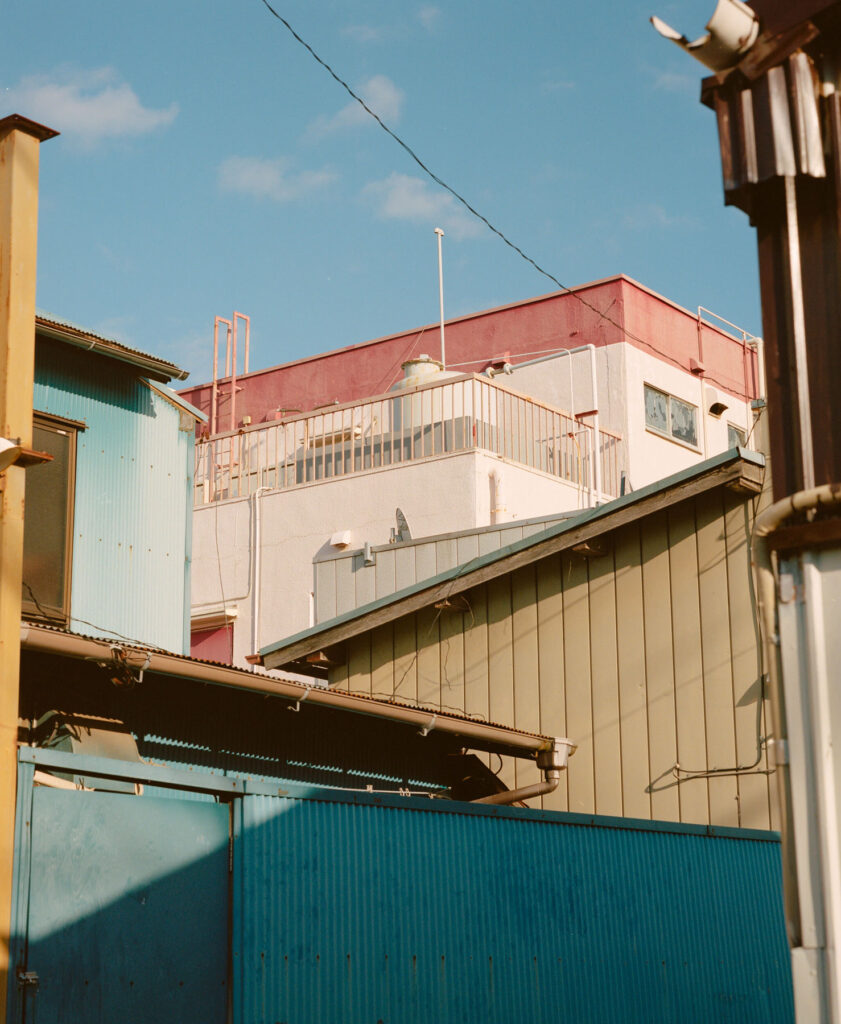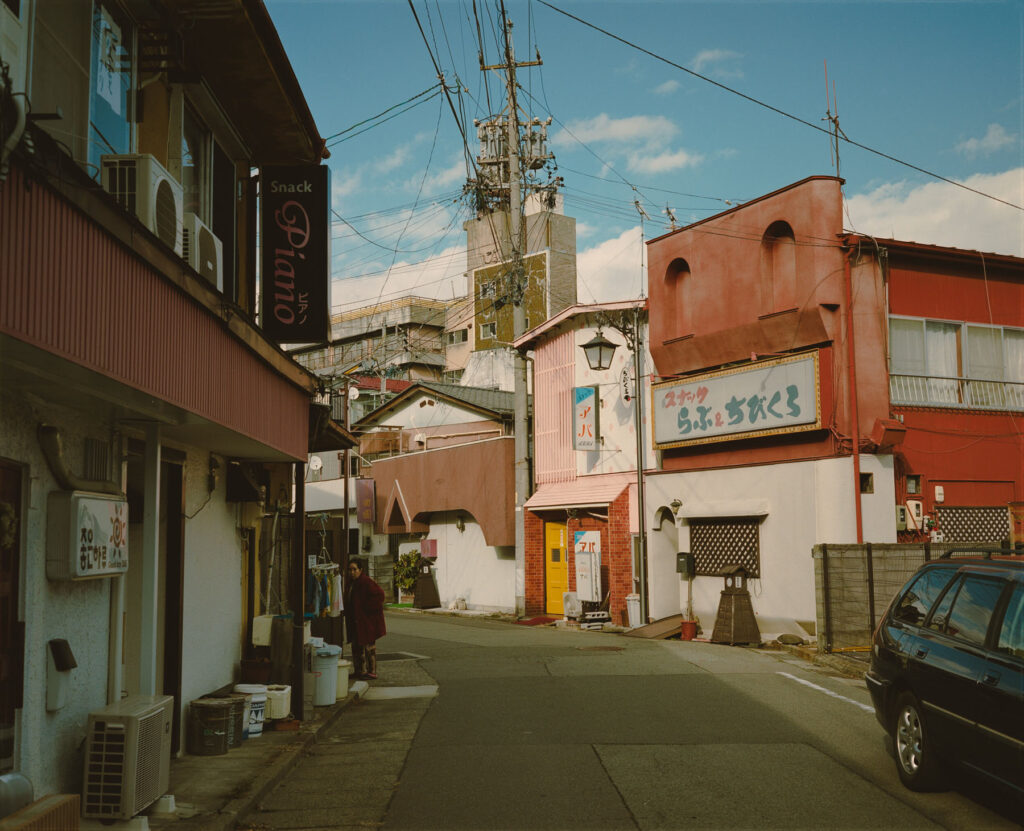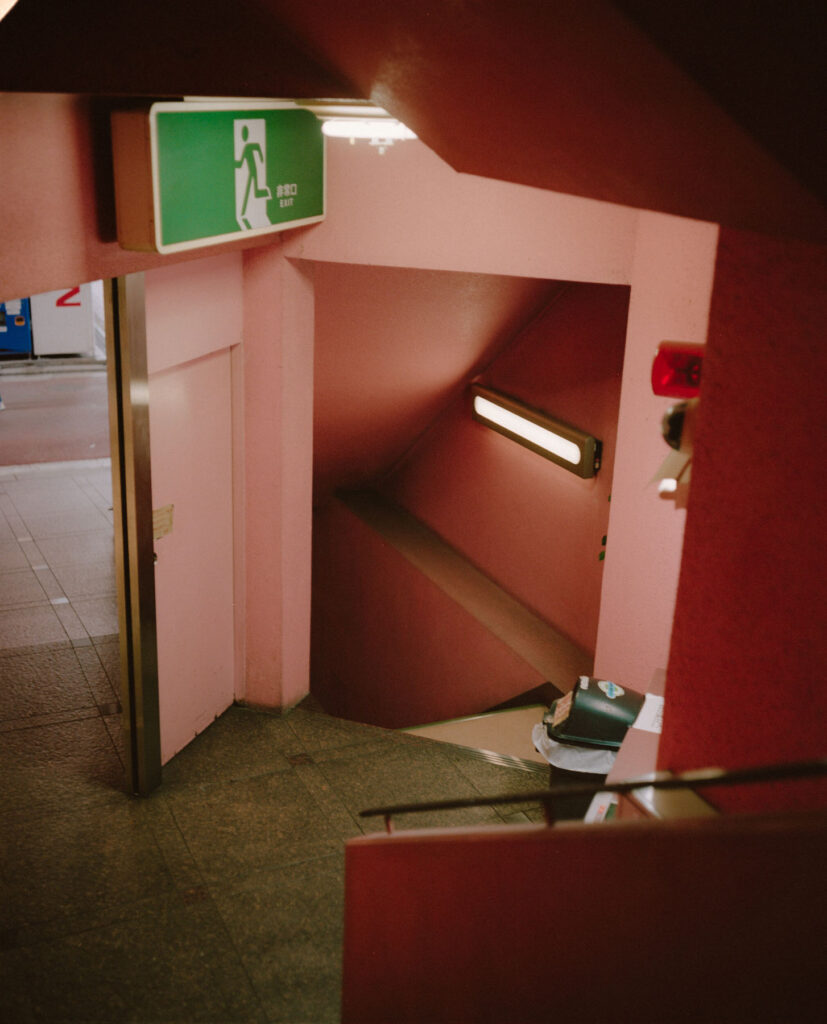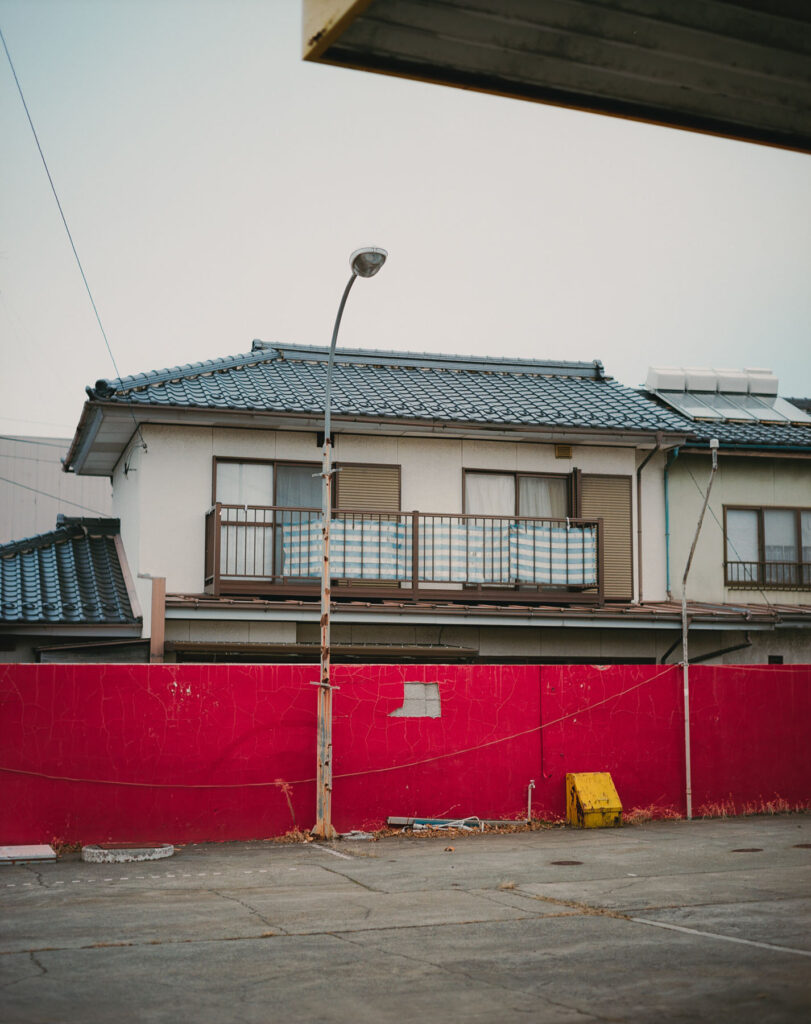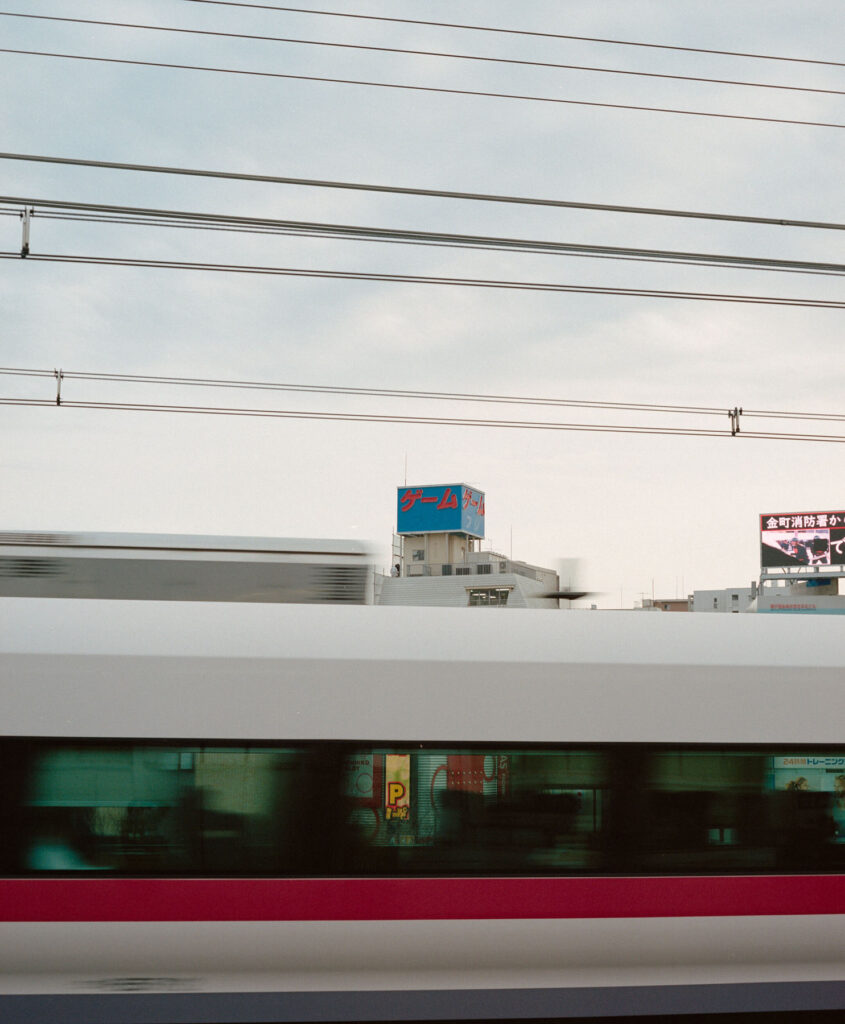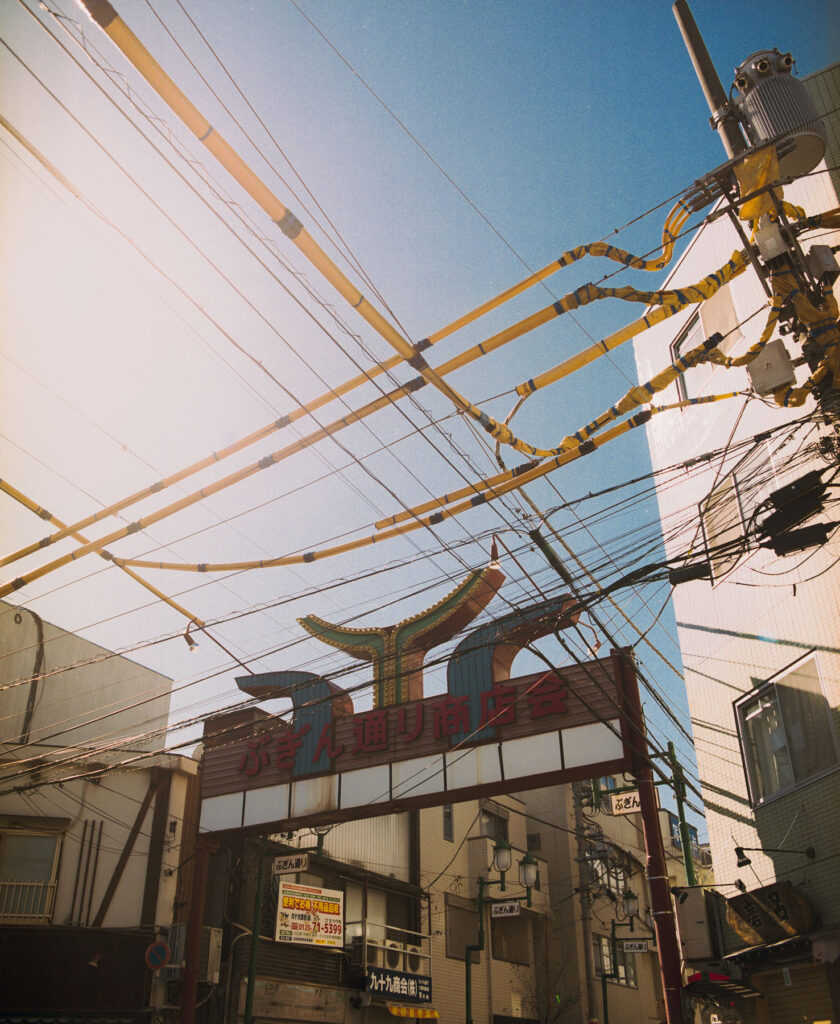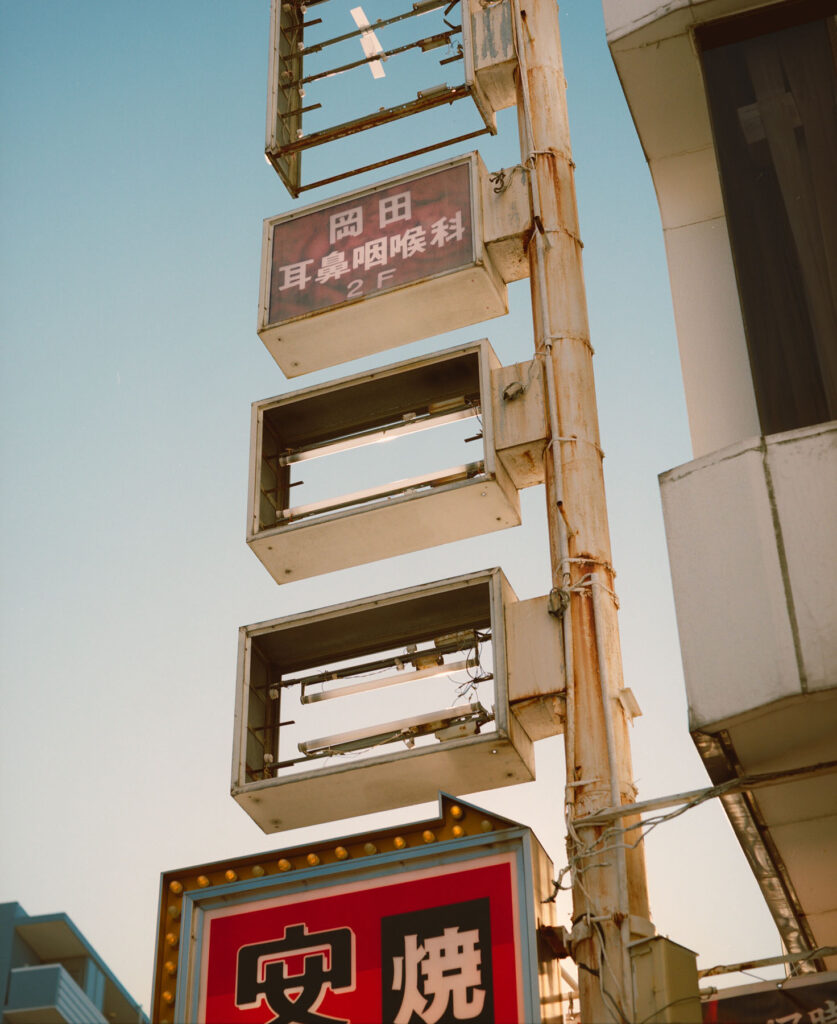It’s quite interesting the way you talk about the relationship between people and nature because, in a lot of your images, there are crowds or groups of people who seem to make up the landscape: What informs the composition of your work, and that relationship between people and nature?
I mean it’s interesting because, apart from commission work, in my personal work I don’t usually shoot many portraits. I usually like to shoot people in groups because I like the interactions between people and, as you said, usually the landscapes are modified by humans. I like the combination because the eye of the viewer can work from the landscape to the people, and so I like to integrate landscape into the picture. I rarely shoot landscapes without people.
As a photographer where do you find your inspiration for the scenes that you capture?
I think there are hundreds of answers, and I think it’s really classic what I’m going to say but, inspiration is everywhere. Living in 2020 is something amazing because you have access to so many things. And, I have Instagram as well so, of course, I can scroll through a lot of images… So I find my inspiration everywhere, but the ideas of what I want to work on are usually formed by wandering the streets of the place I’m in. Like, with The Bay, I wandered there, met the fishermen and, step by step, I dug into the story. With a lot of the topics I work on, they come from discussions I have with people, or news I find on the radio or in the newspapers; I’m attracted to something and then start digging and exploring, and I find a story to tell.
You mentioned earlier that you take hundreds of pictures a day; which ones make the cut and why?
Well, it’s a good question – there are two things. There are the images I take mechanically I would say; photos that I take when there’s a light that I like, when there’s a shape that I like, when I want to take a portrait of someone that interests me. And I barely use those pictures. Sometimes, I post one online because I want to remember the moment, and I use my Instagram as a visual notebook. When I’m working on a project I work the same way, taking a lot of pictures but, when I take a picture I instantly know if I’m going to keep it or not. I don’t know if there’s a word for it in English, but, for me, it’s about what’s going on outside the frame. That’s really important to me: all the emotions, the feelings that happened when I took the pictures. I mean, sometimes a photo isn’t good and I can’t use it because it’s blurry or whatever, but I keep it because it will be connected to the other pictures, and the rest of the story.
You mention you see yourself as kind of a documentarian, but do you see your photography as art or as journalism?
That’s a tricky question. I’d like to say both, but I don’t think I’m the right person to decide. I mean, I’ve had a few exhibitions in galleries, sometimes I sell prints, and I know people have hung my prints in their home and I’m really happy and honoured about that. Maybe it’s both. If my work is art in someone’s mind, I’ll accept that but I do not define myself as an artist at all. And I do not see myself as a journalist anymore. I just want to tell stories, and I’m always trying to find a way of telling the truth – but I don’t have that obligation to be objective anymore. Because I see myself as a documentarist, I’m able to have my own point of view. I’m able to tell the stories in the way I want to because I felt a certain way, or because it’s important to me. I think having a point of view and being able to express that makes the difference.
